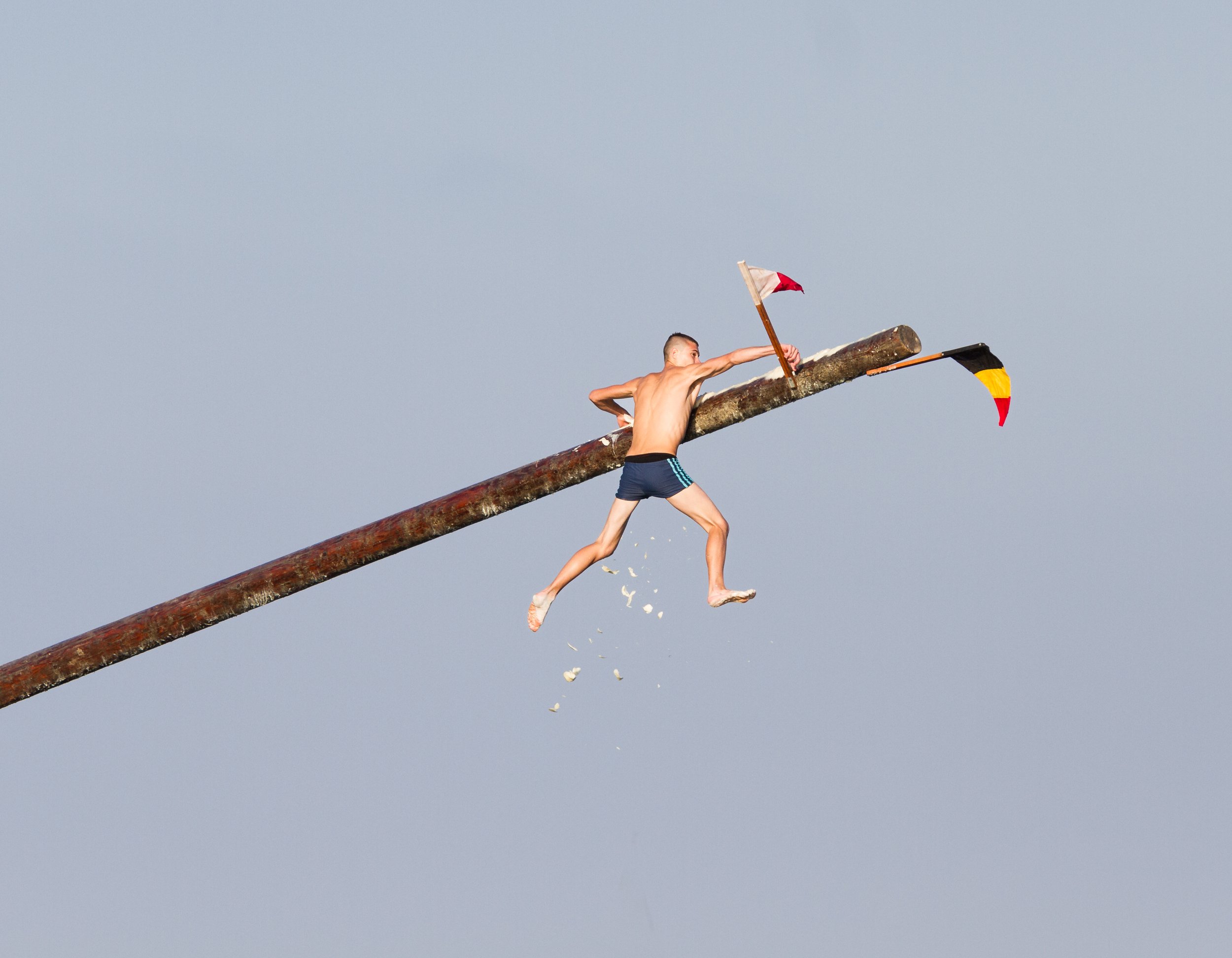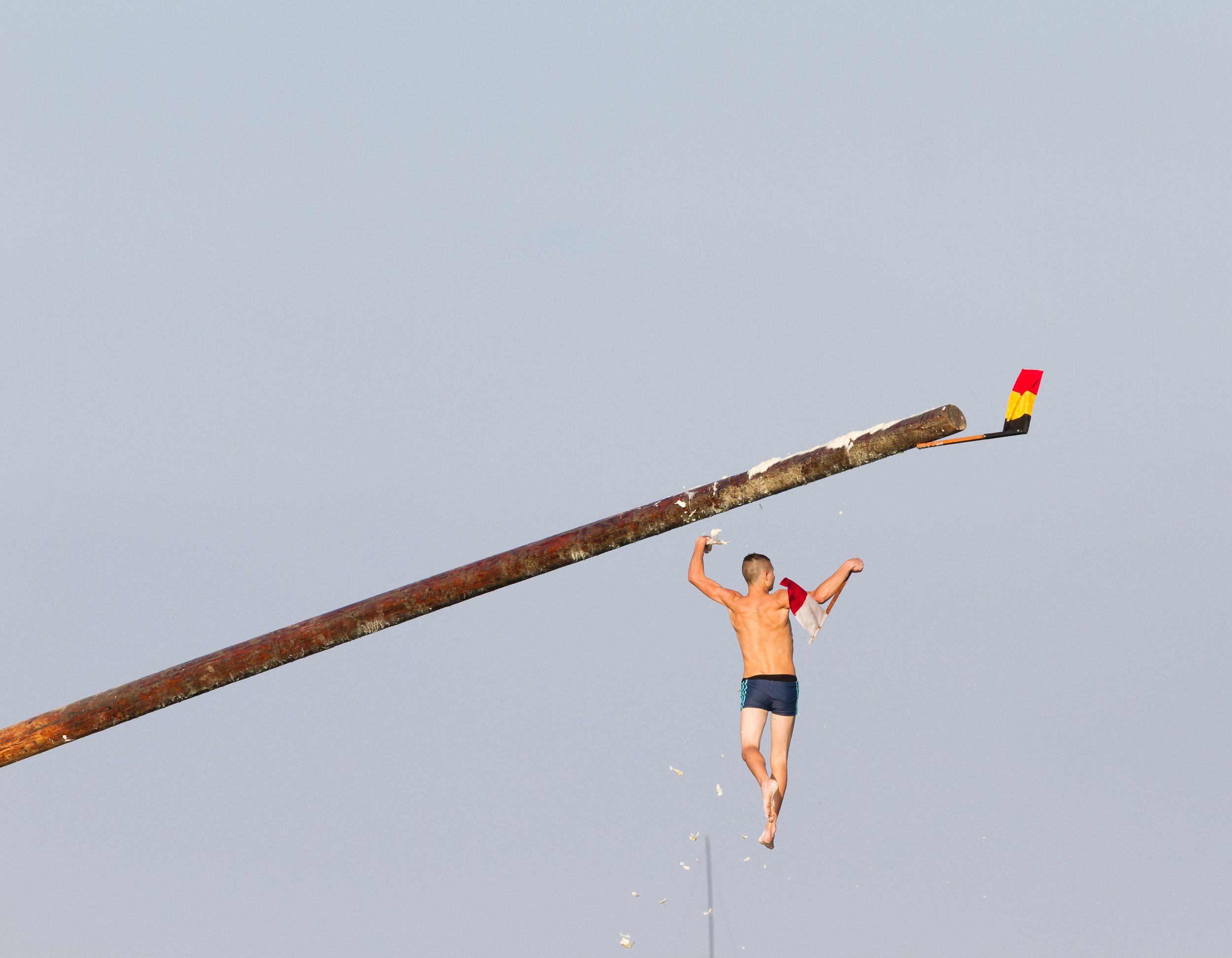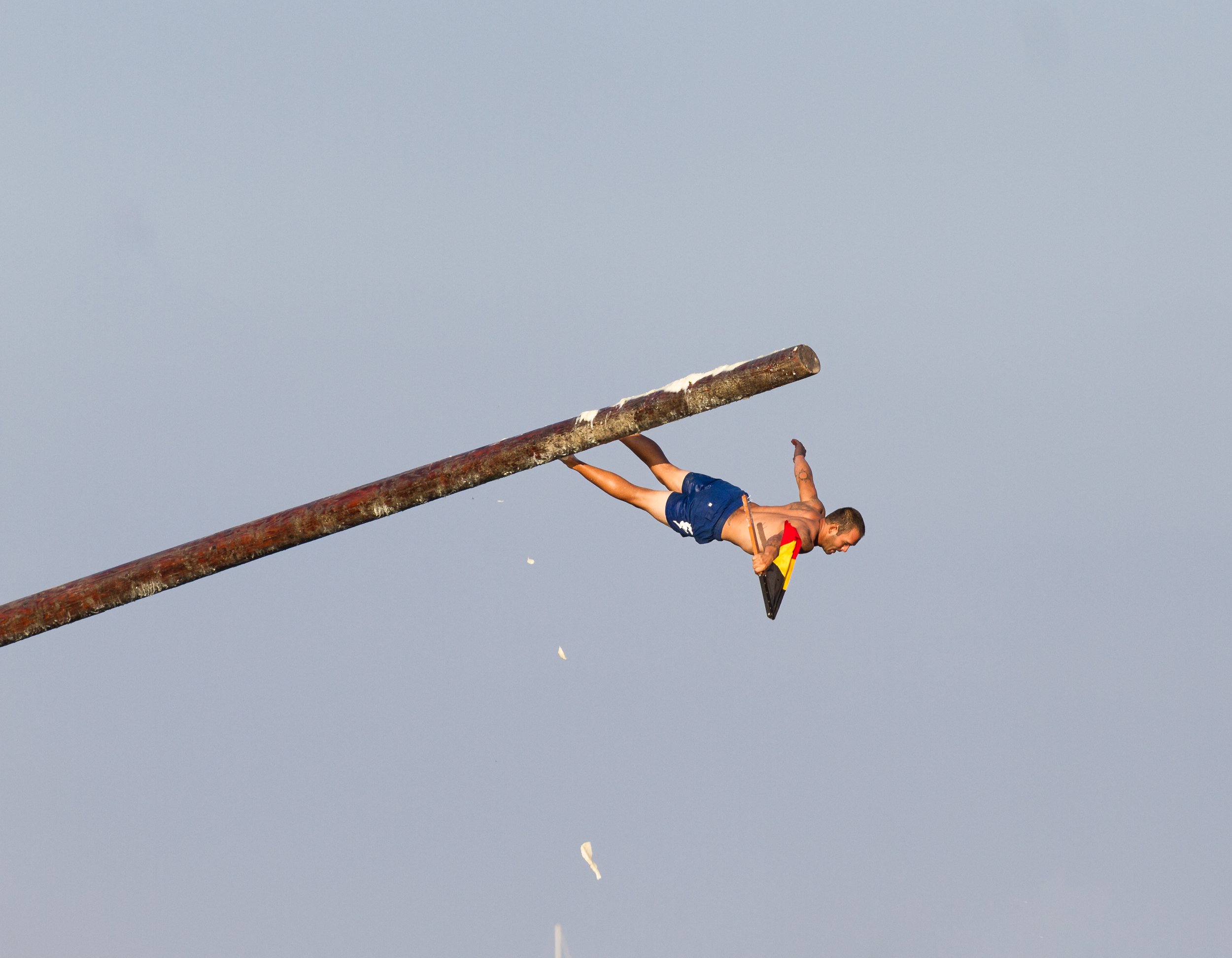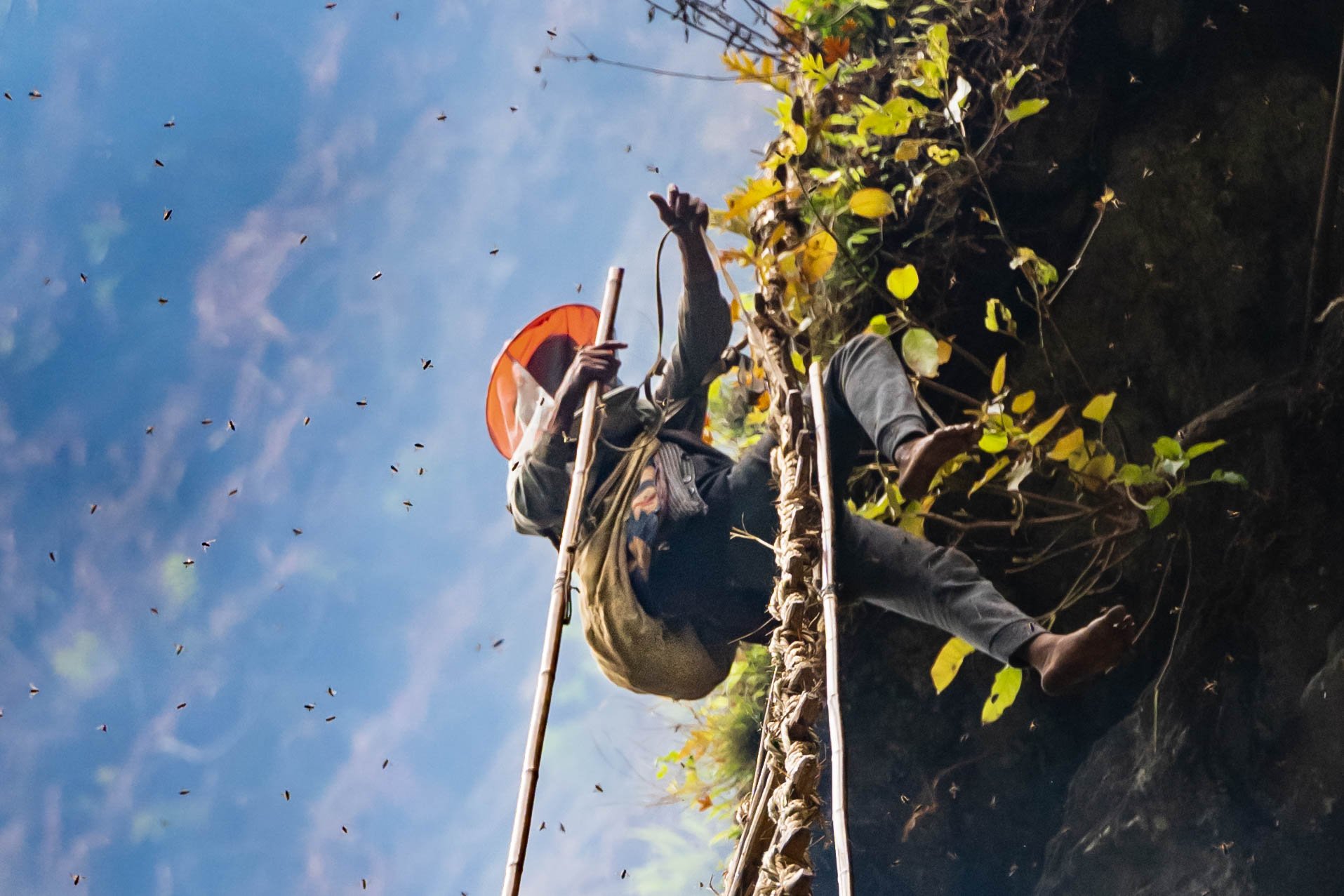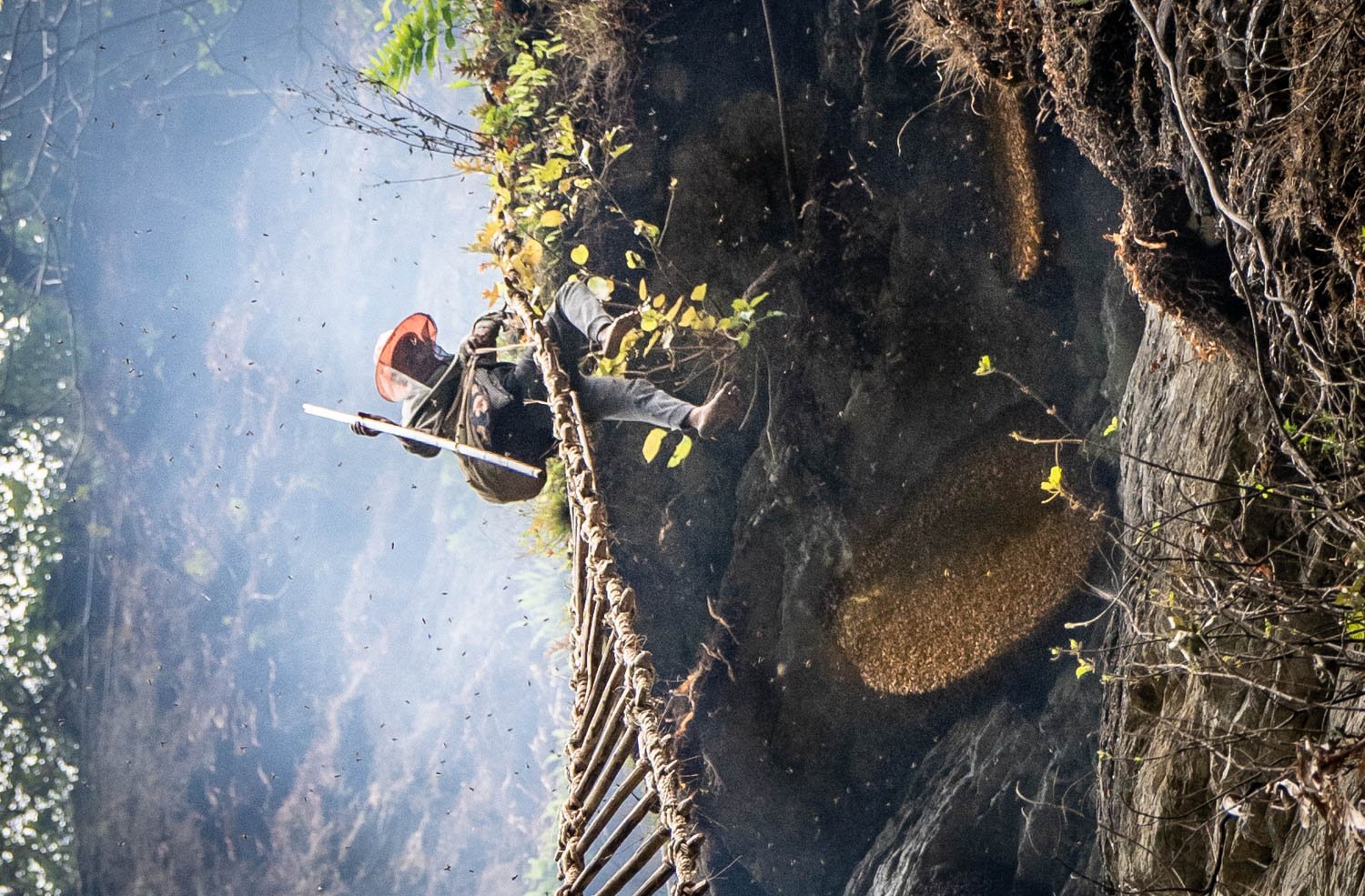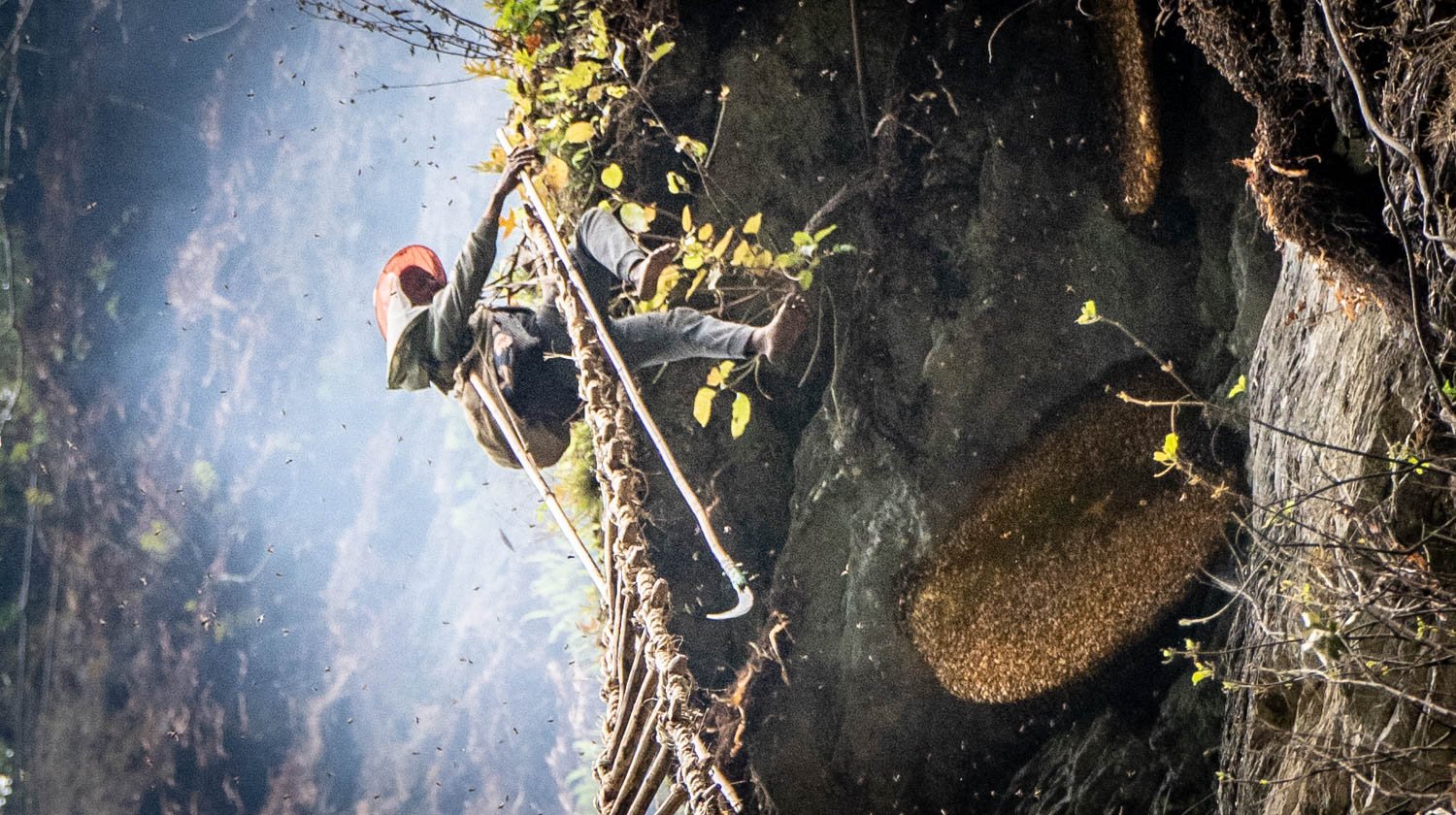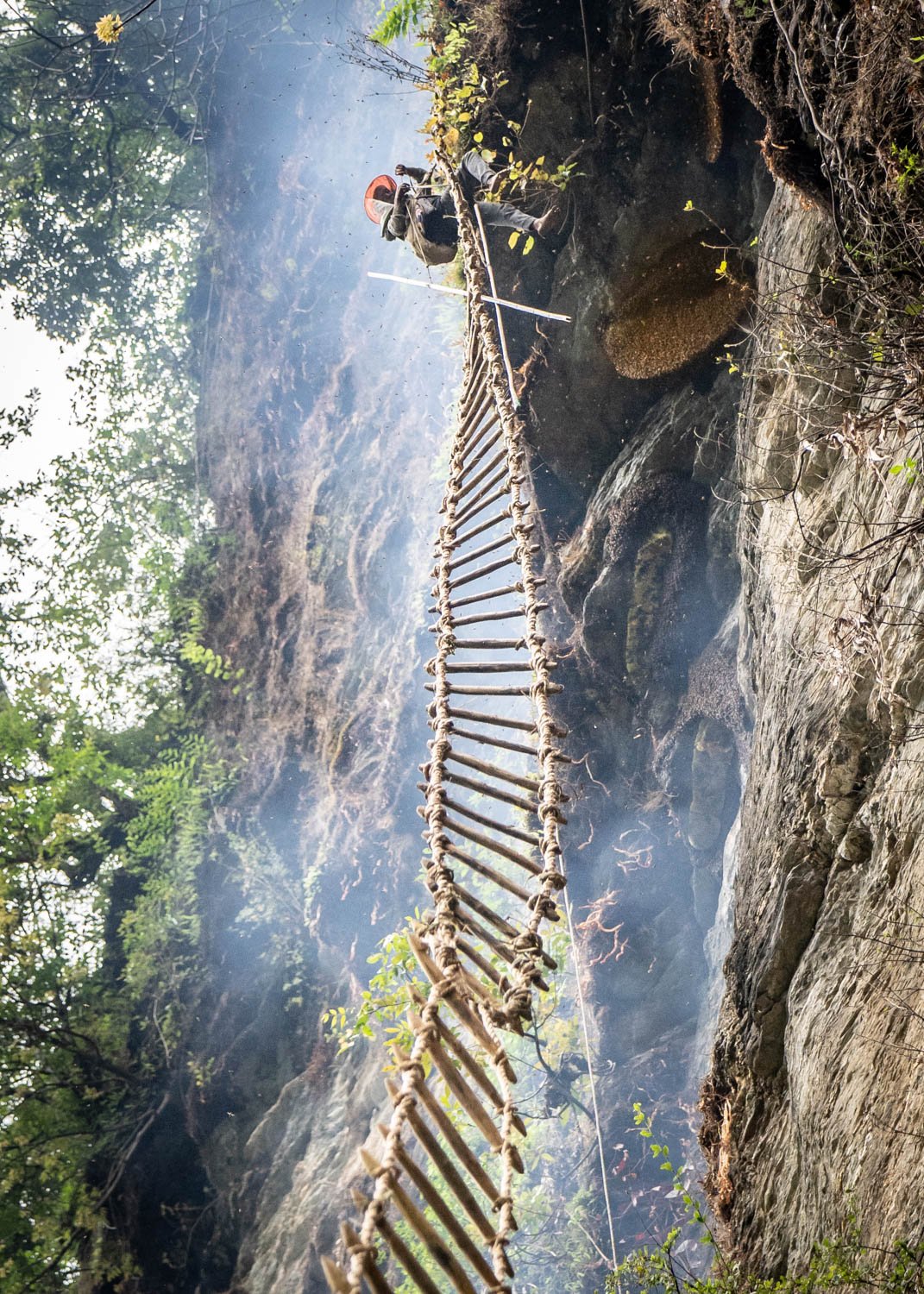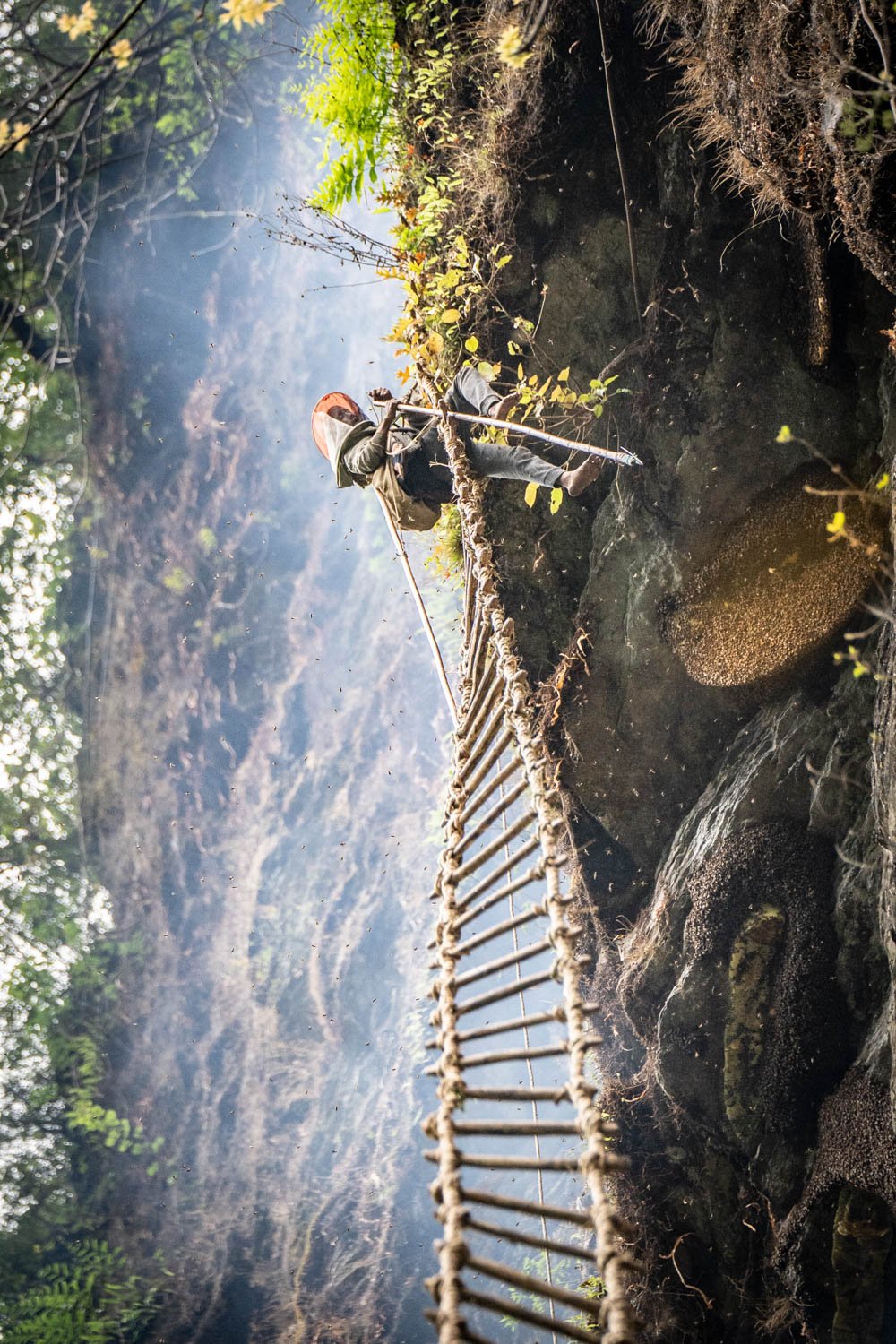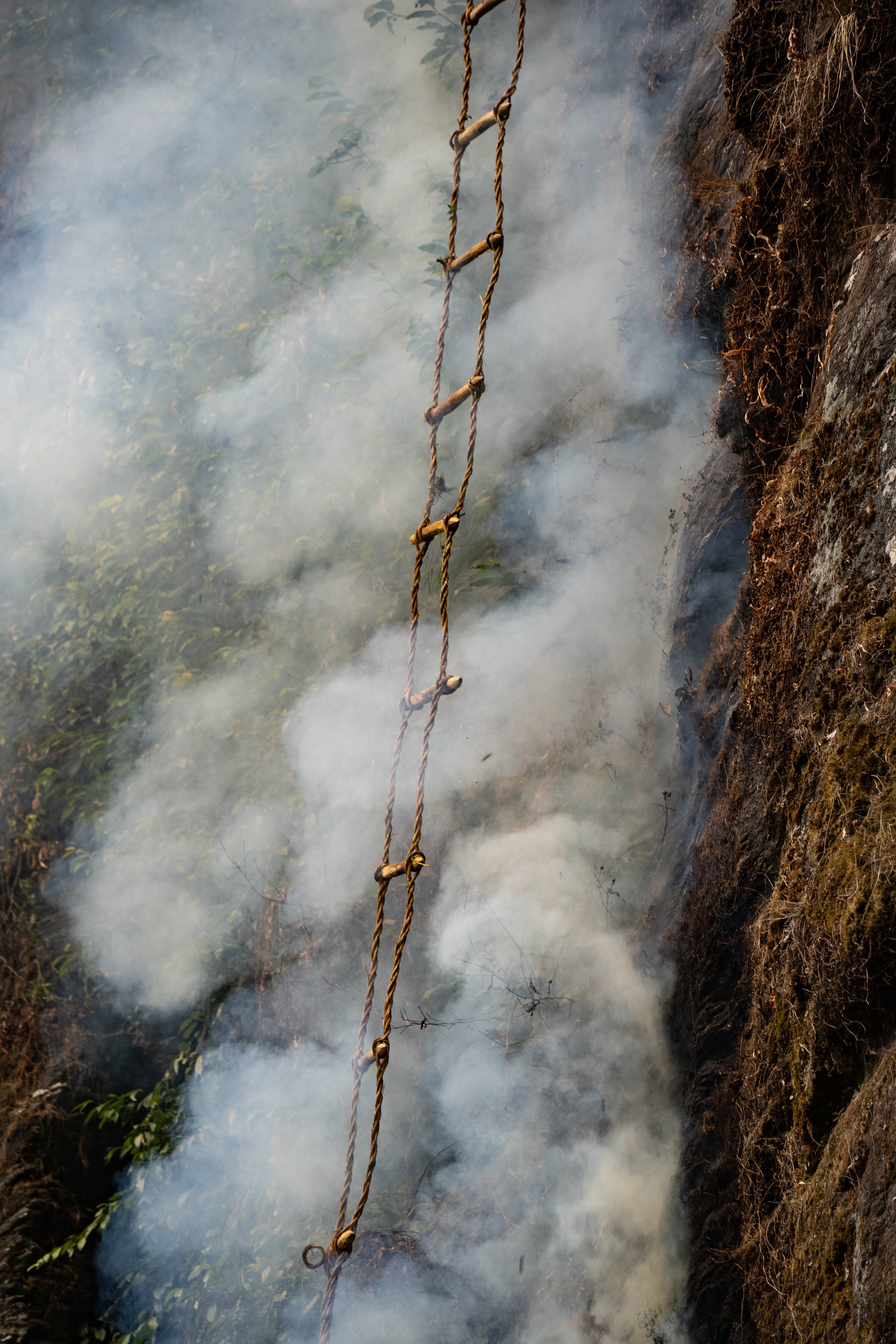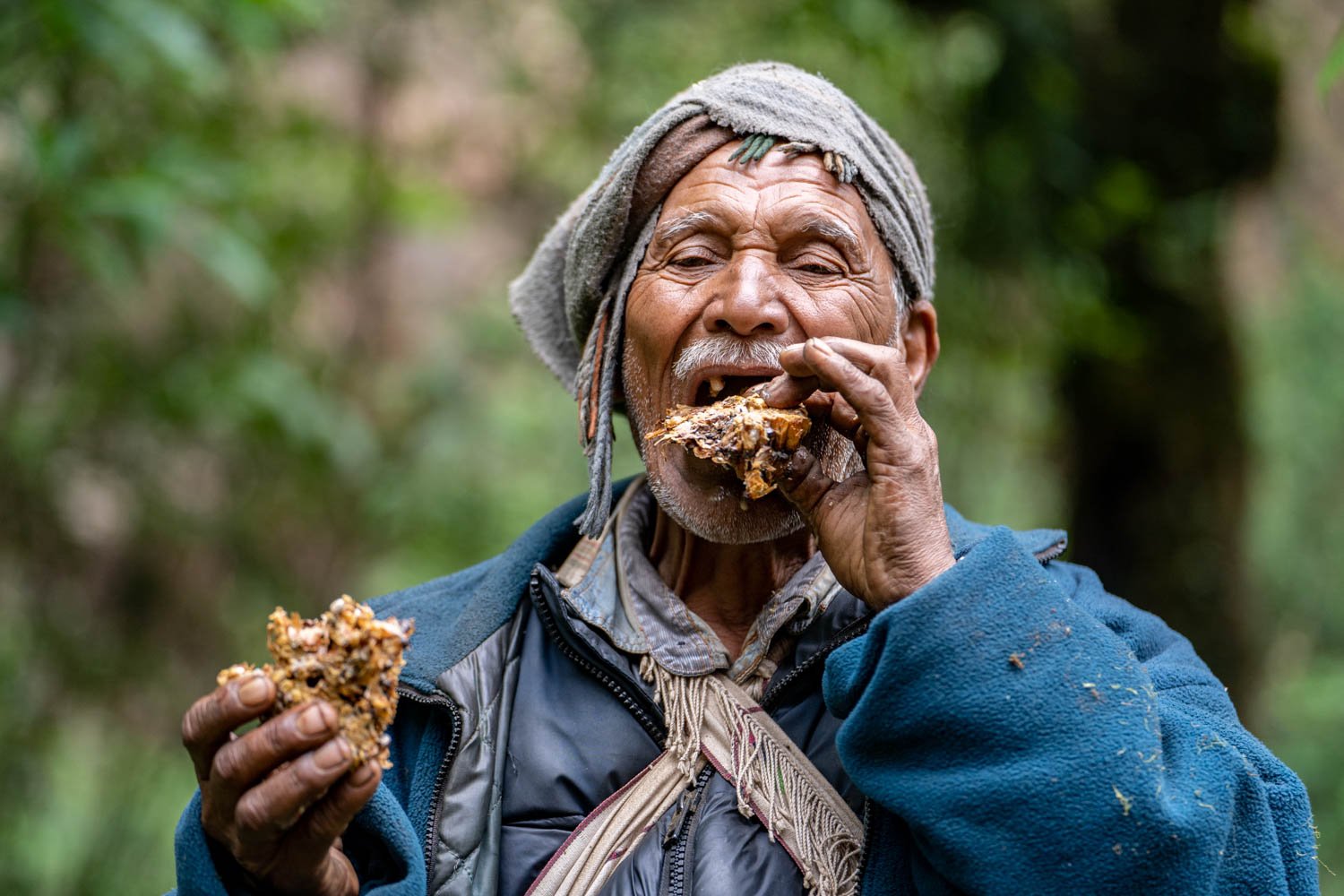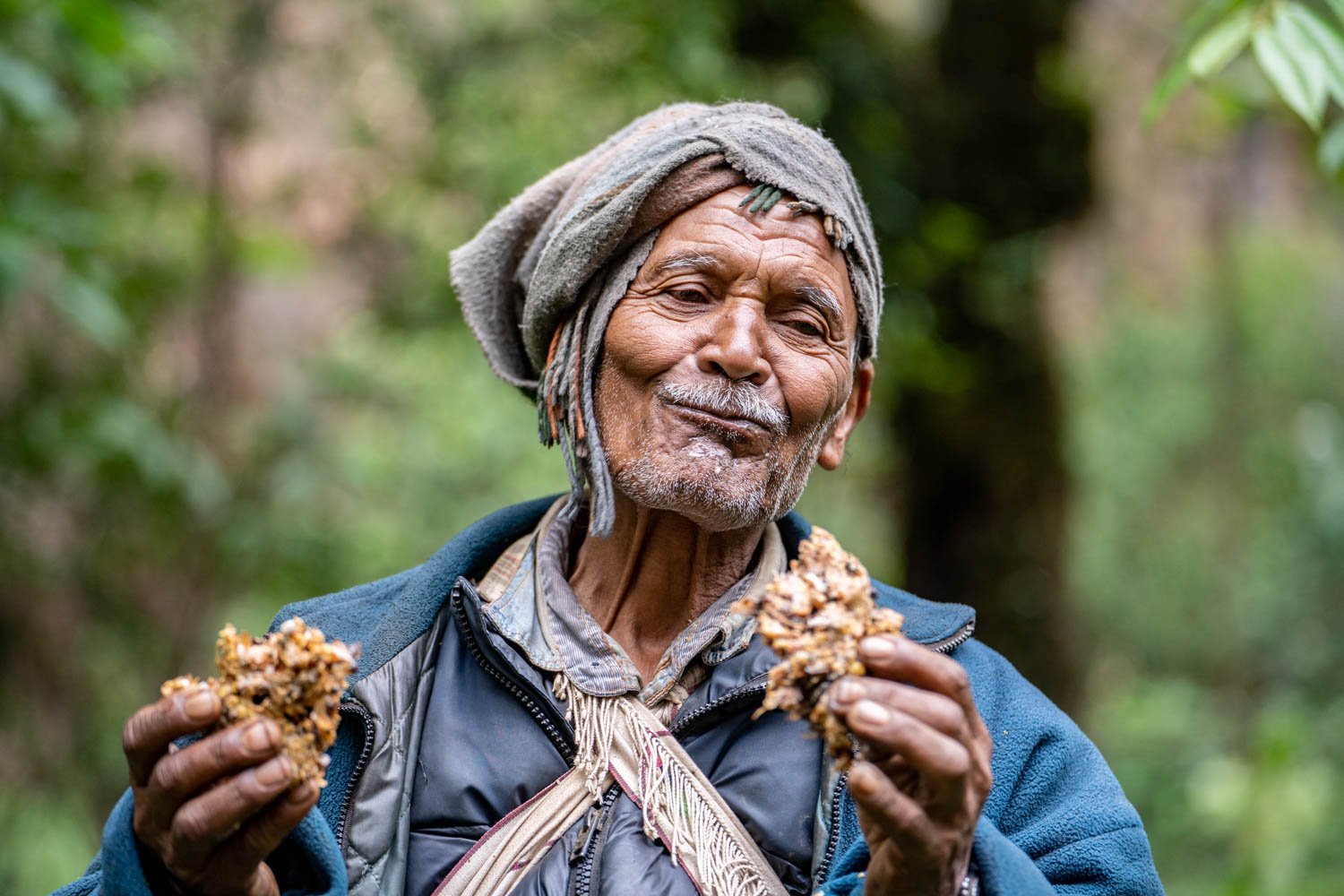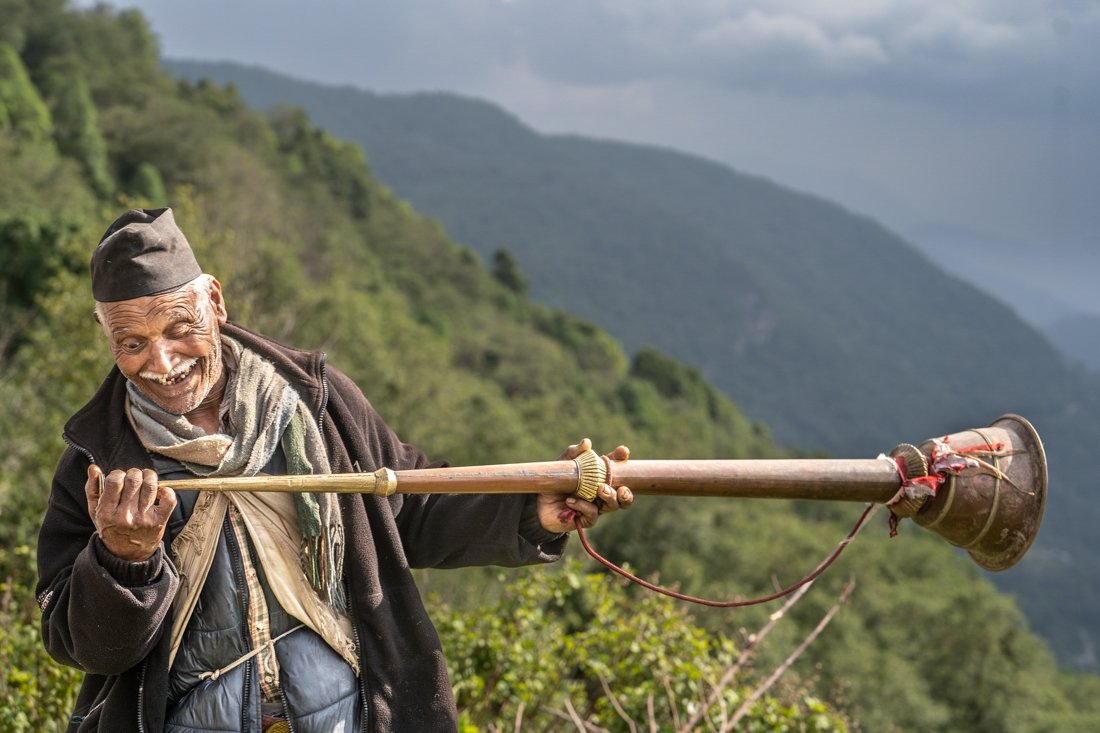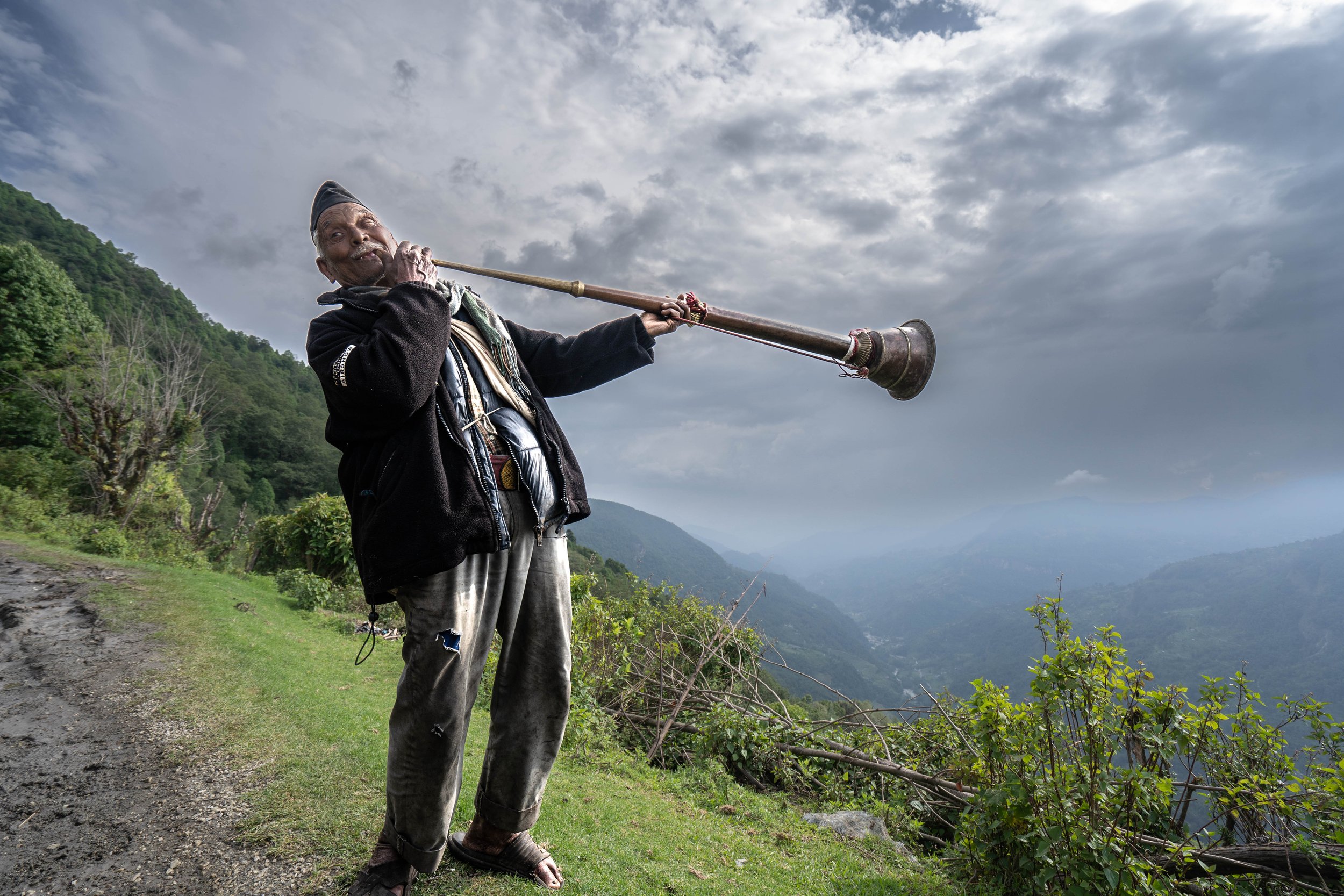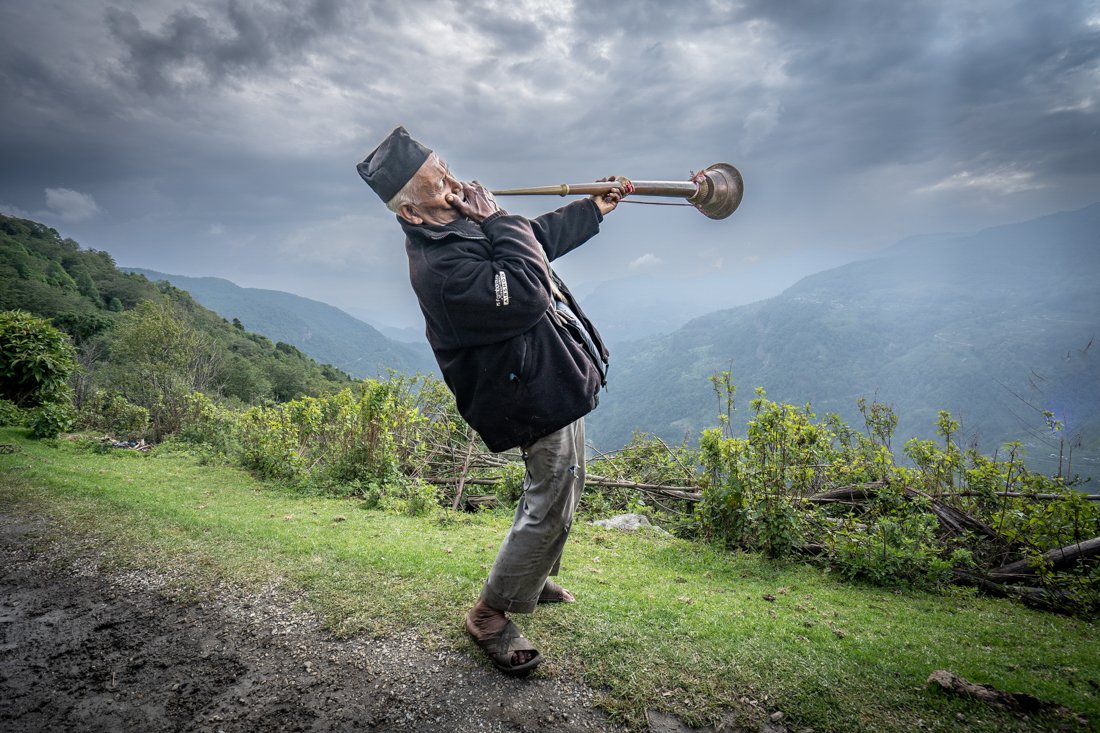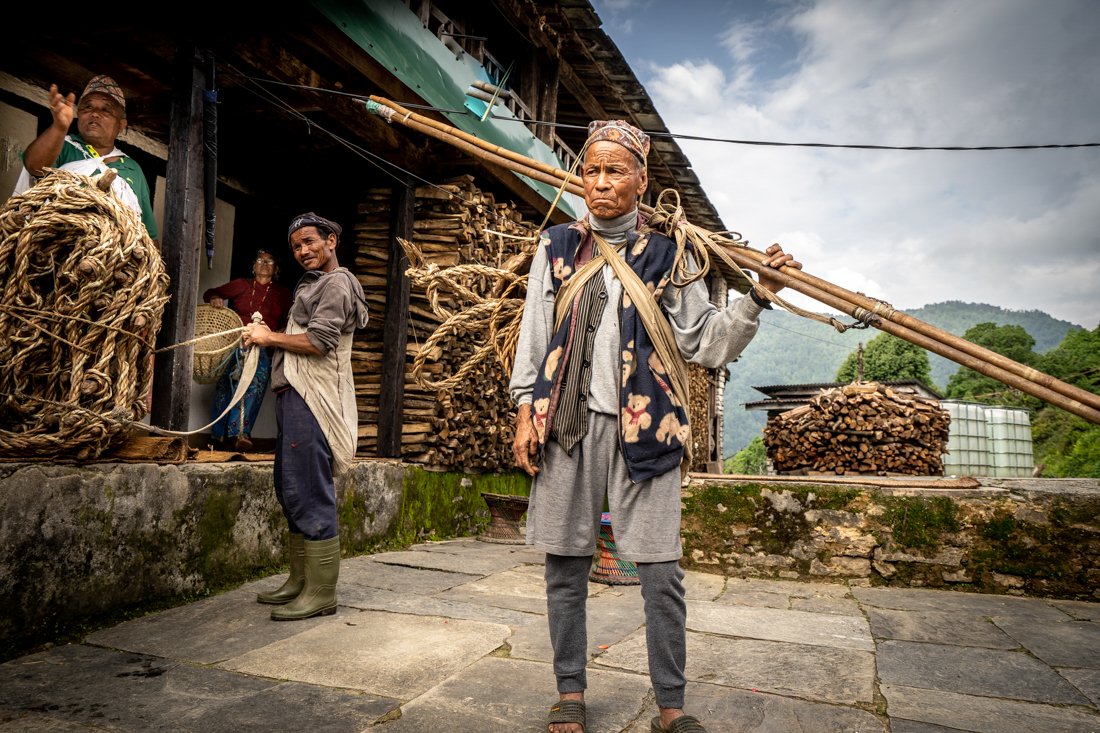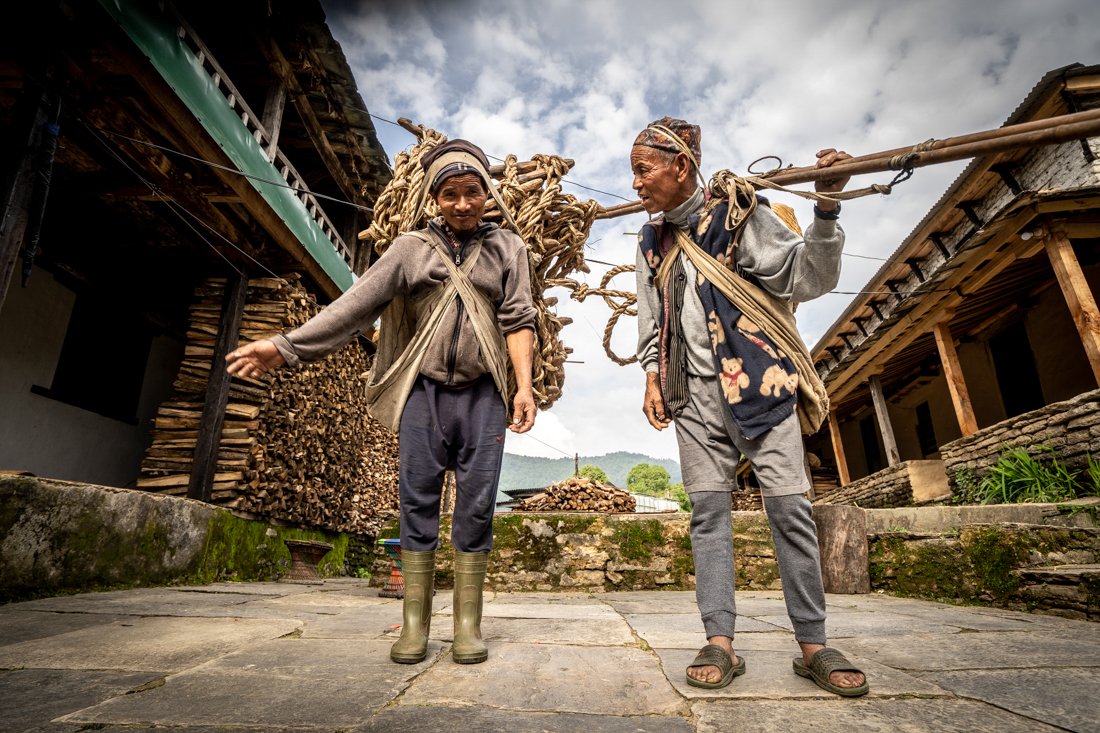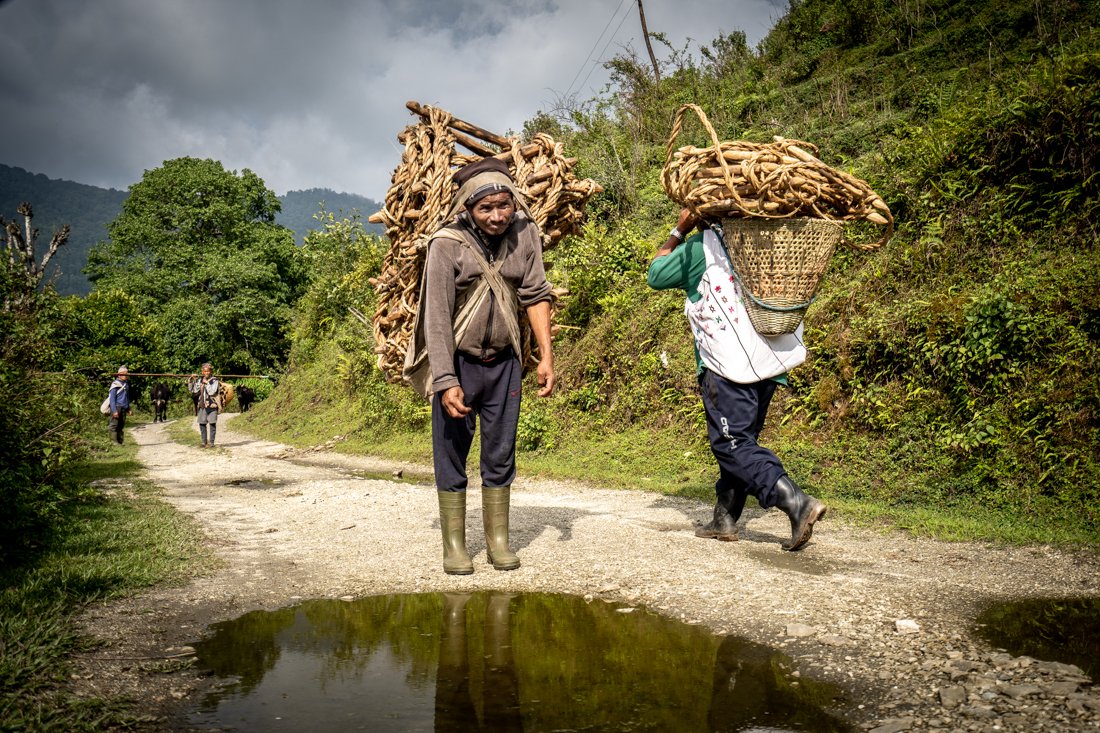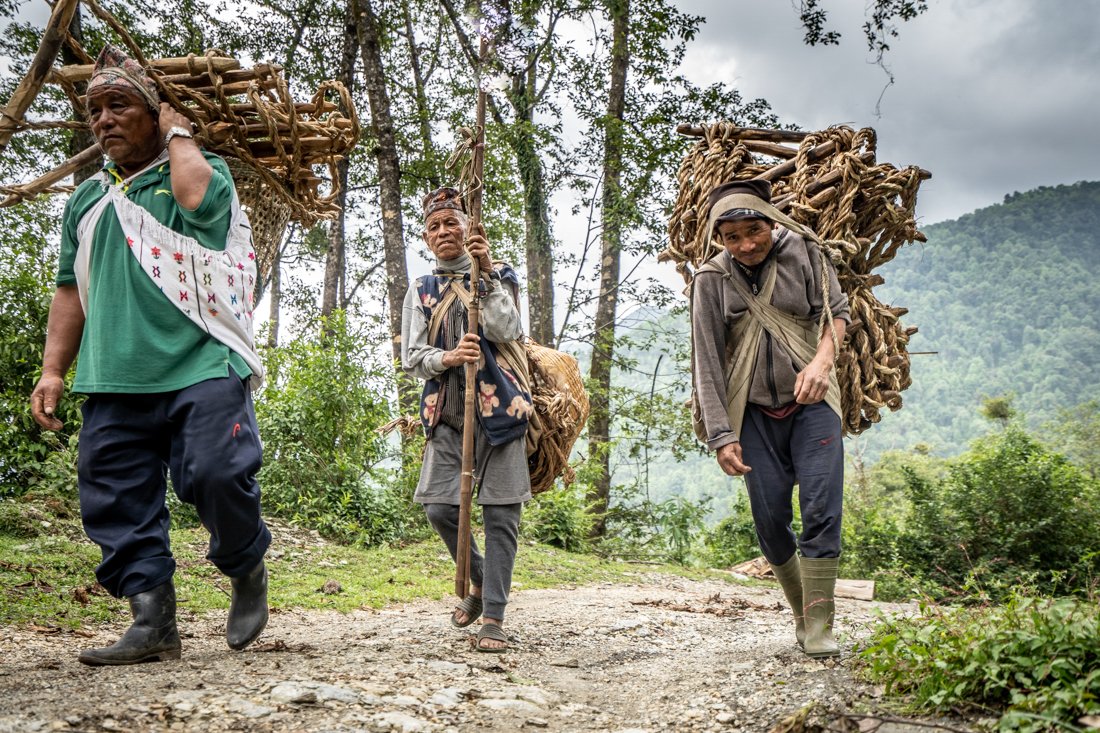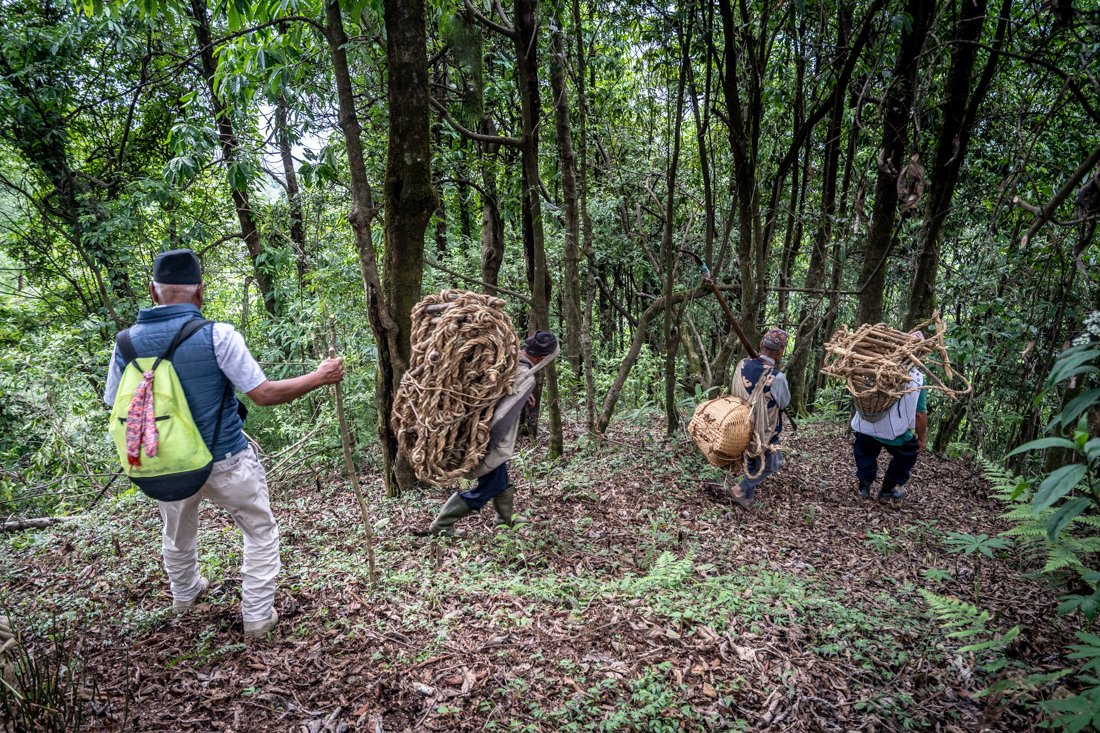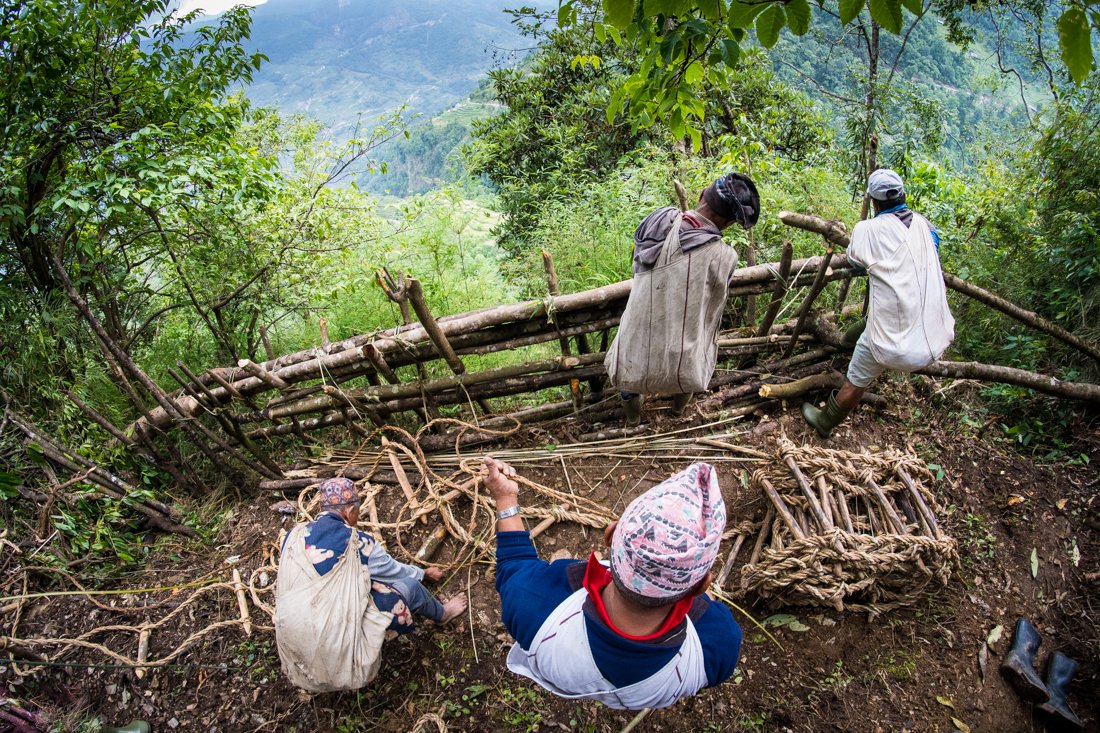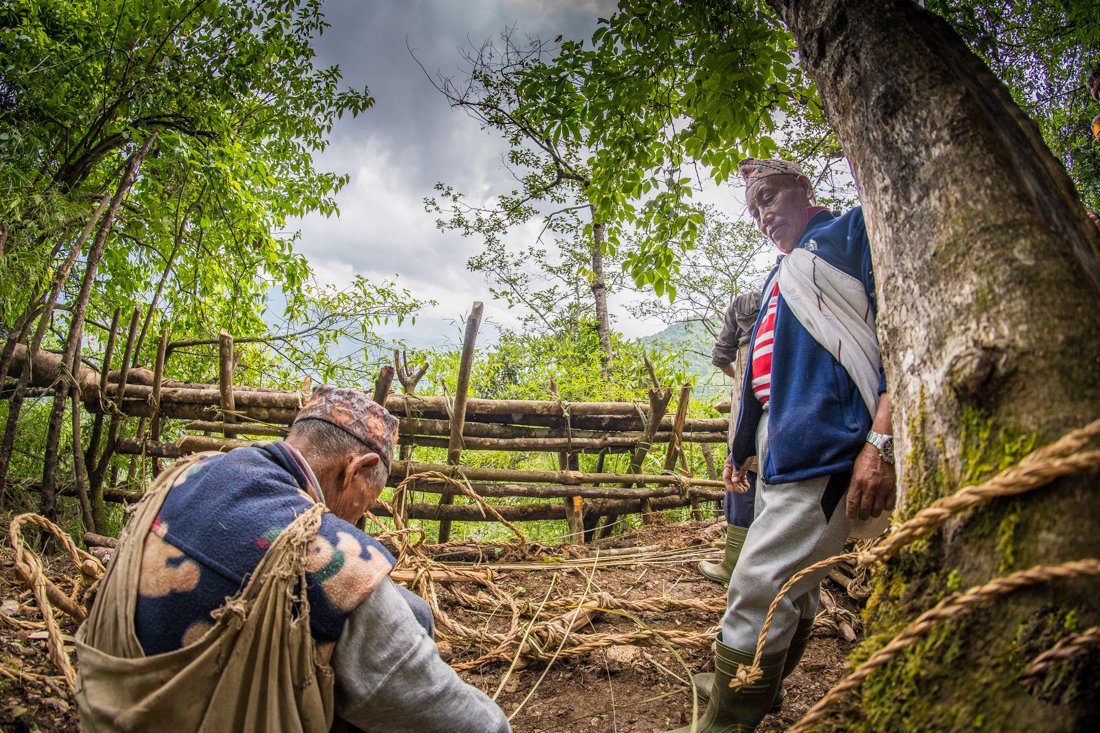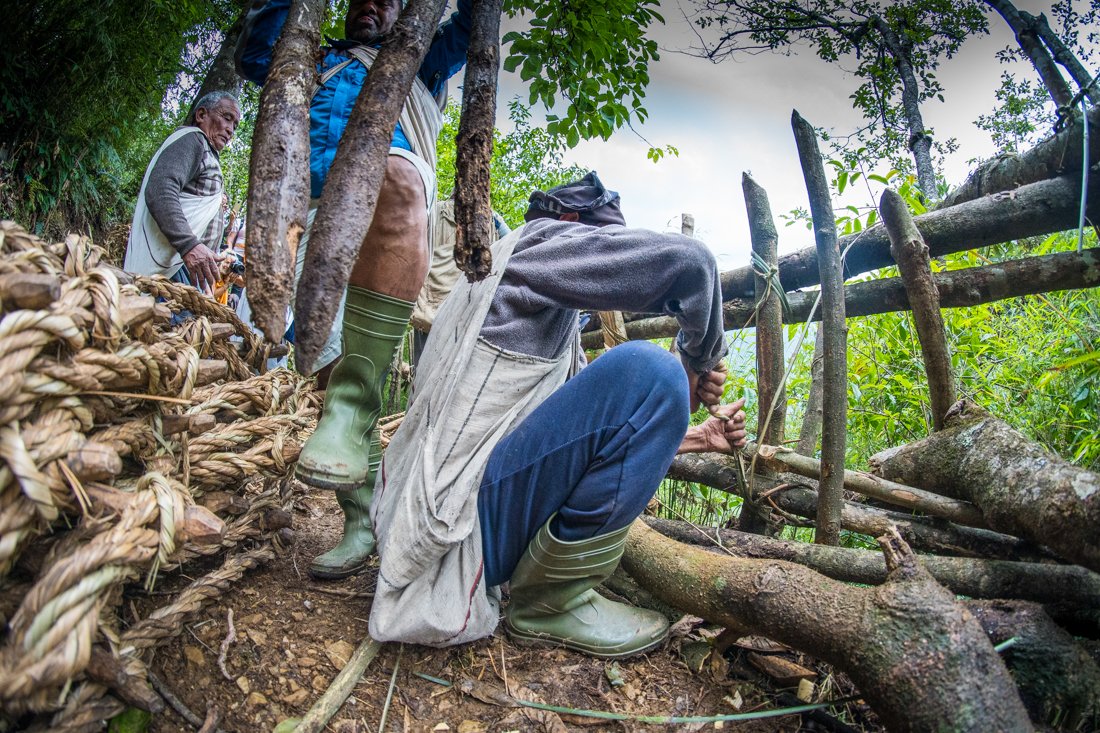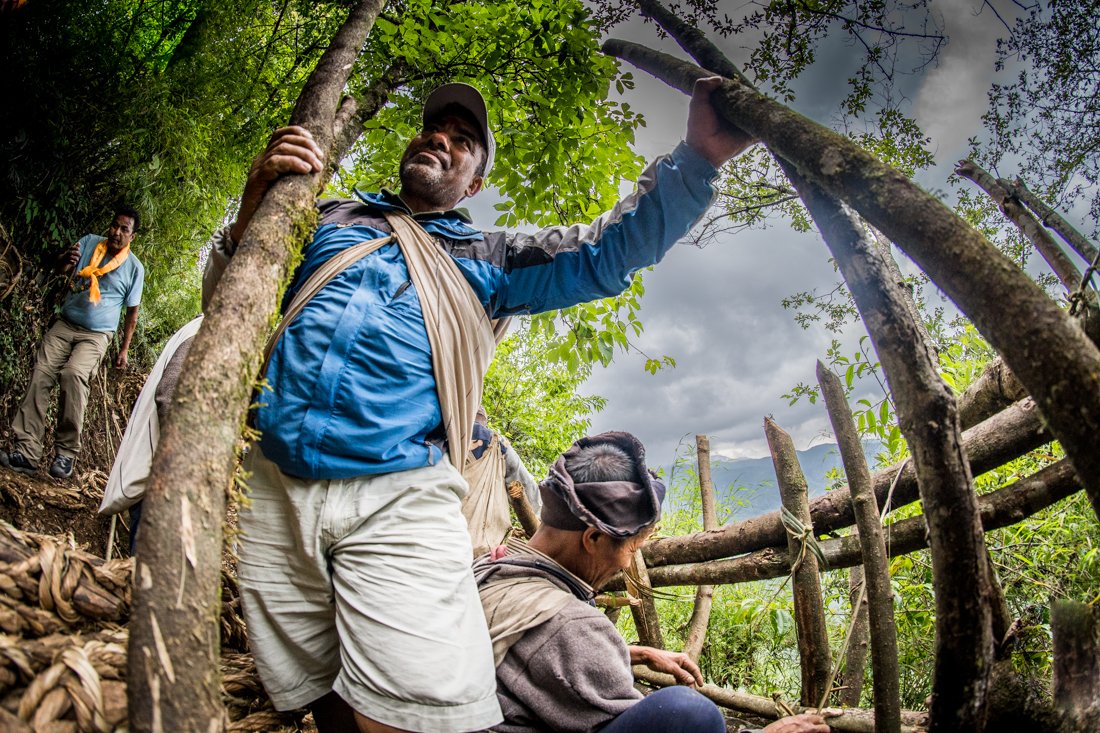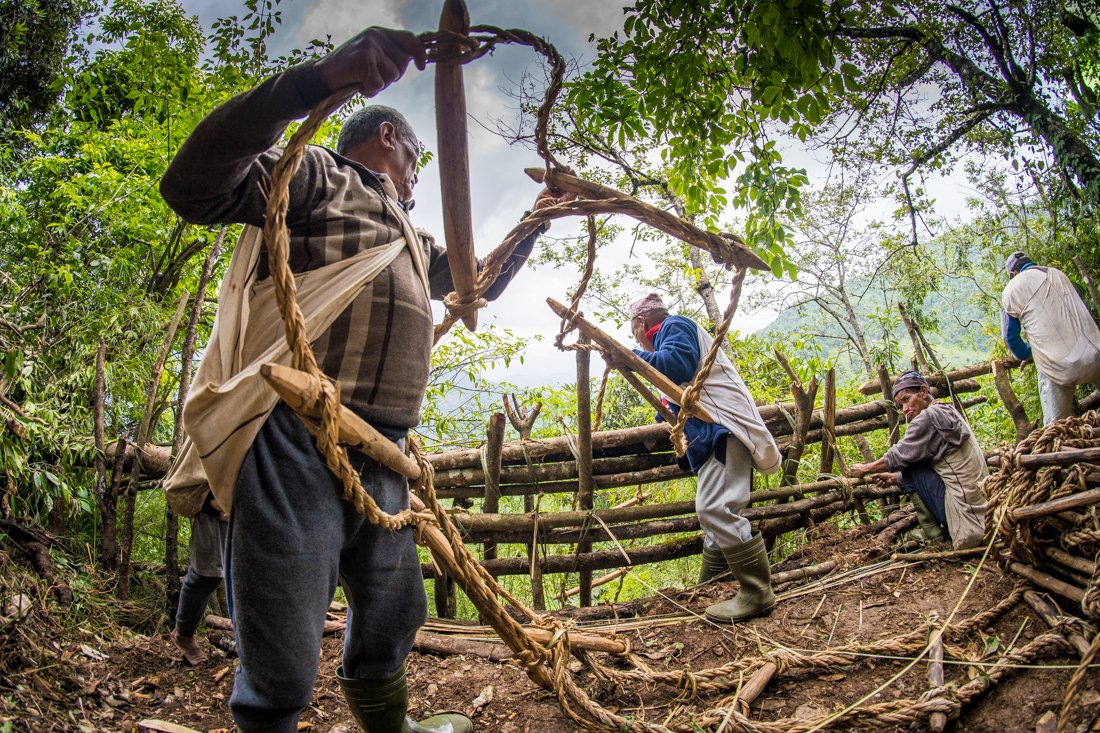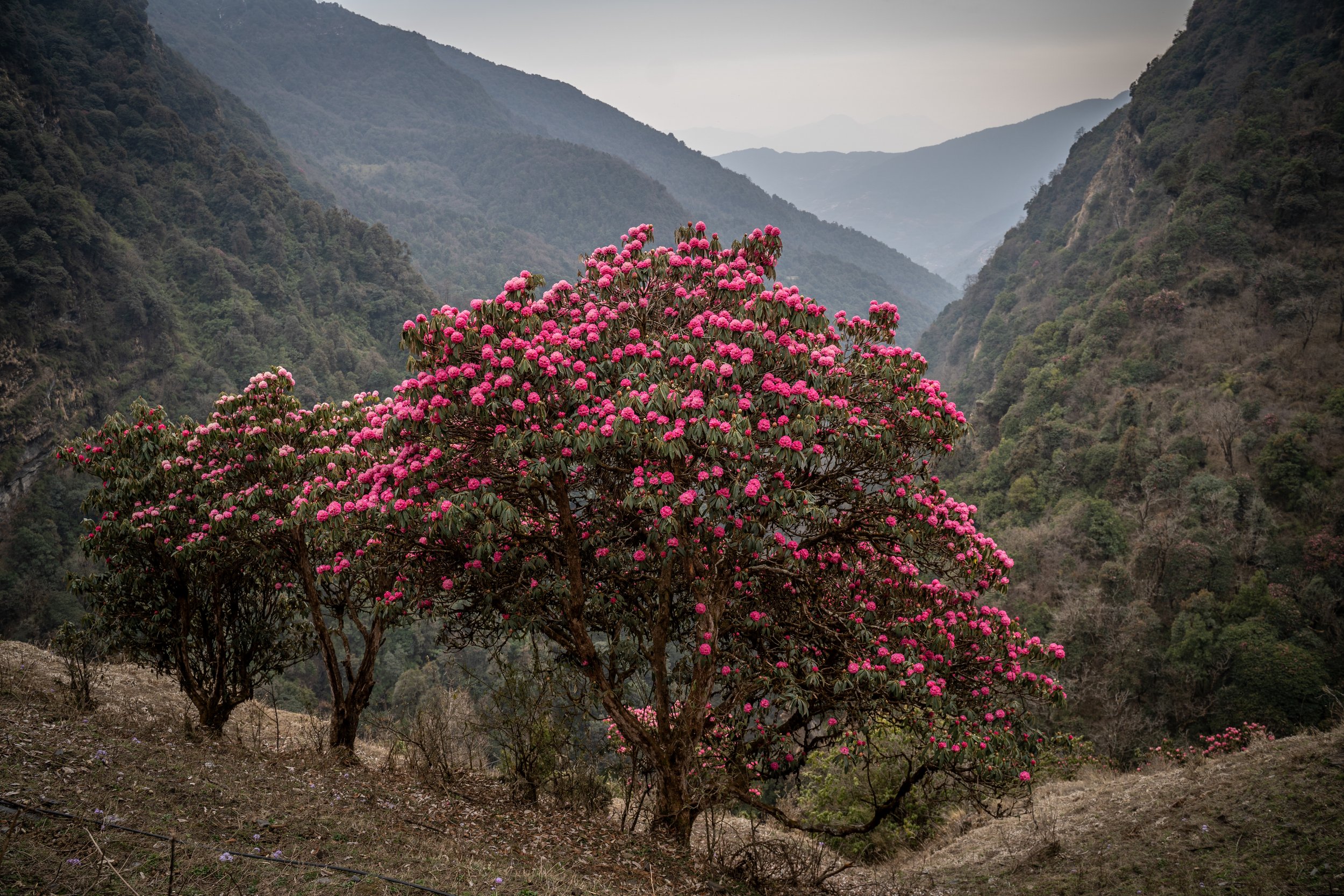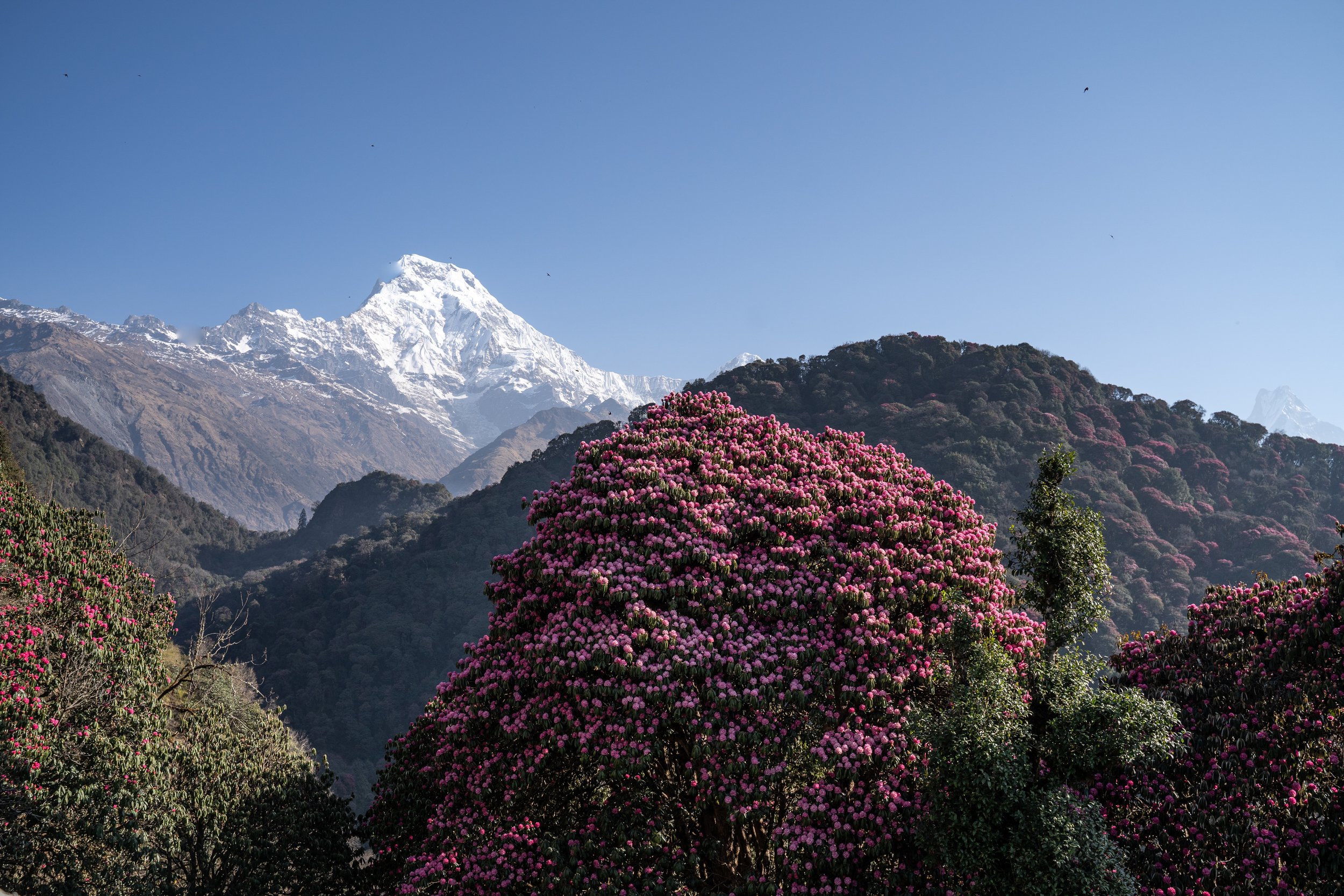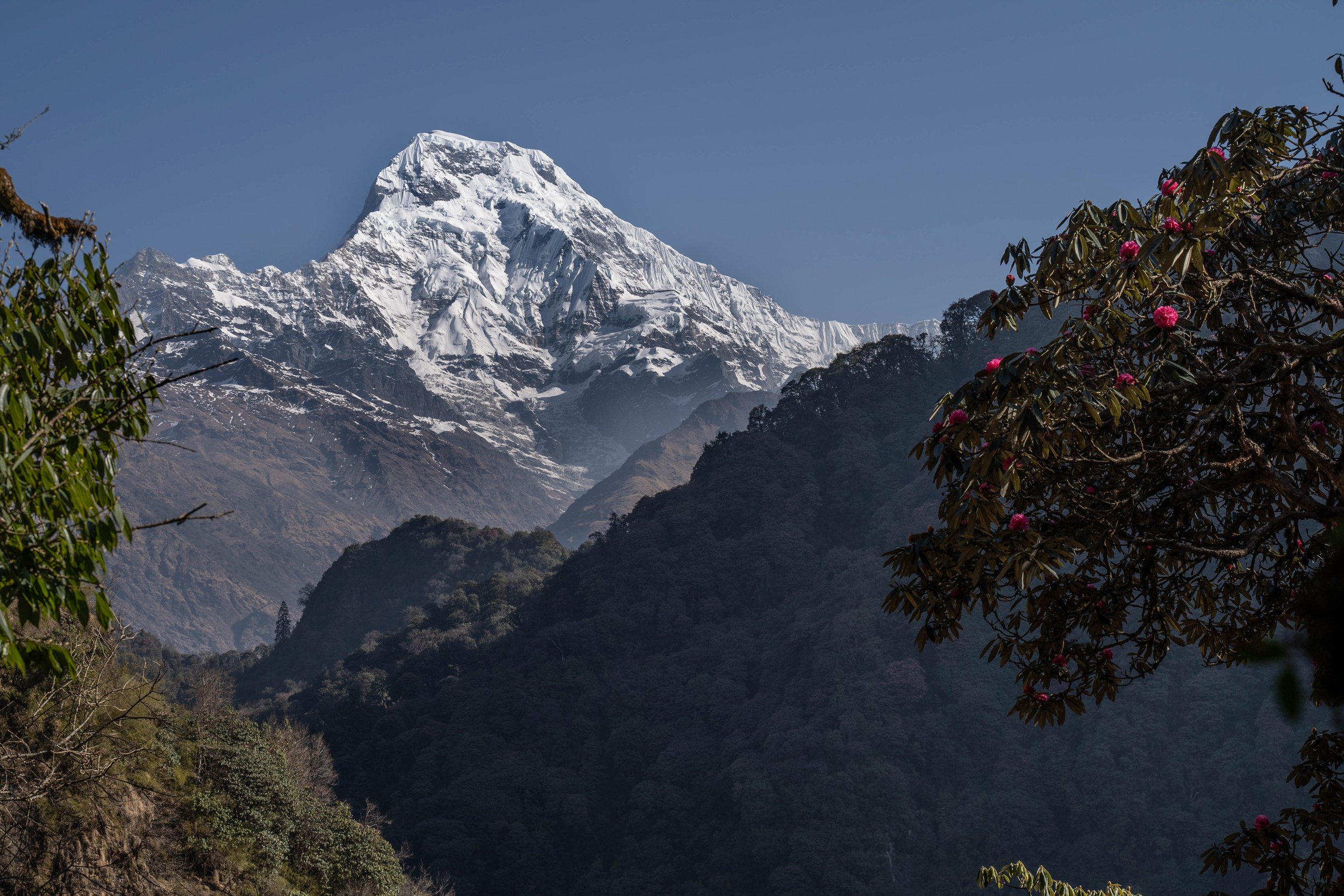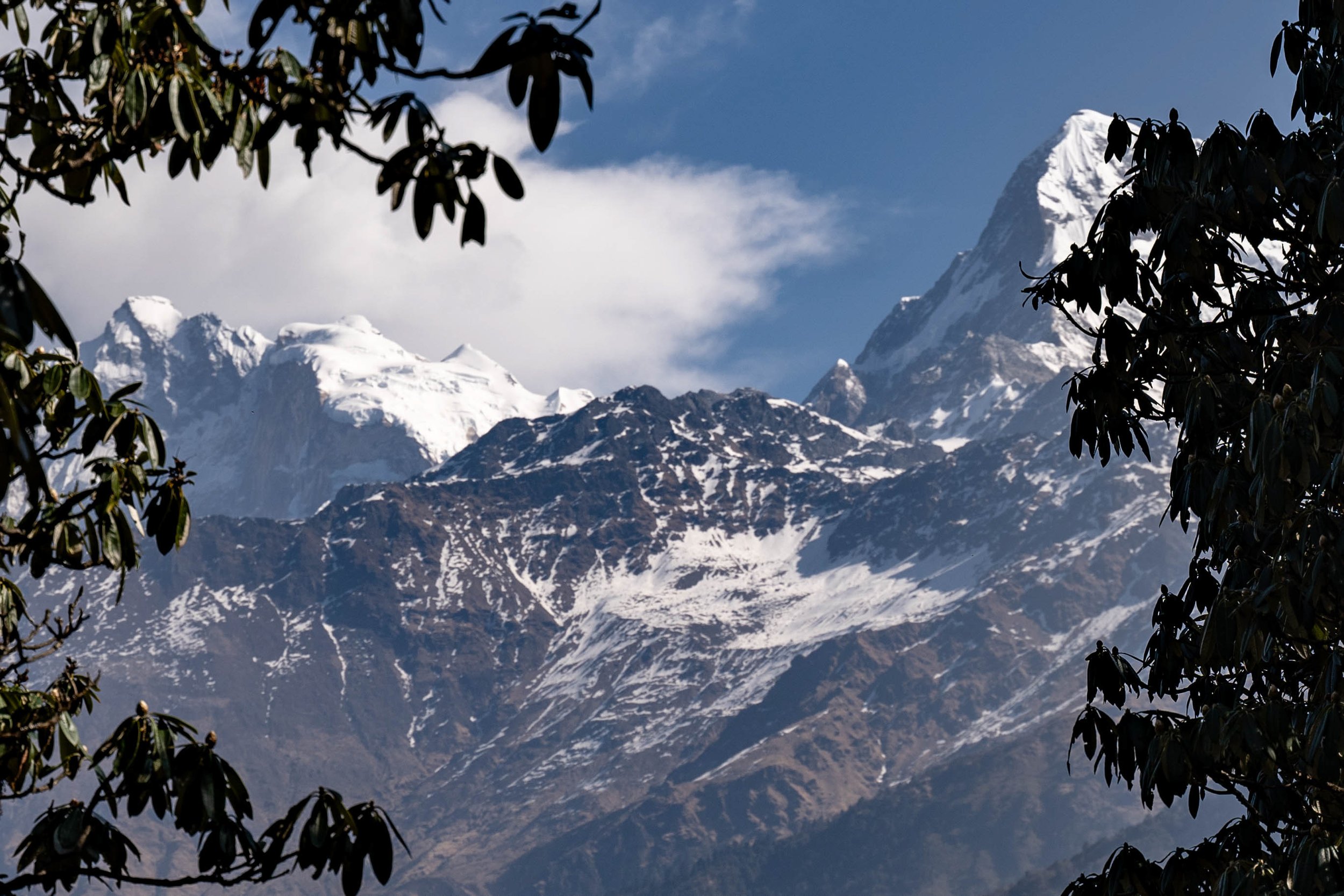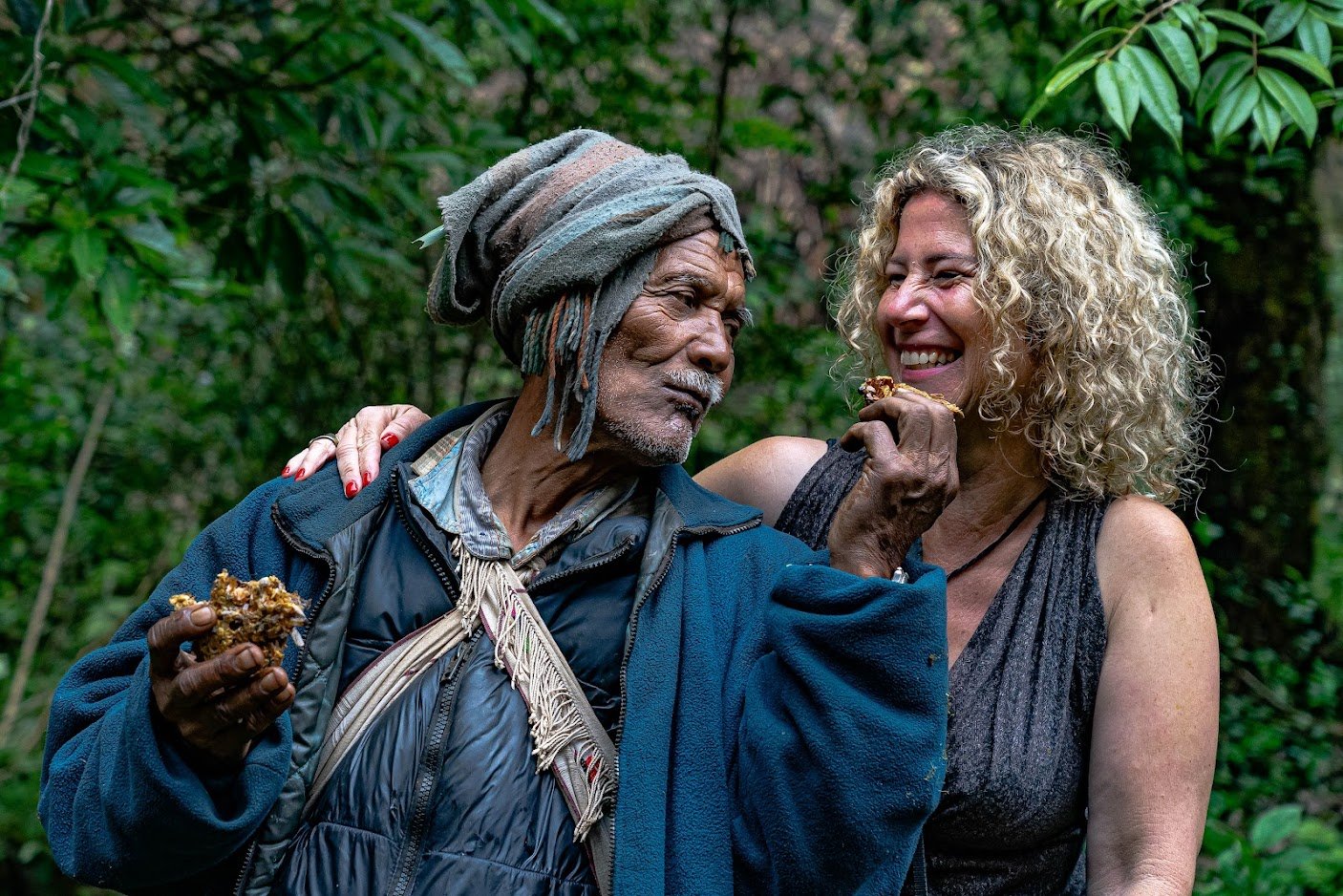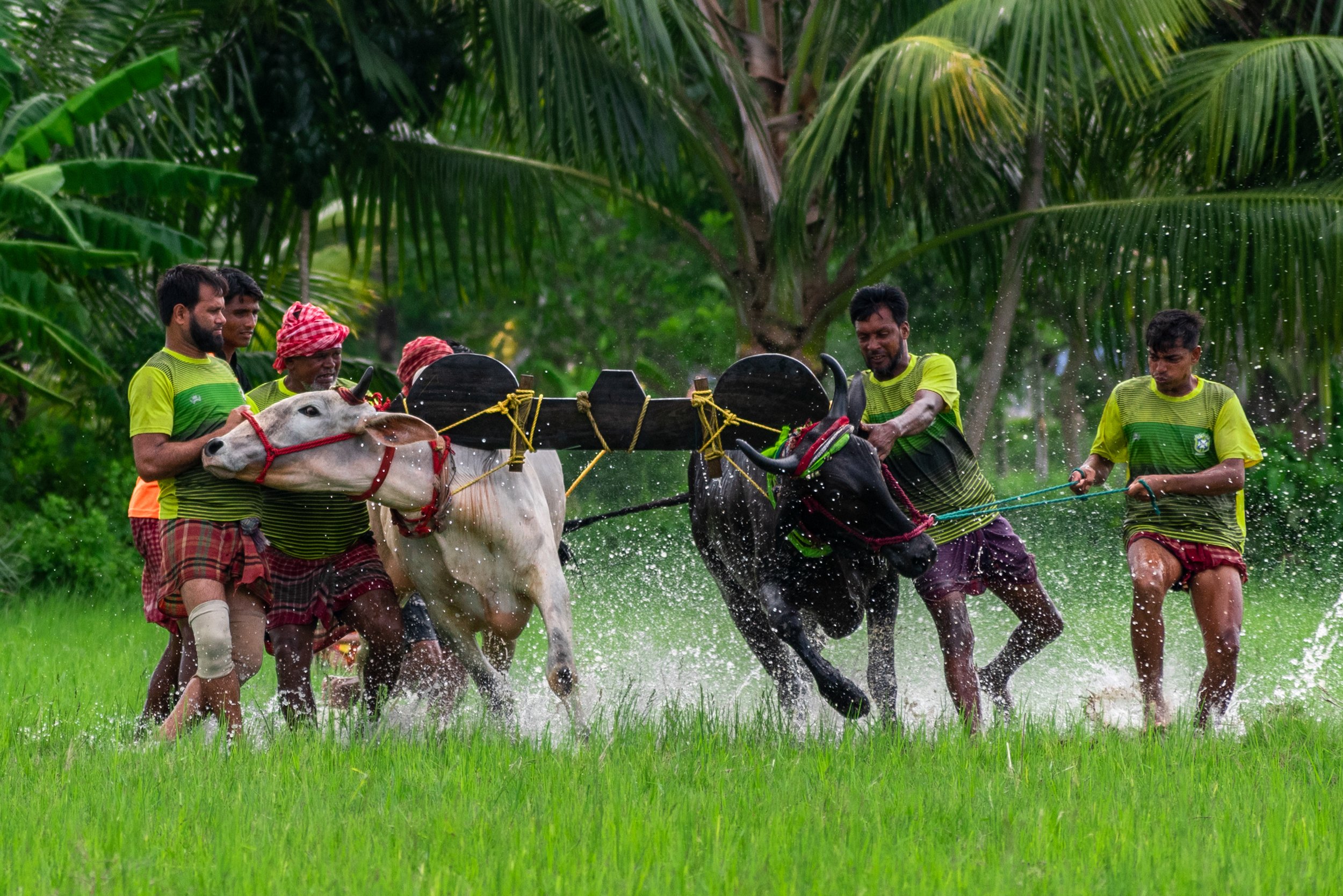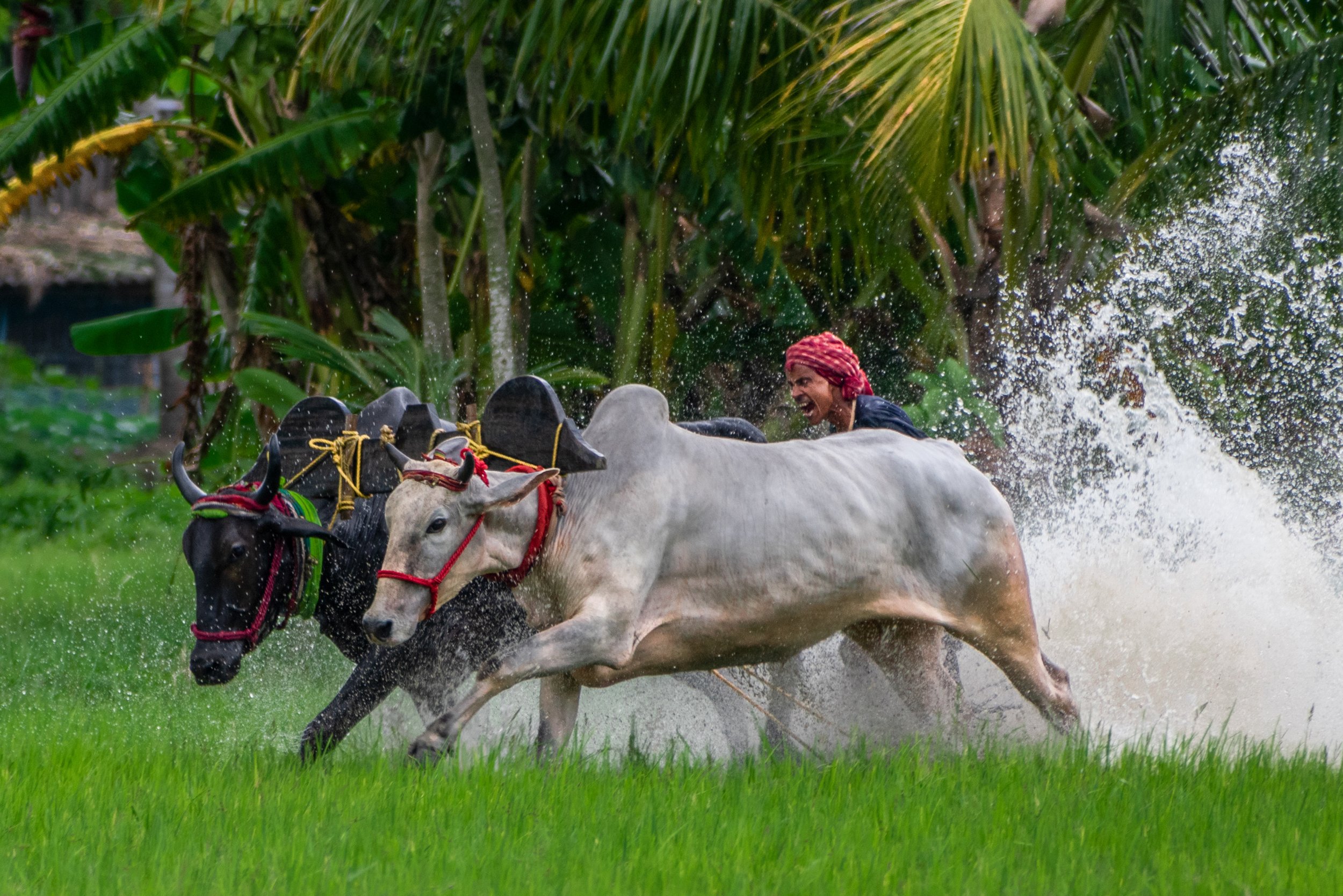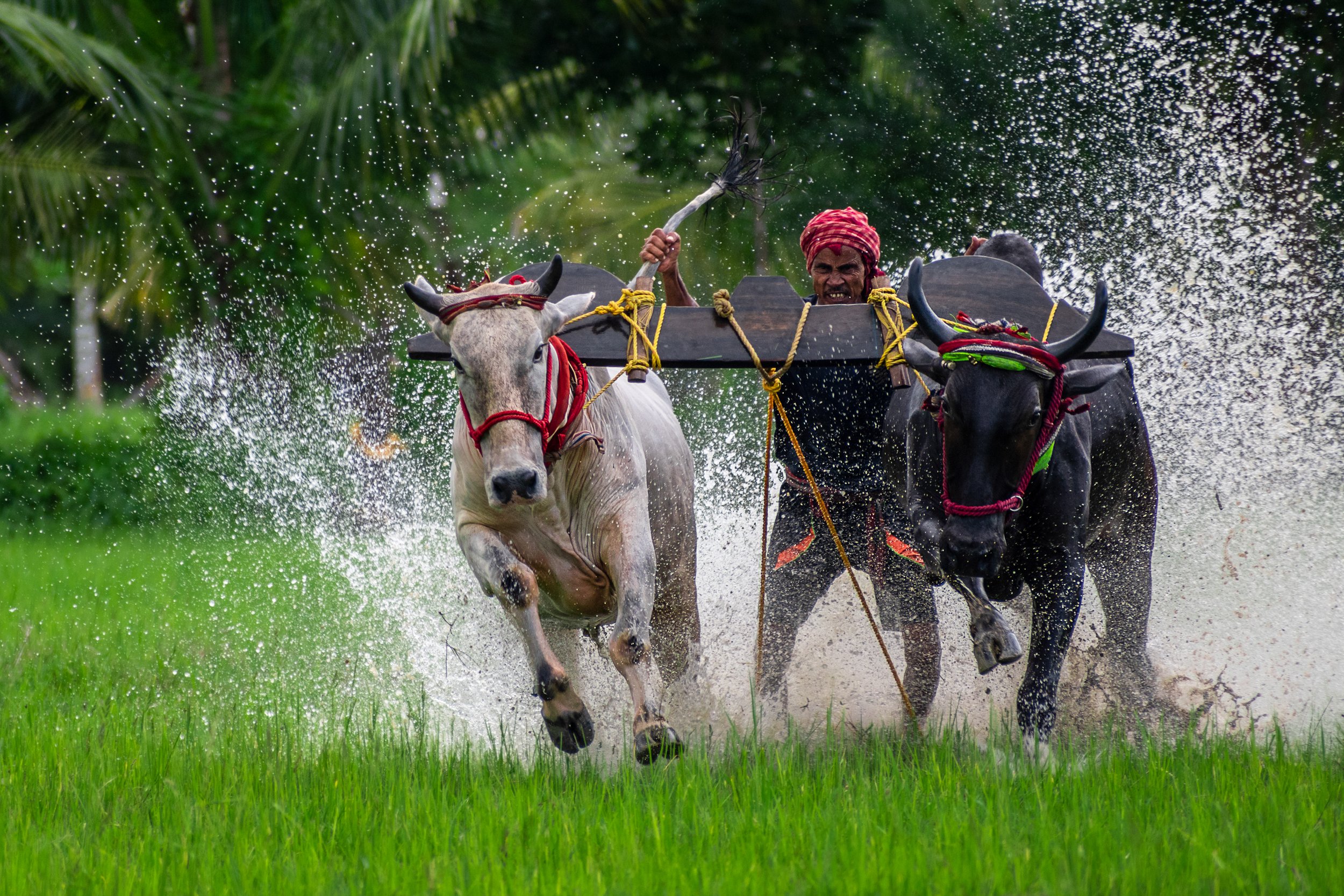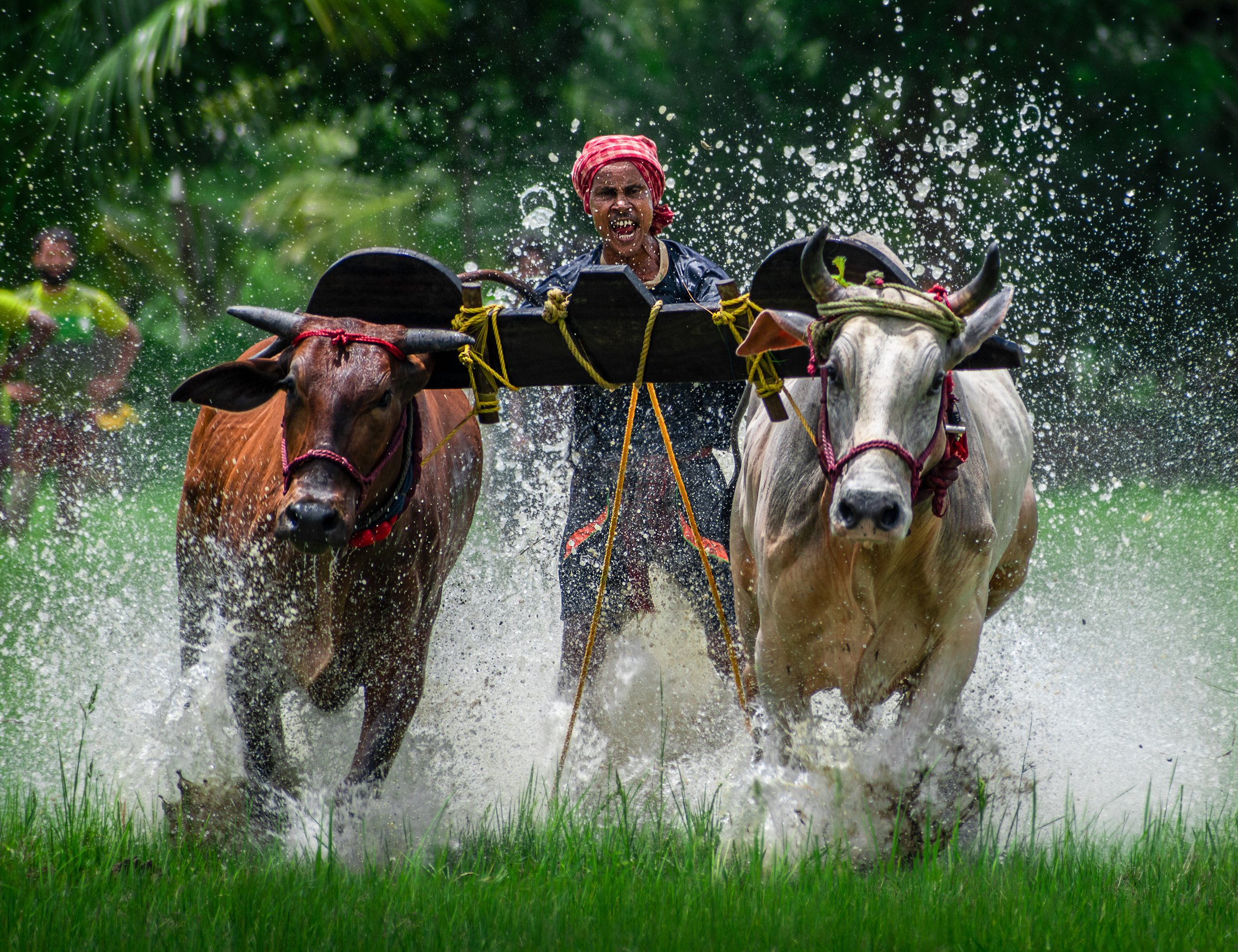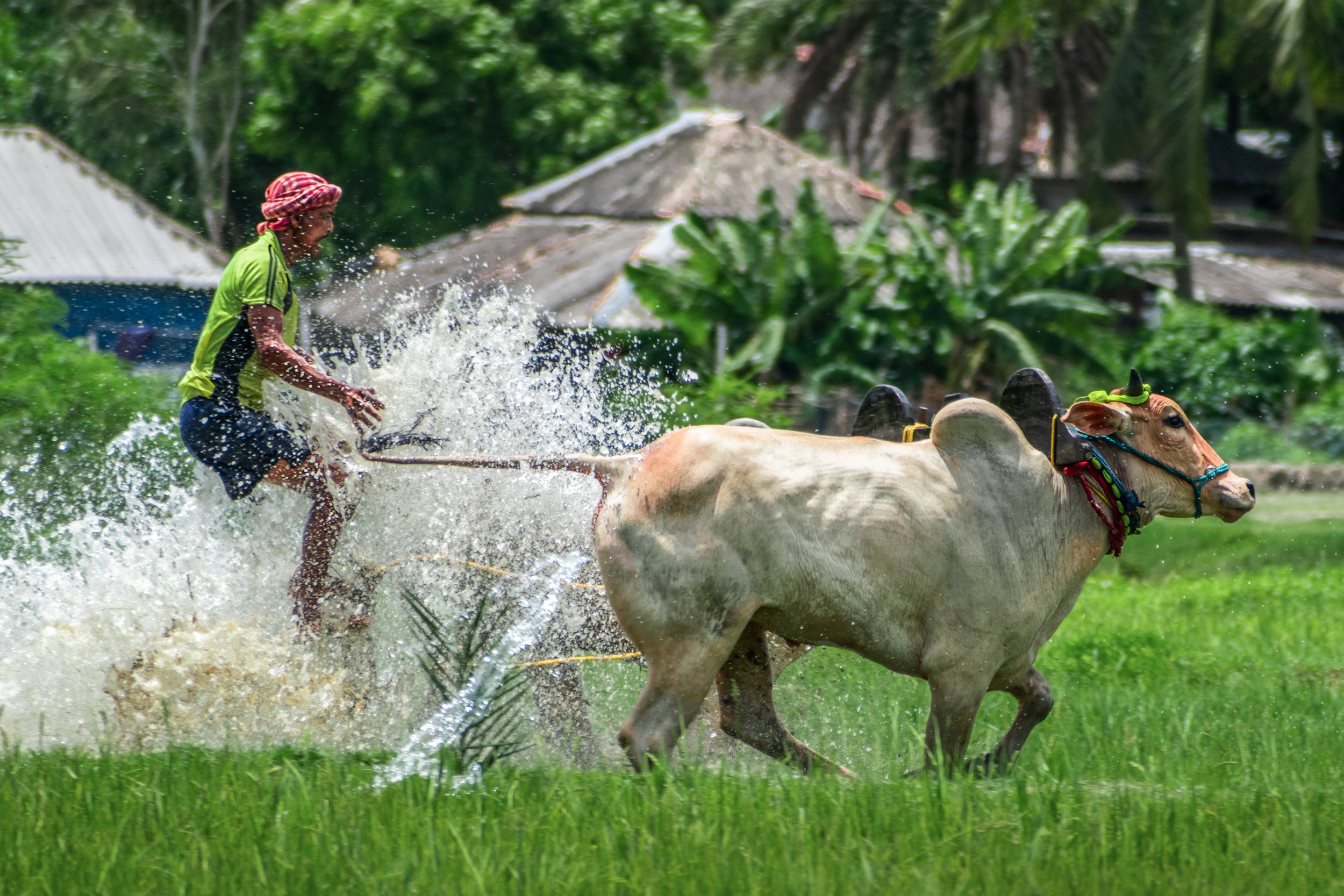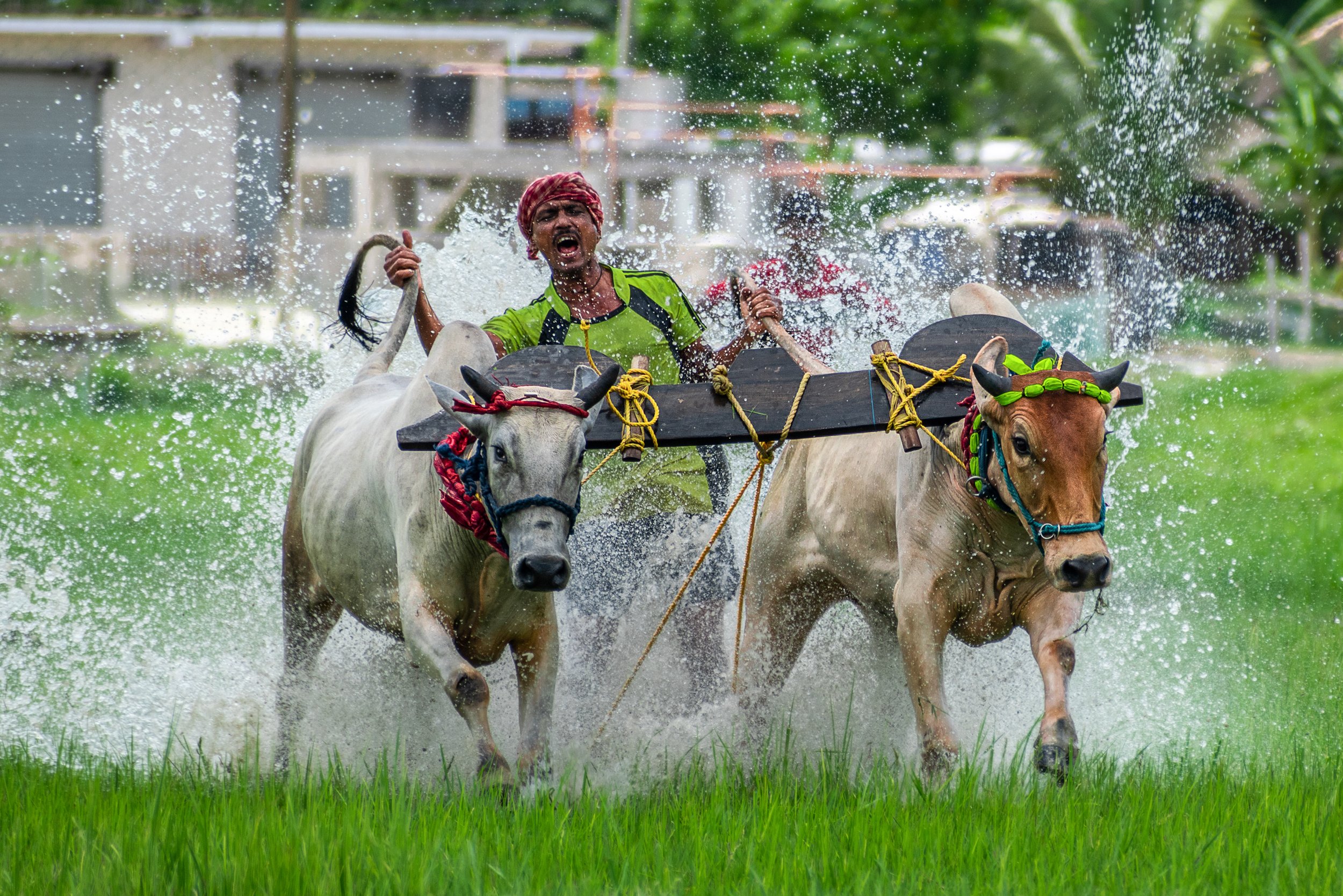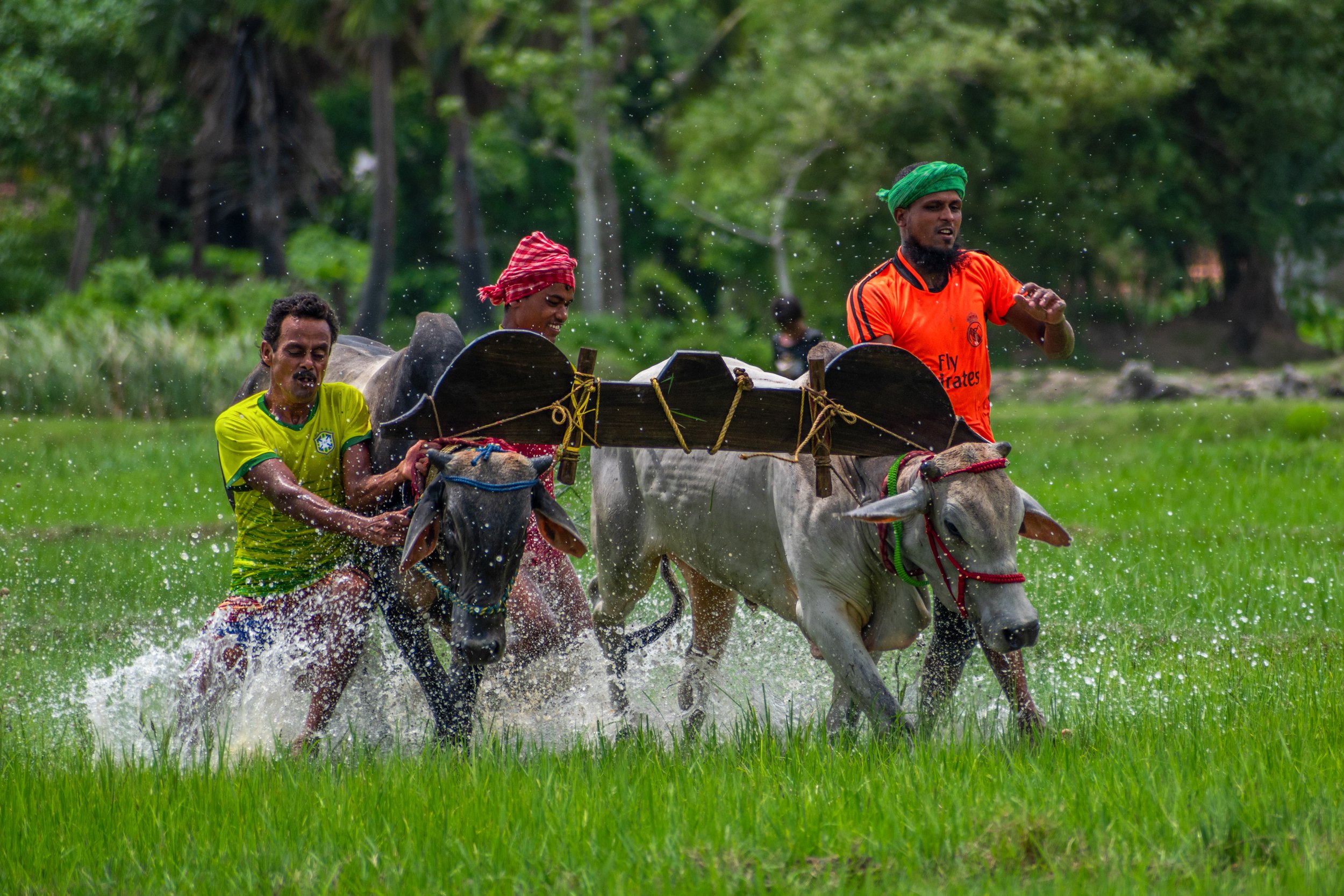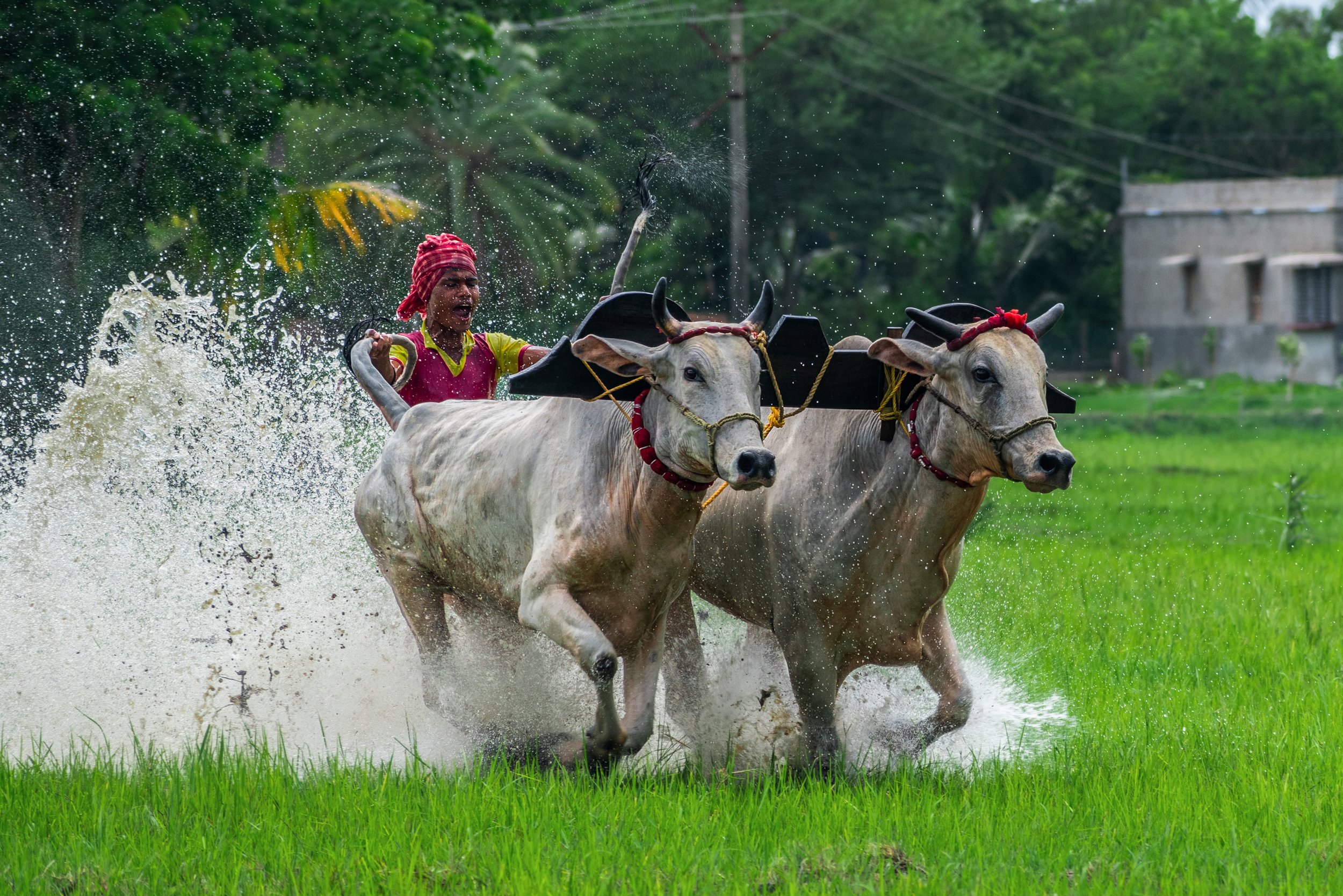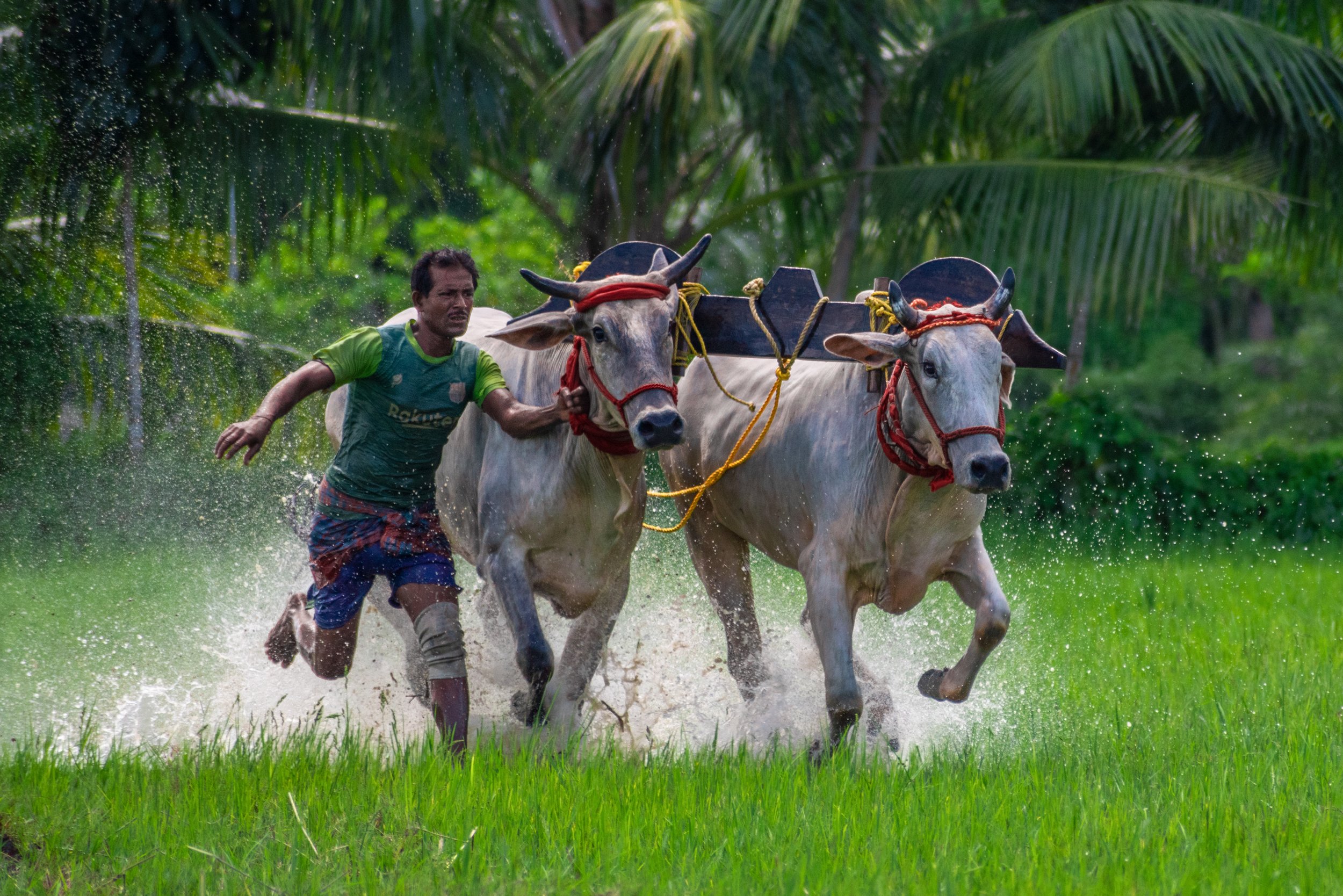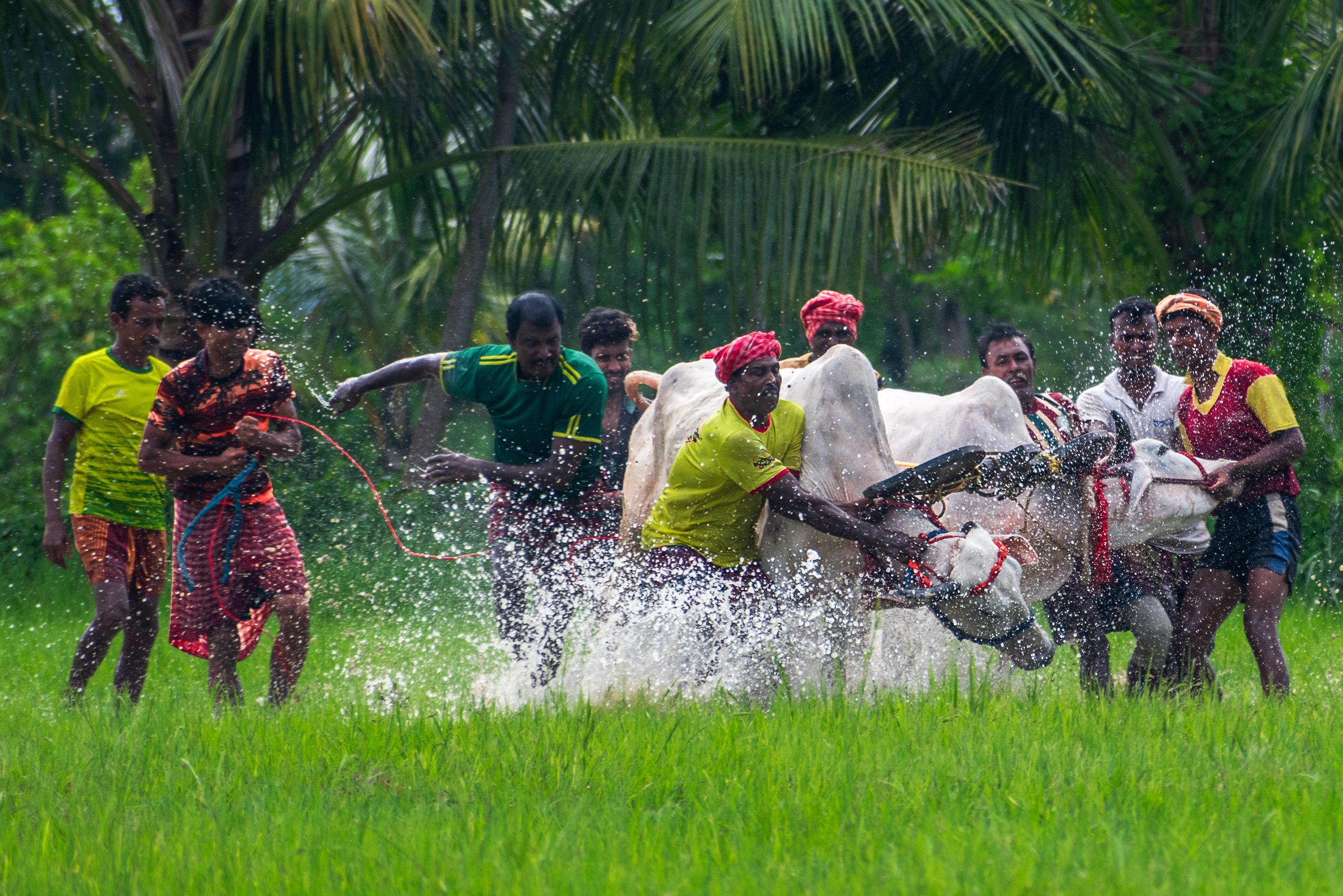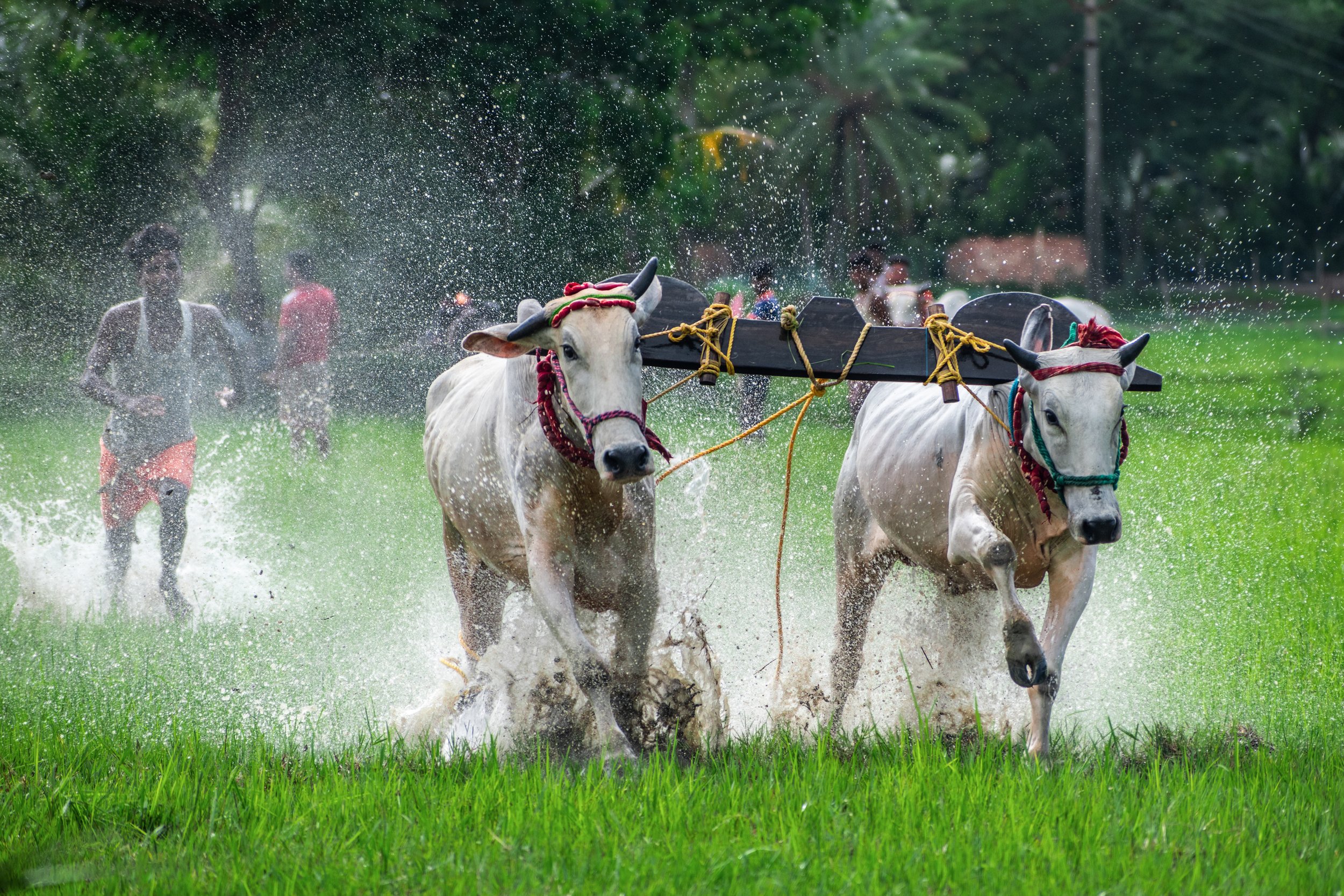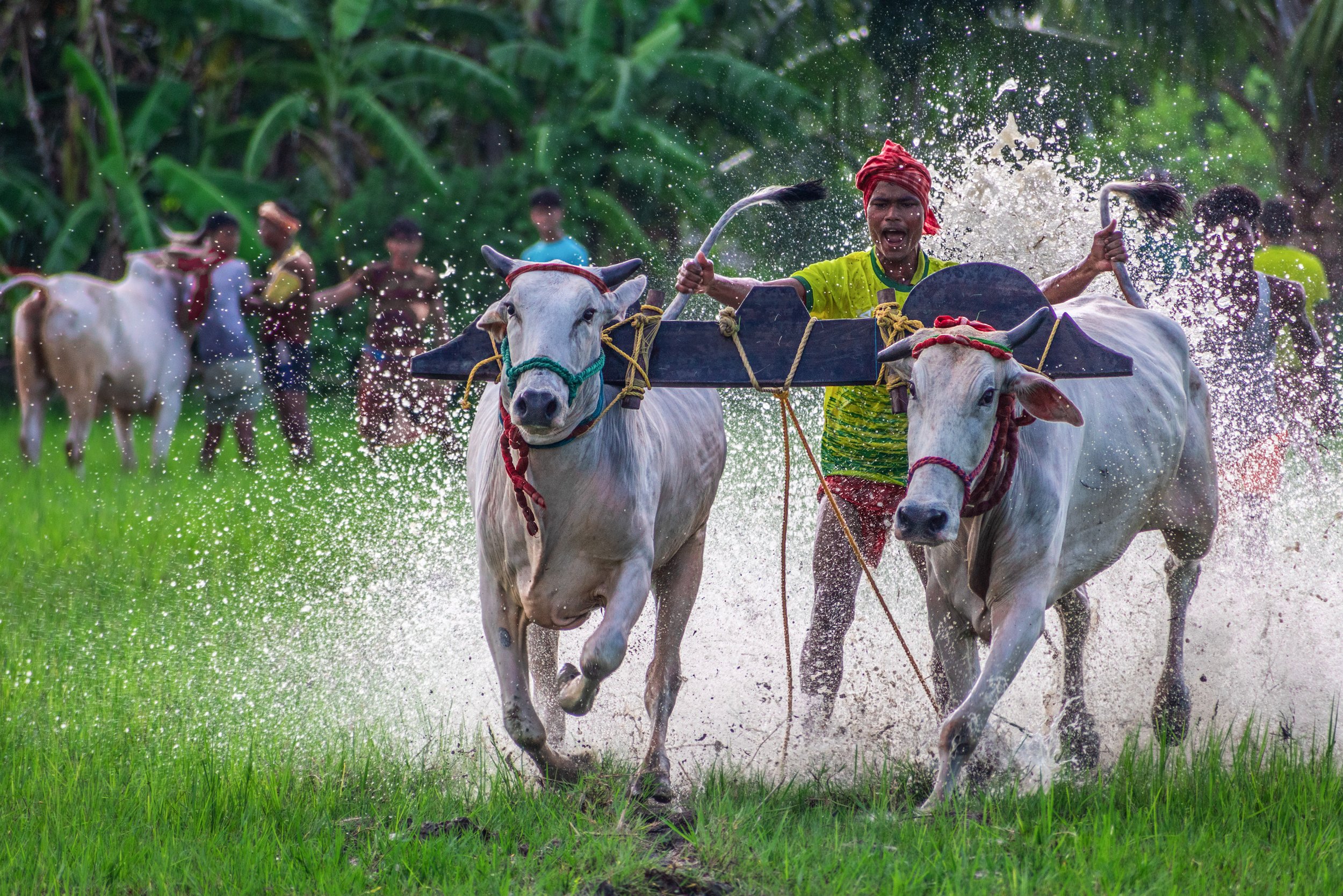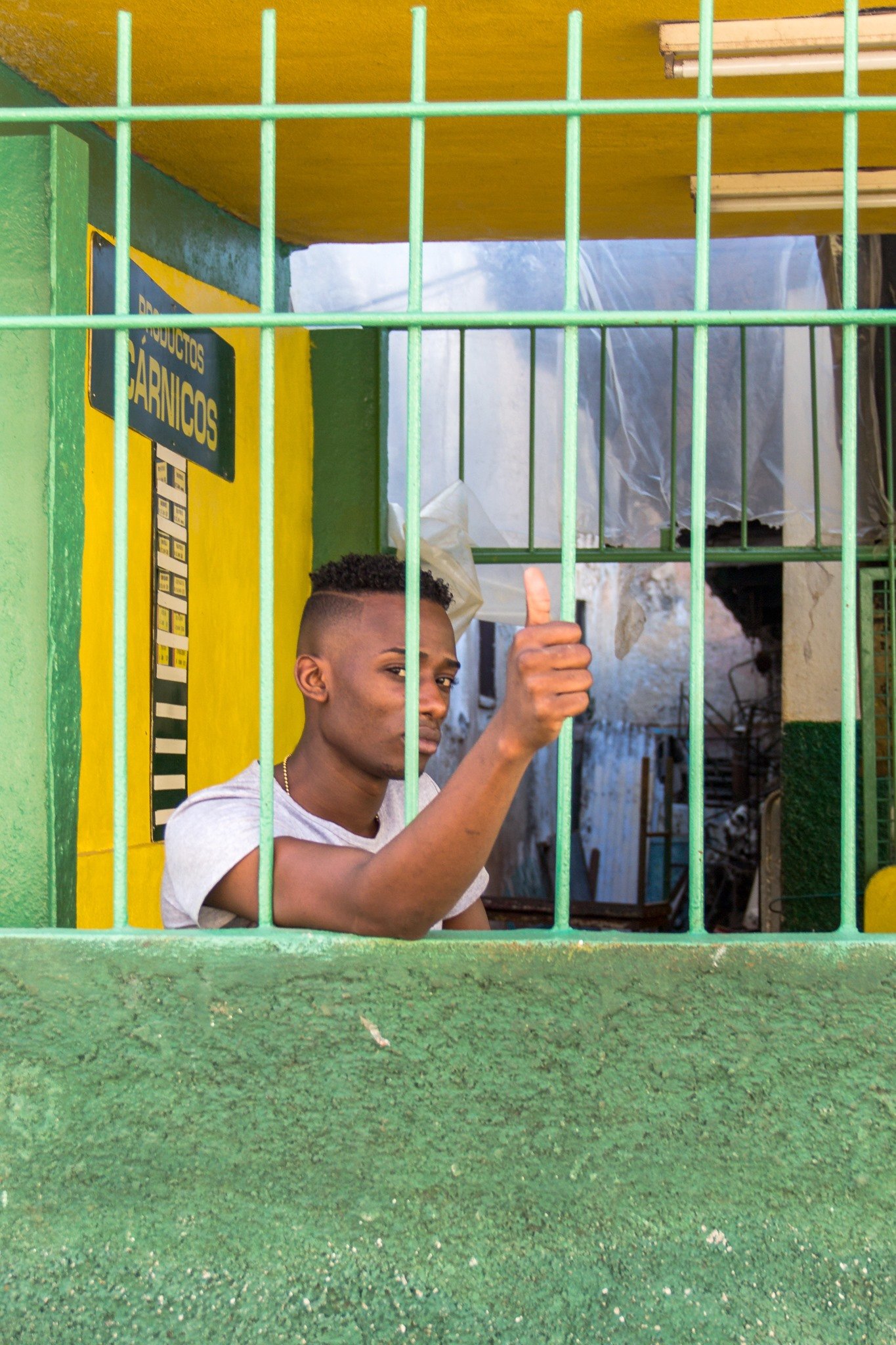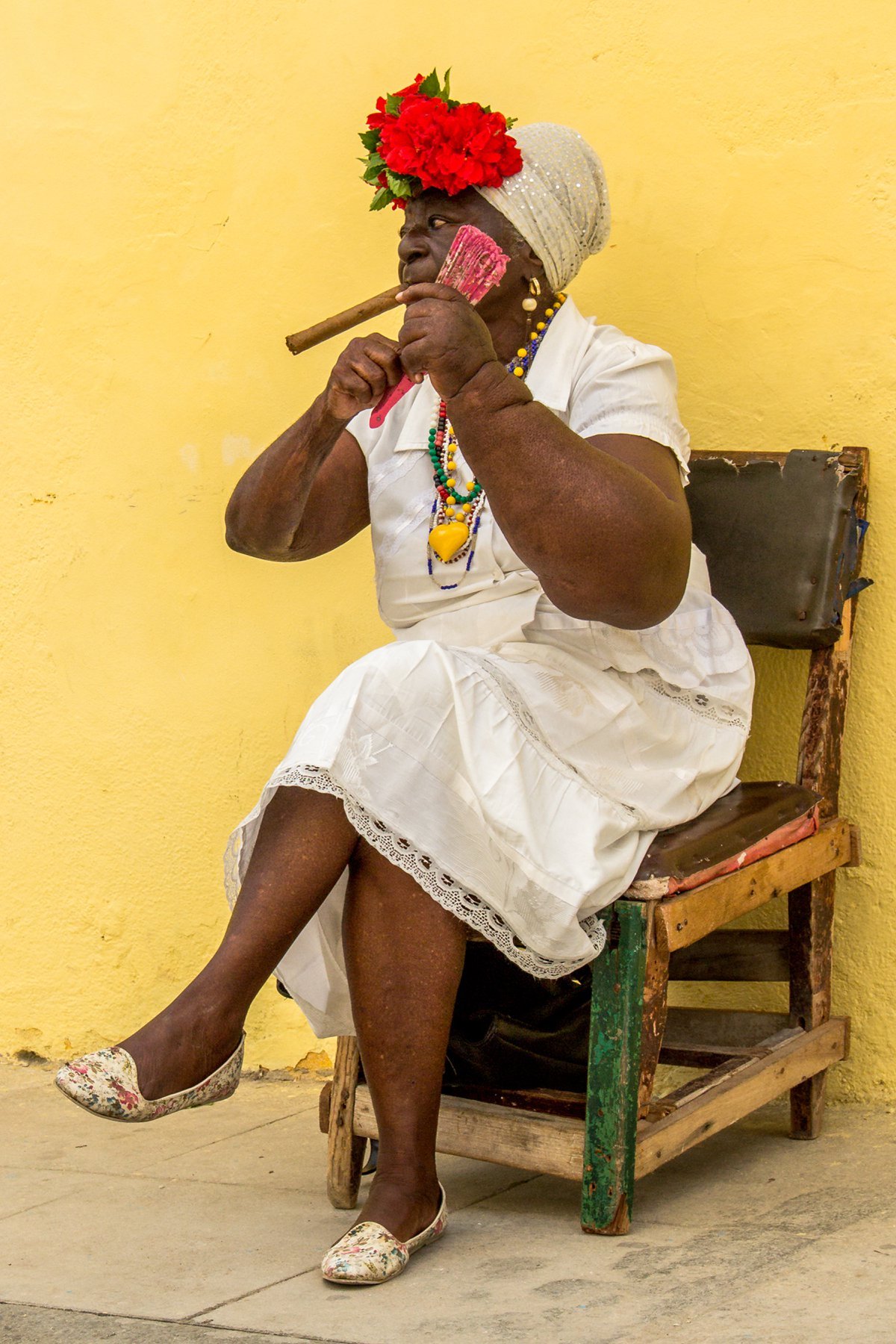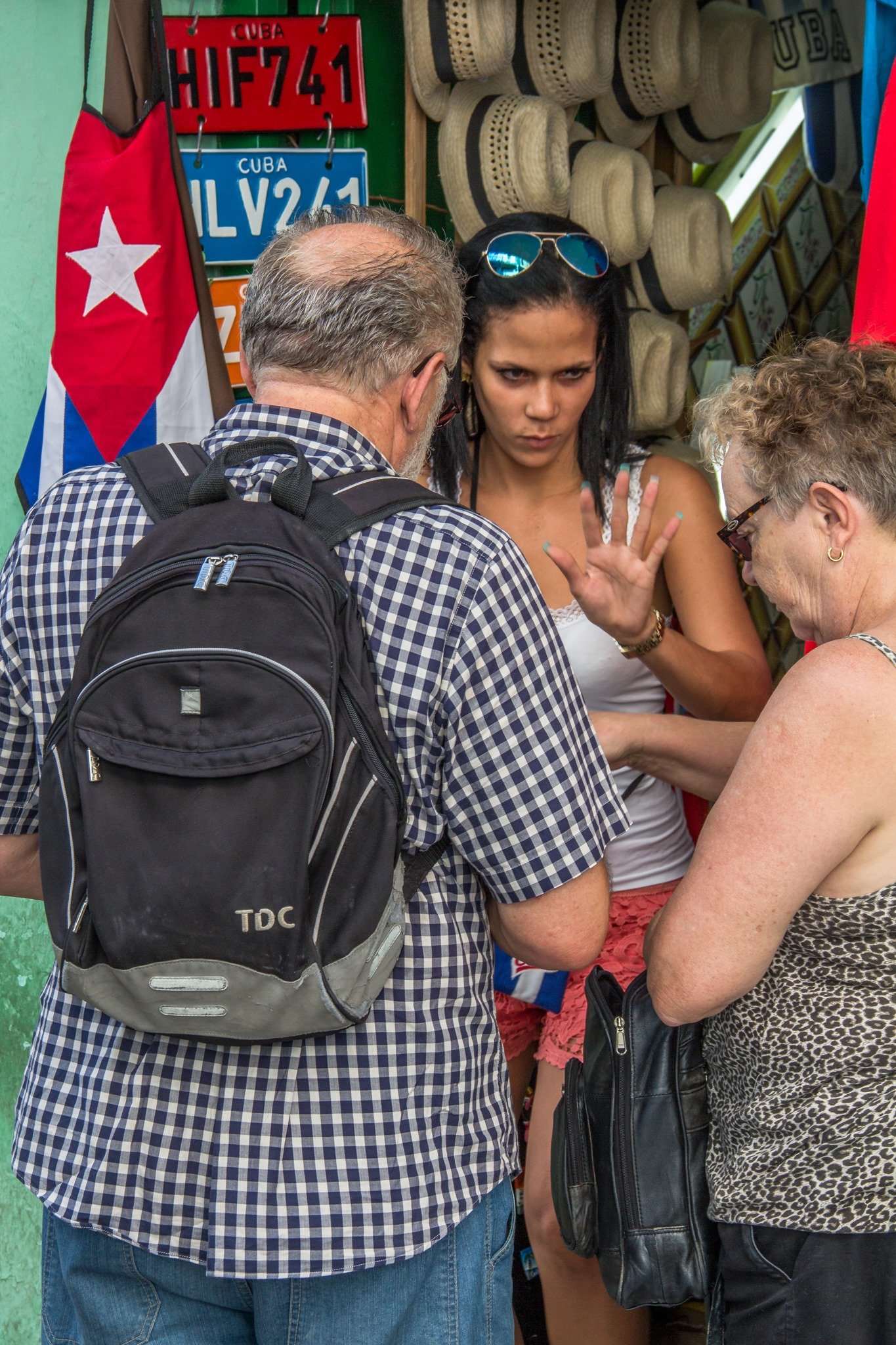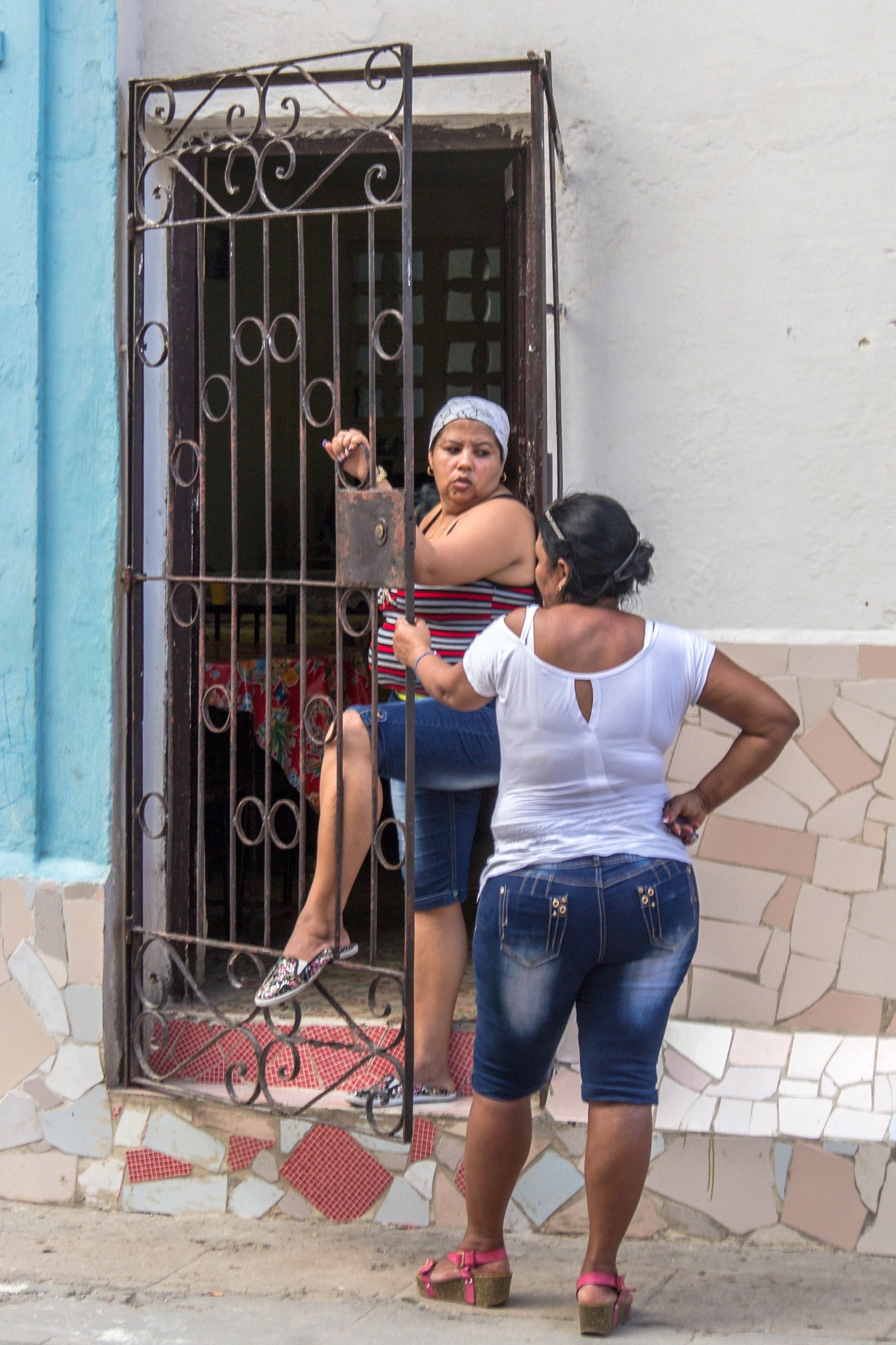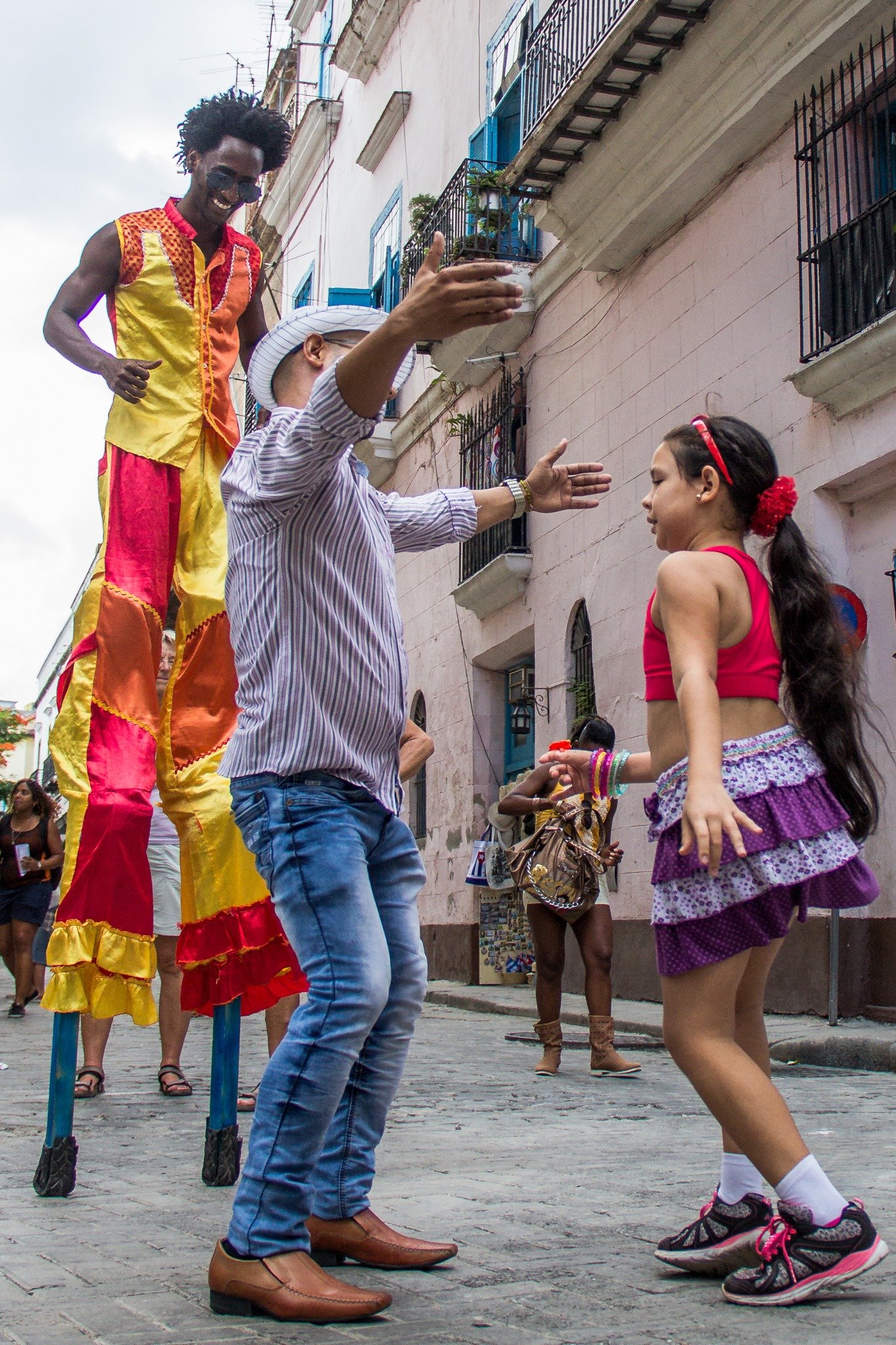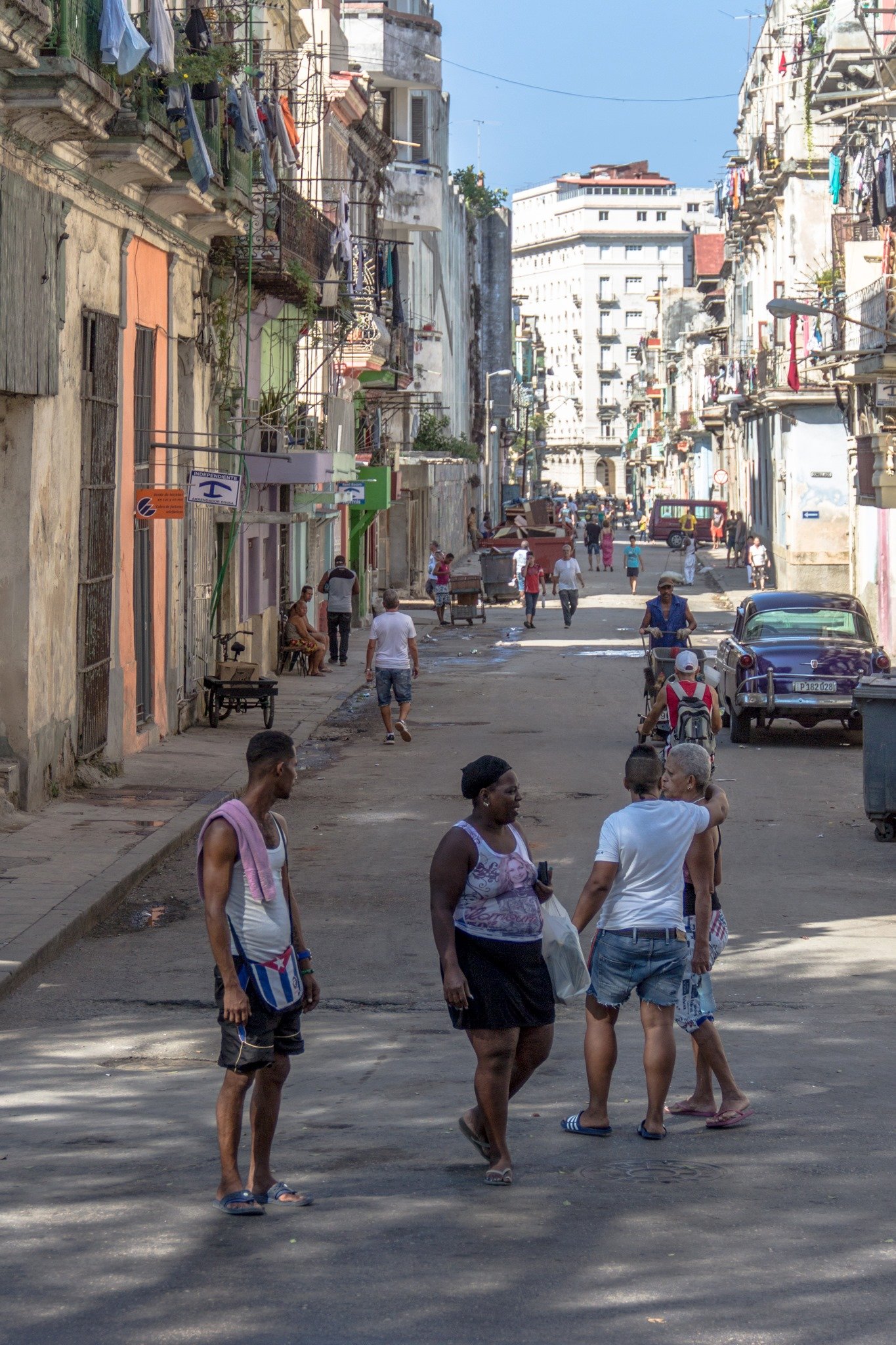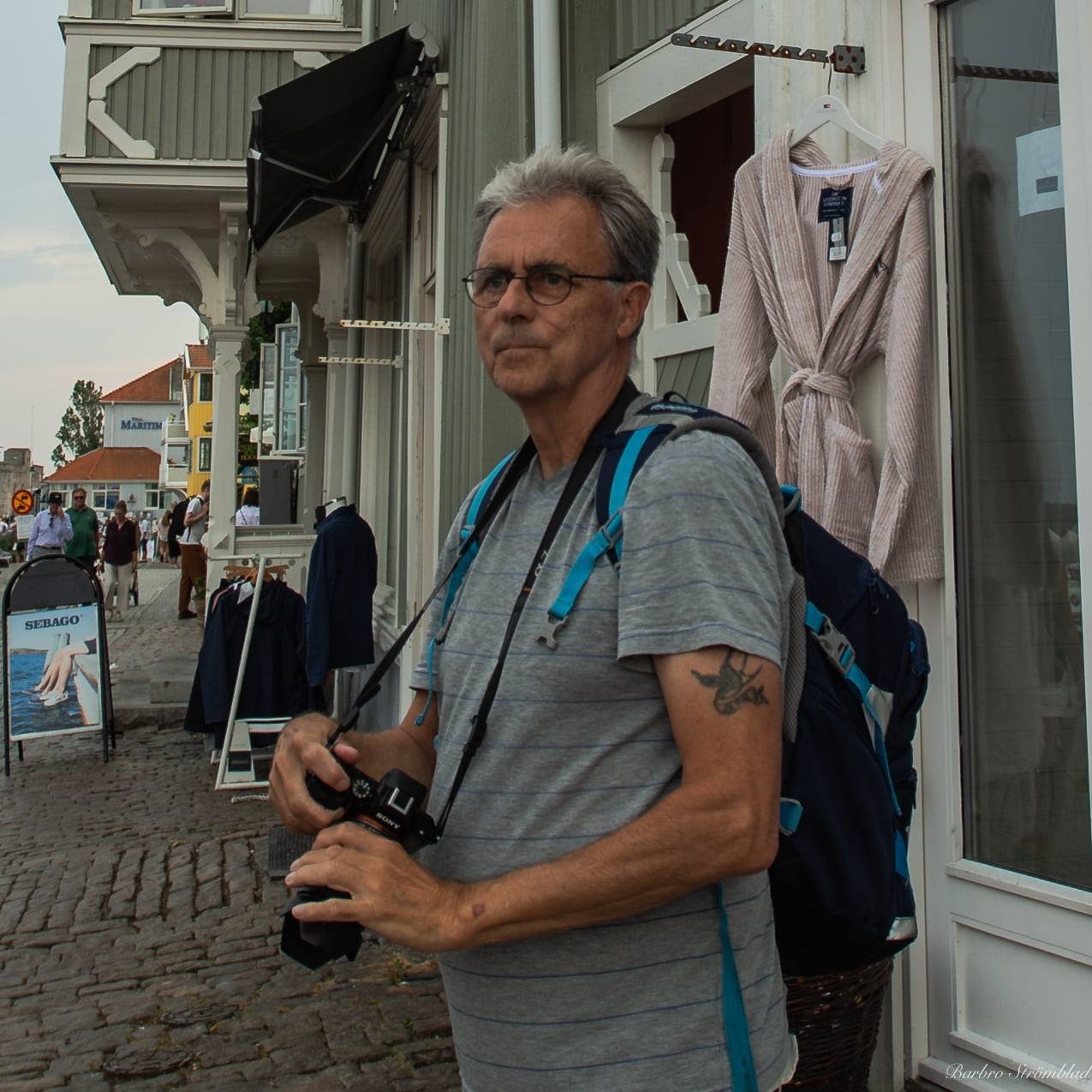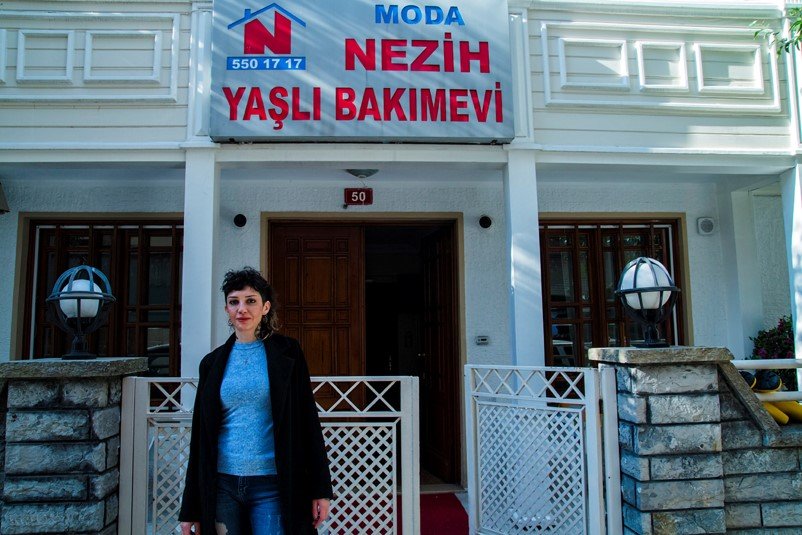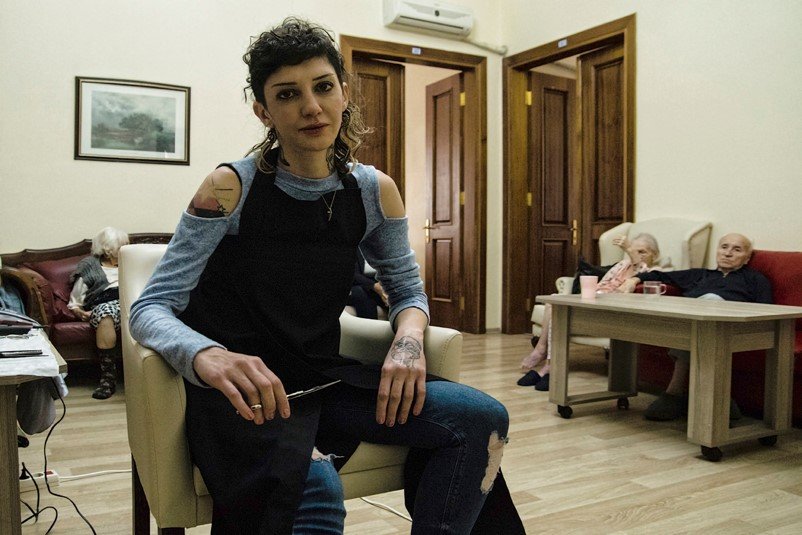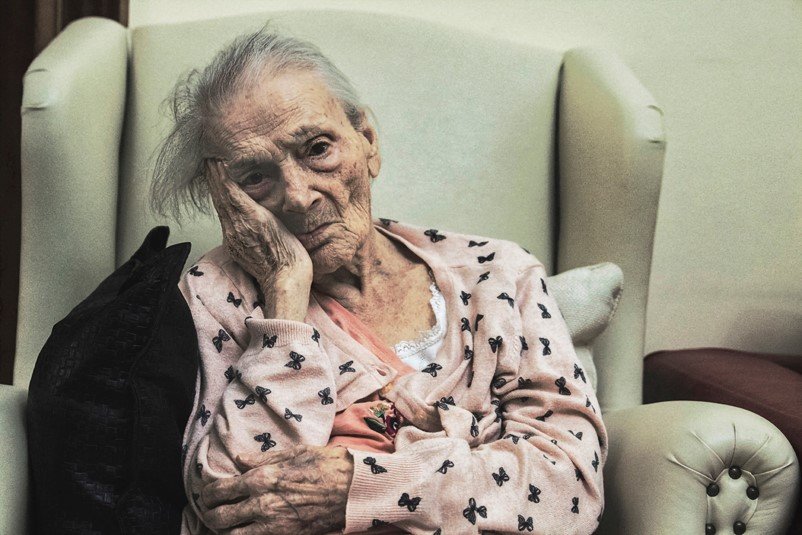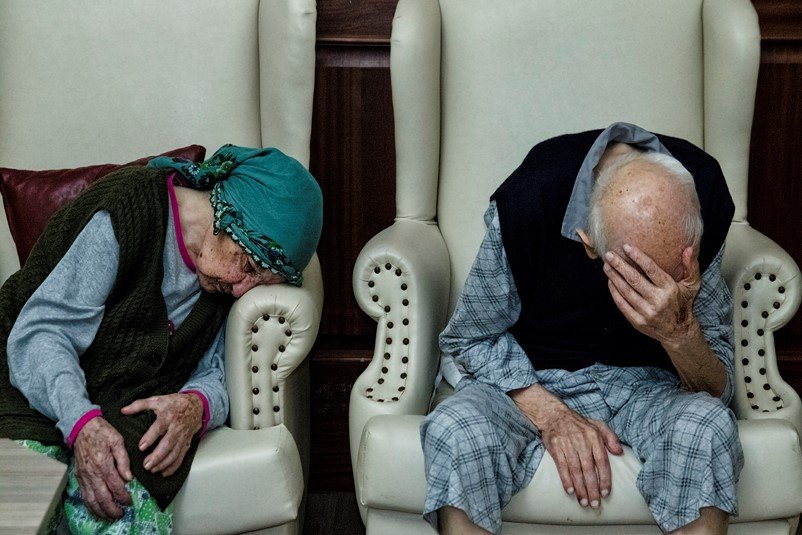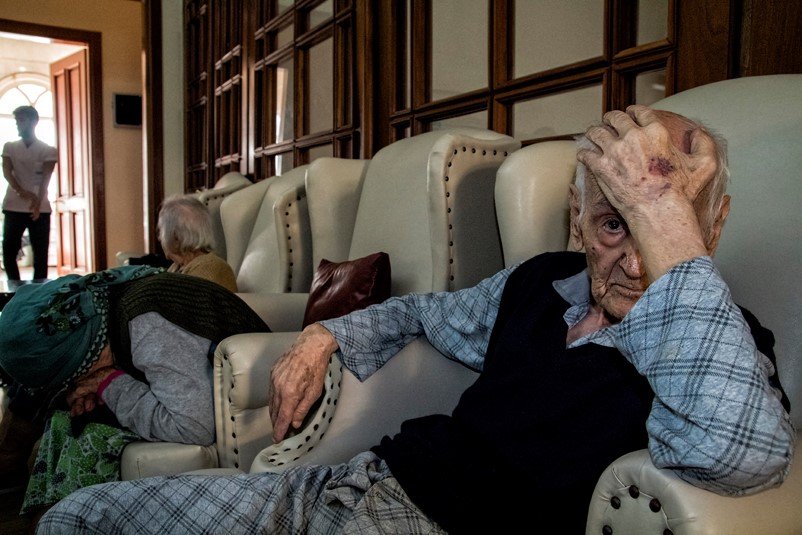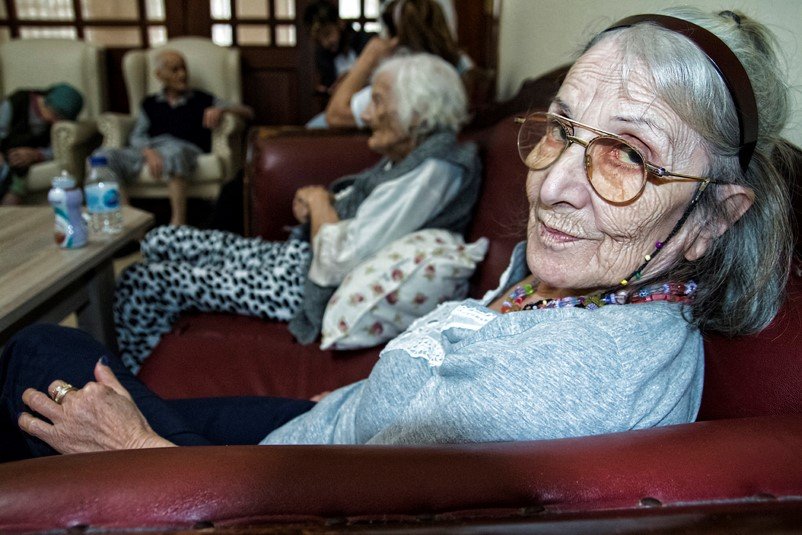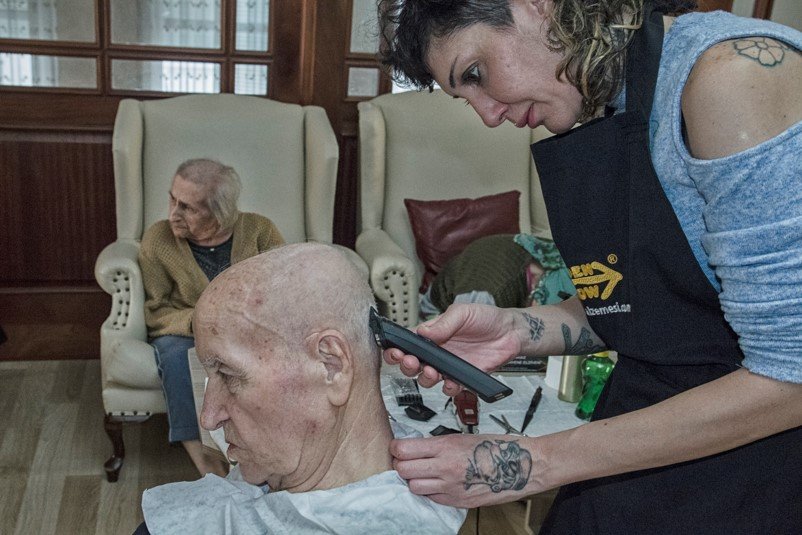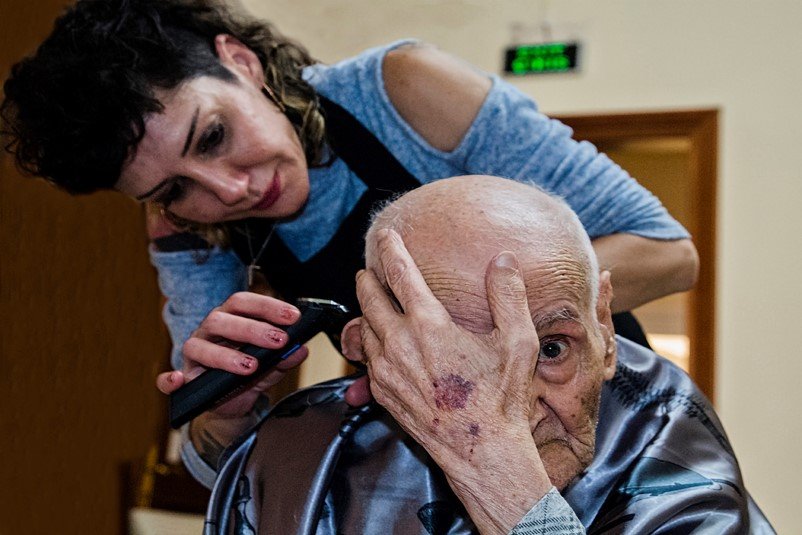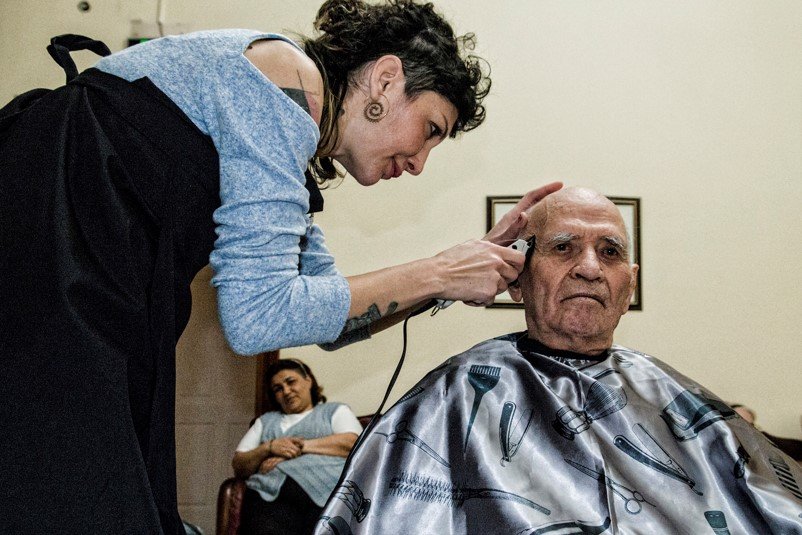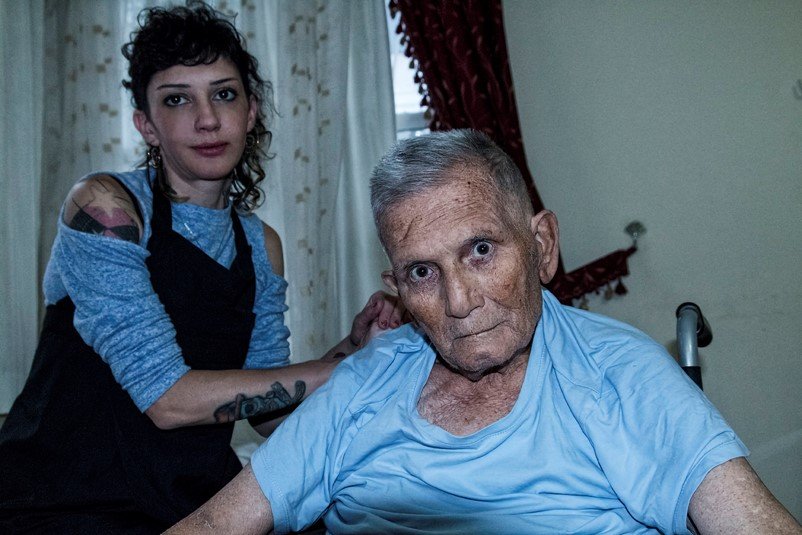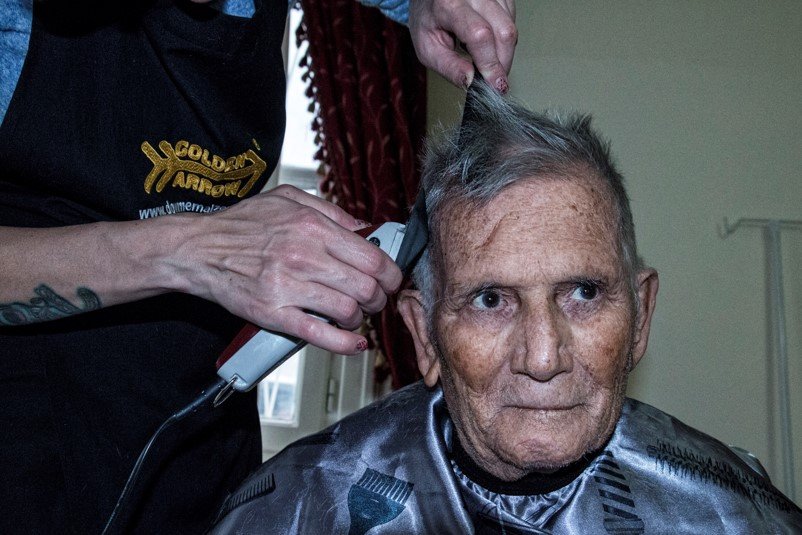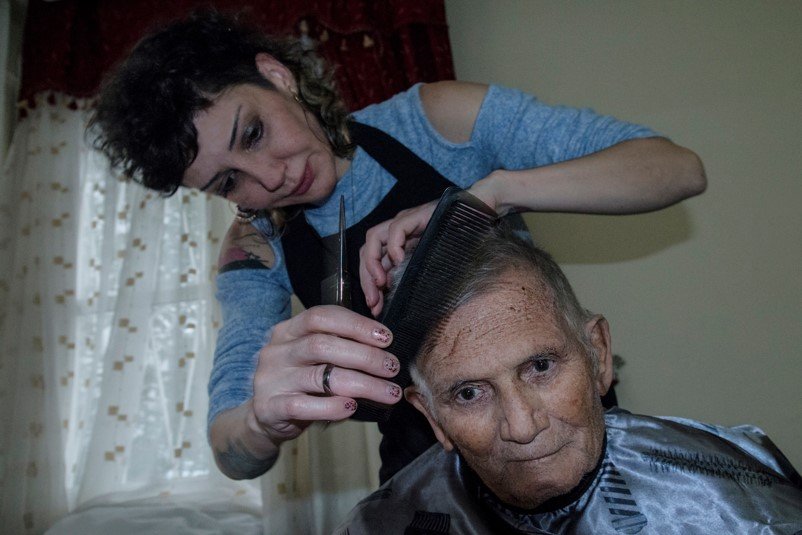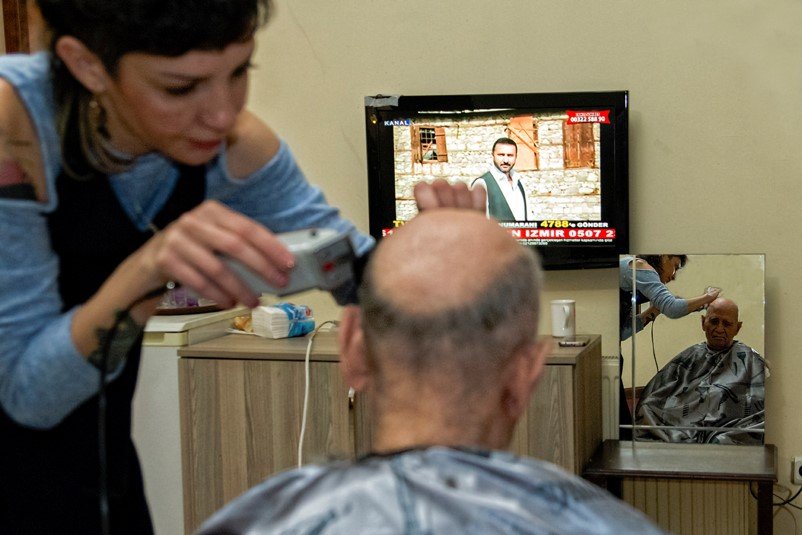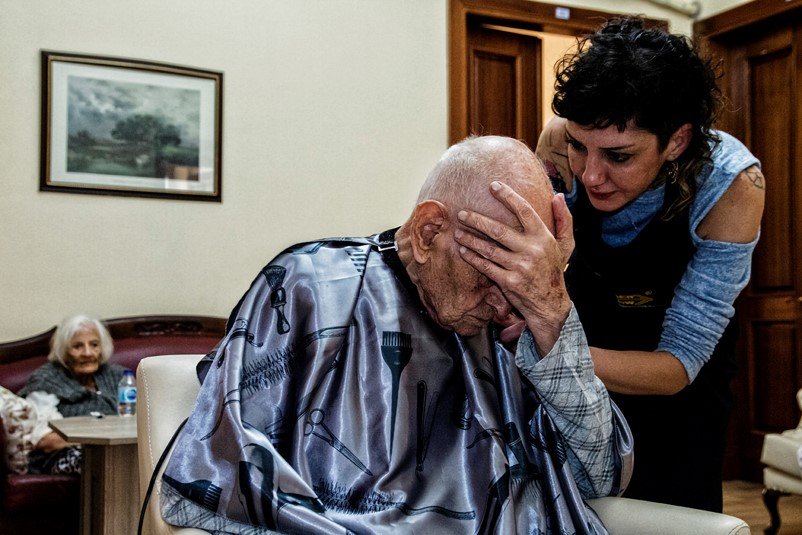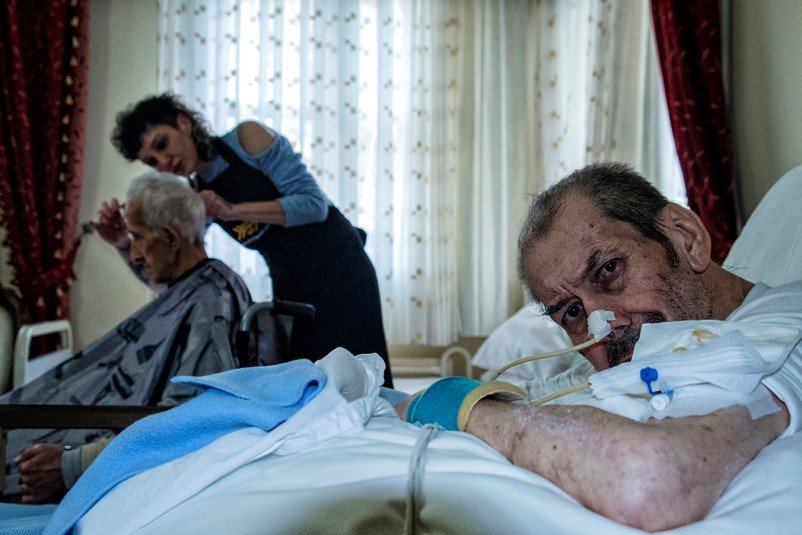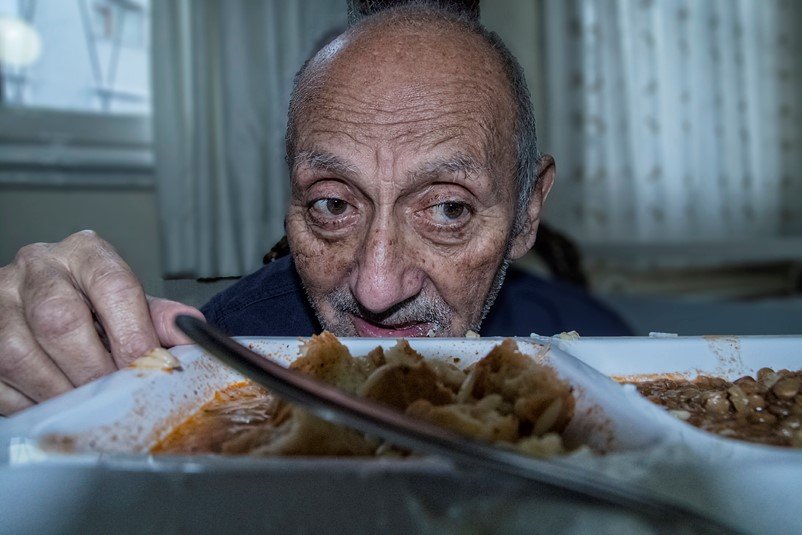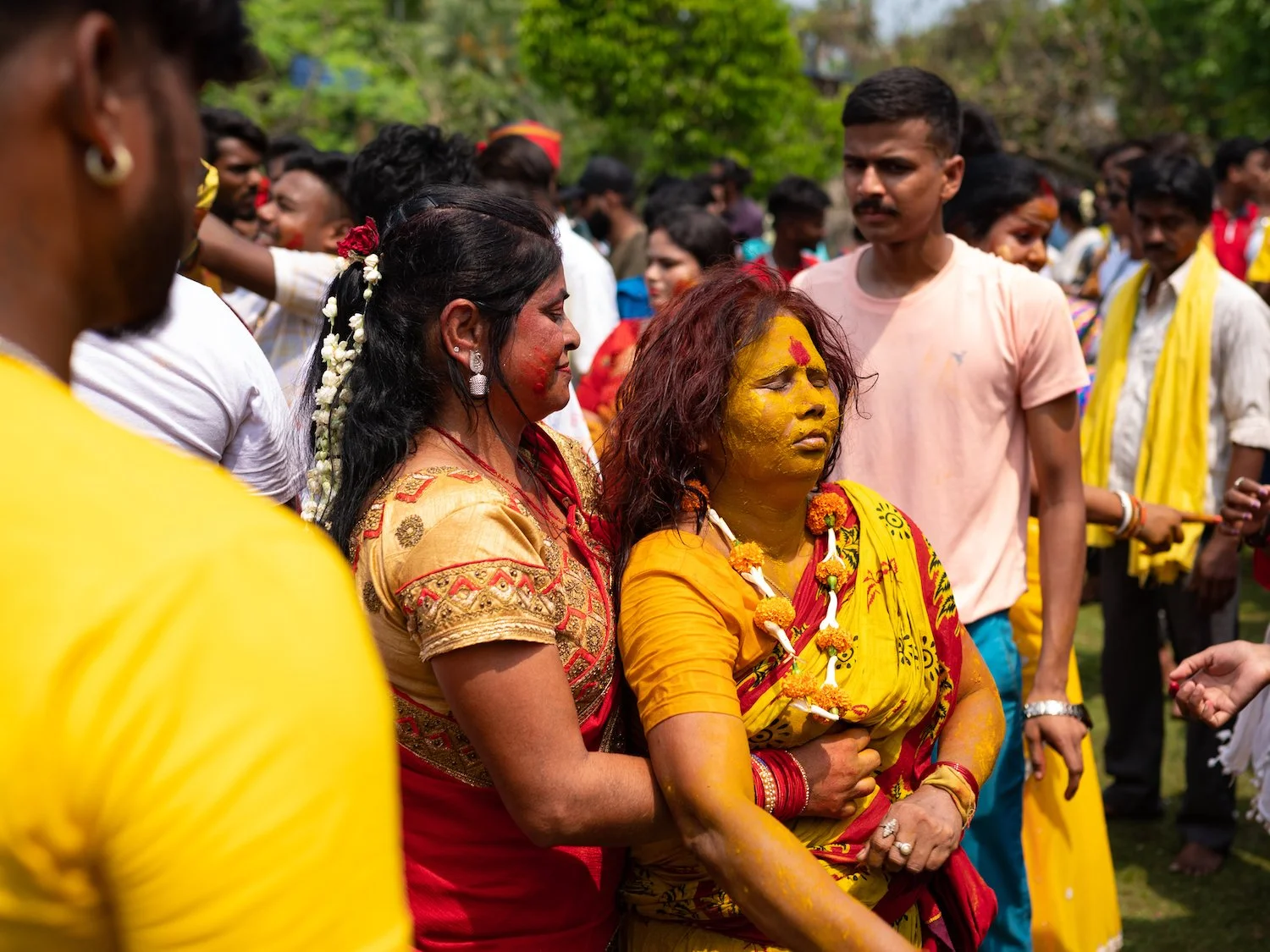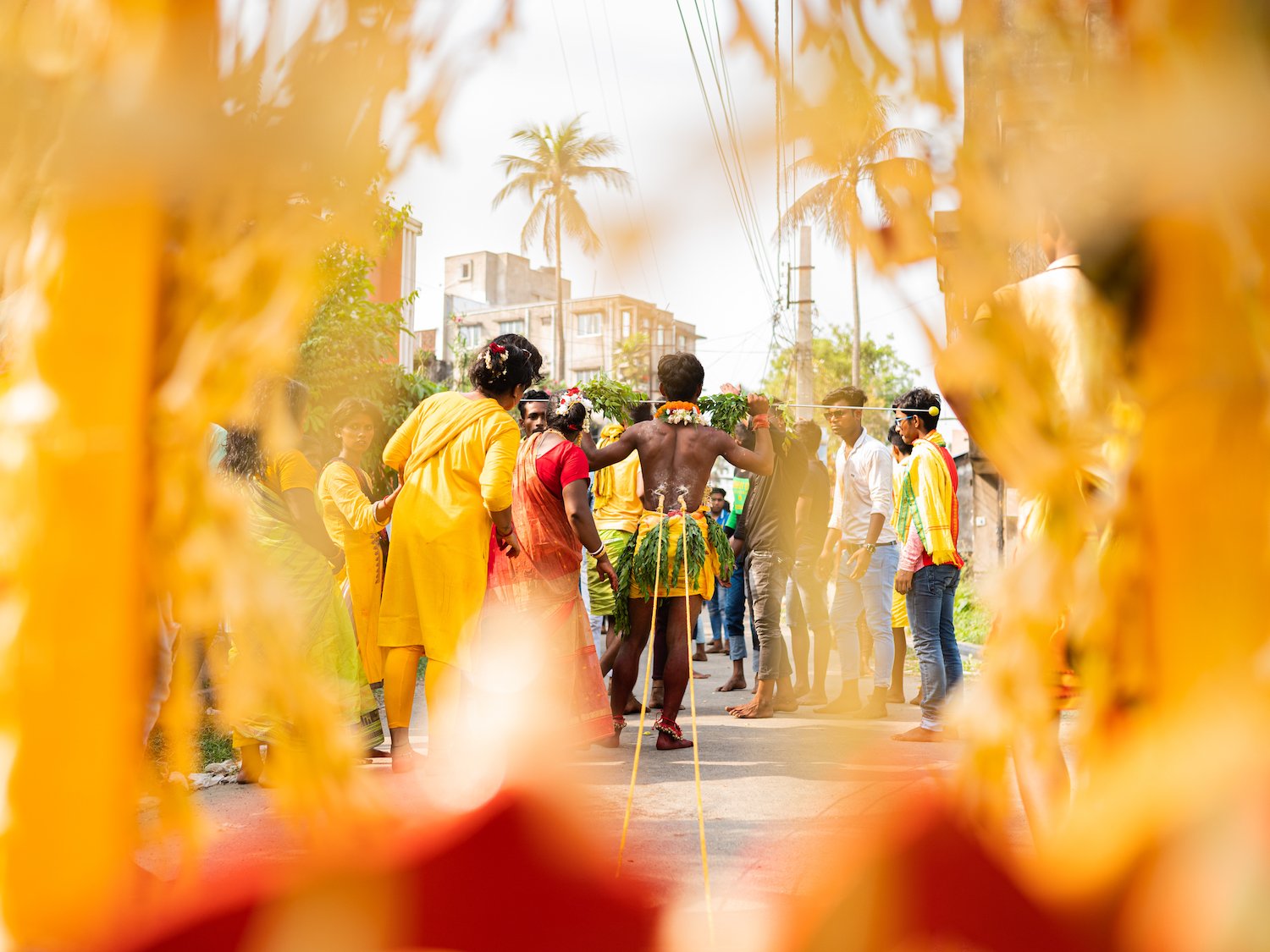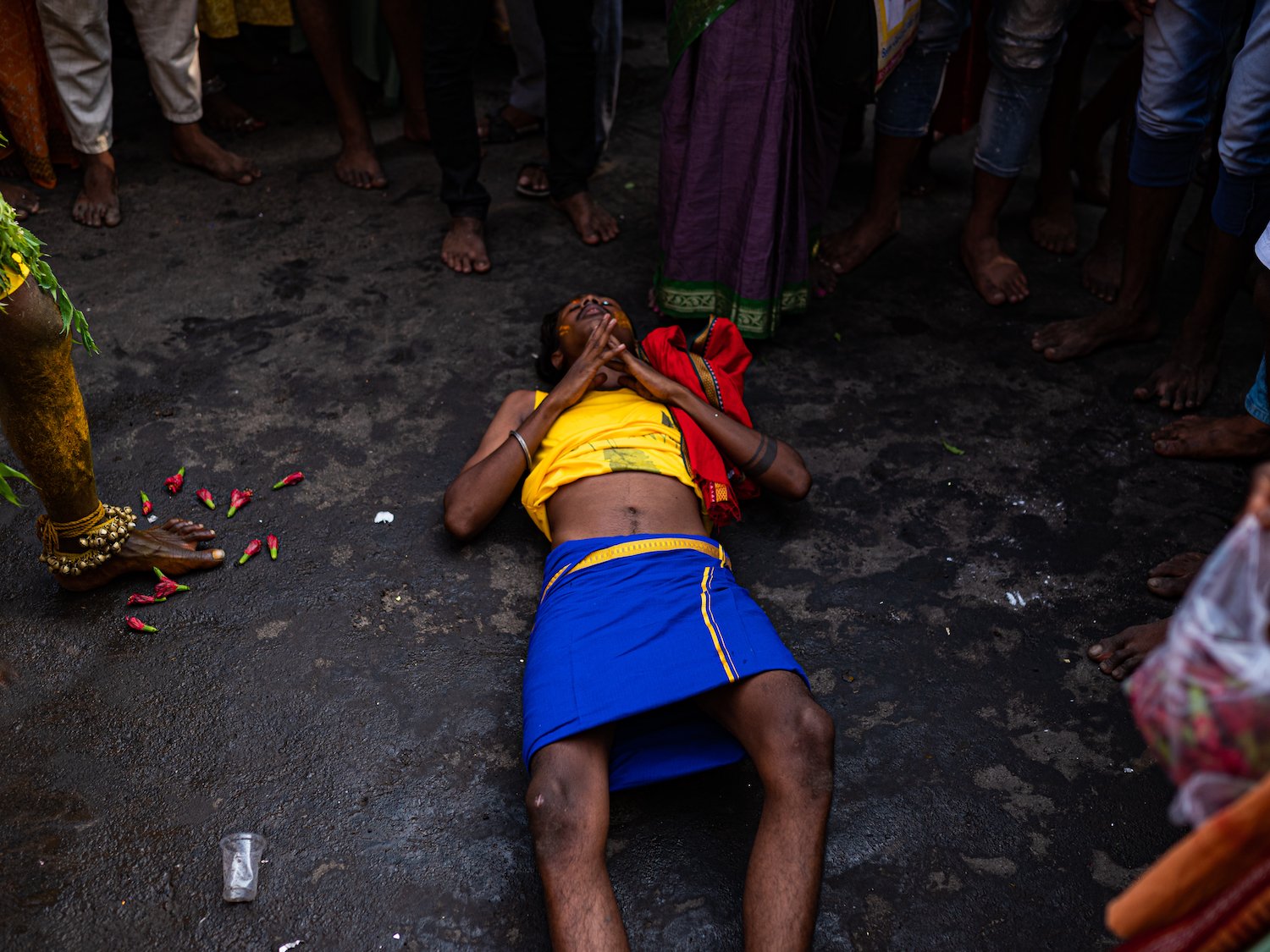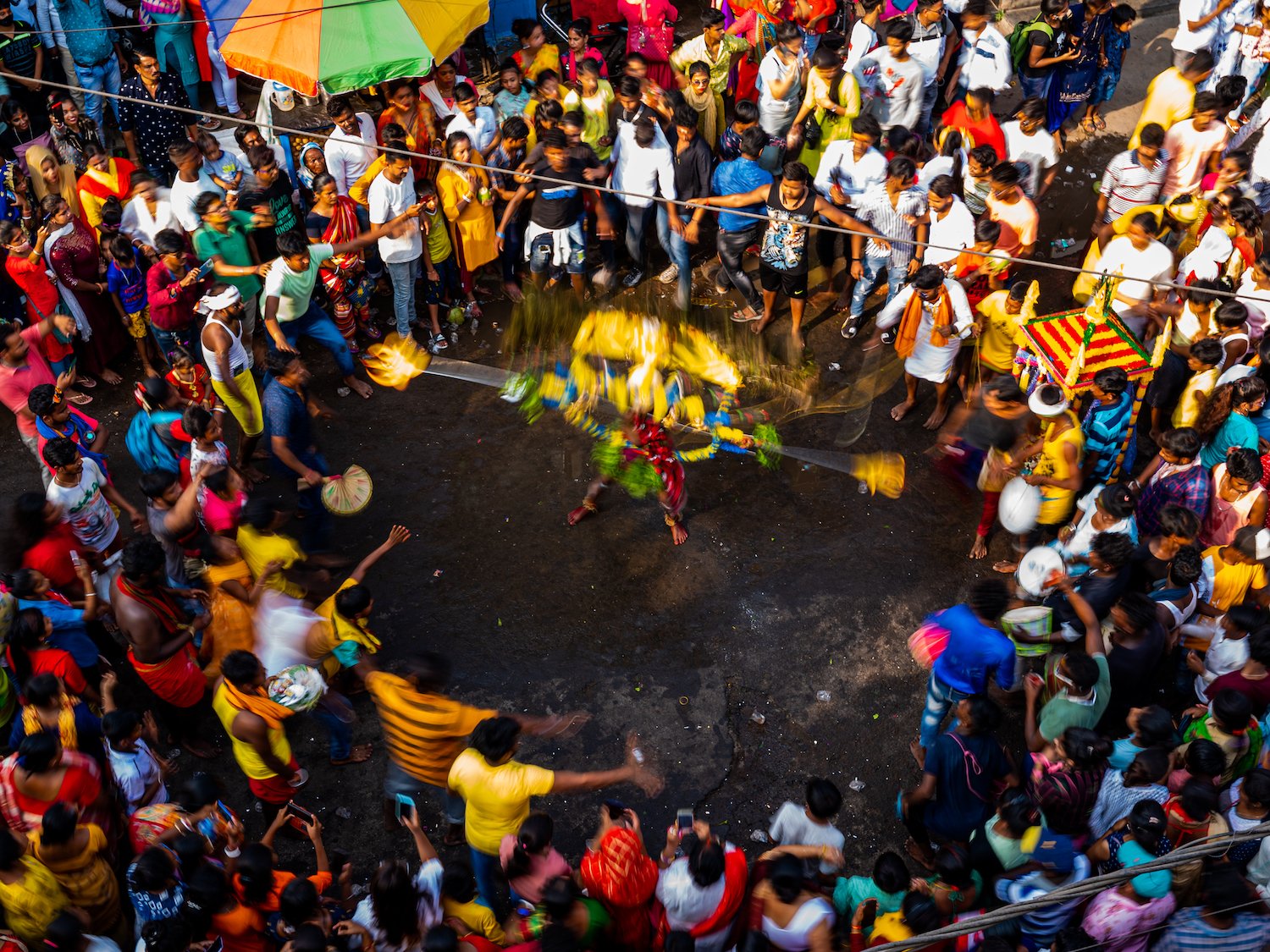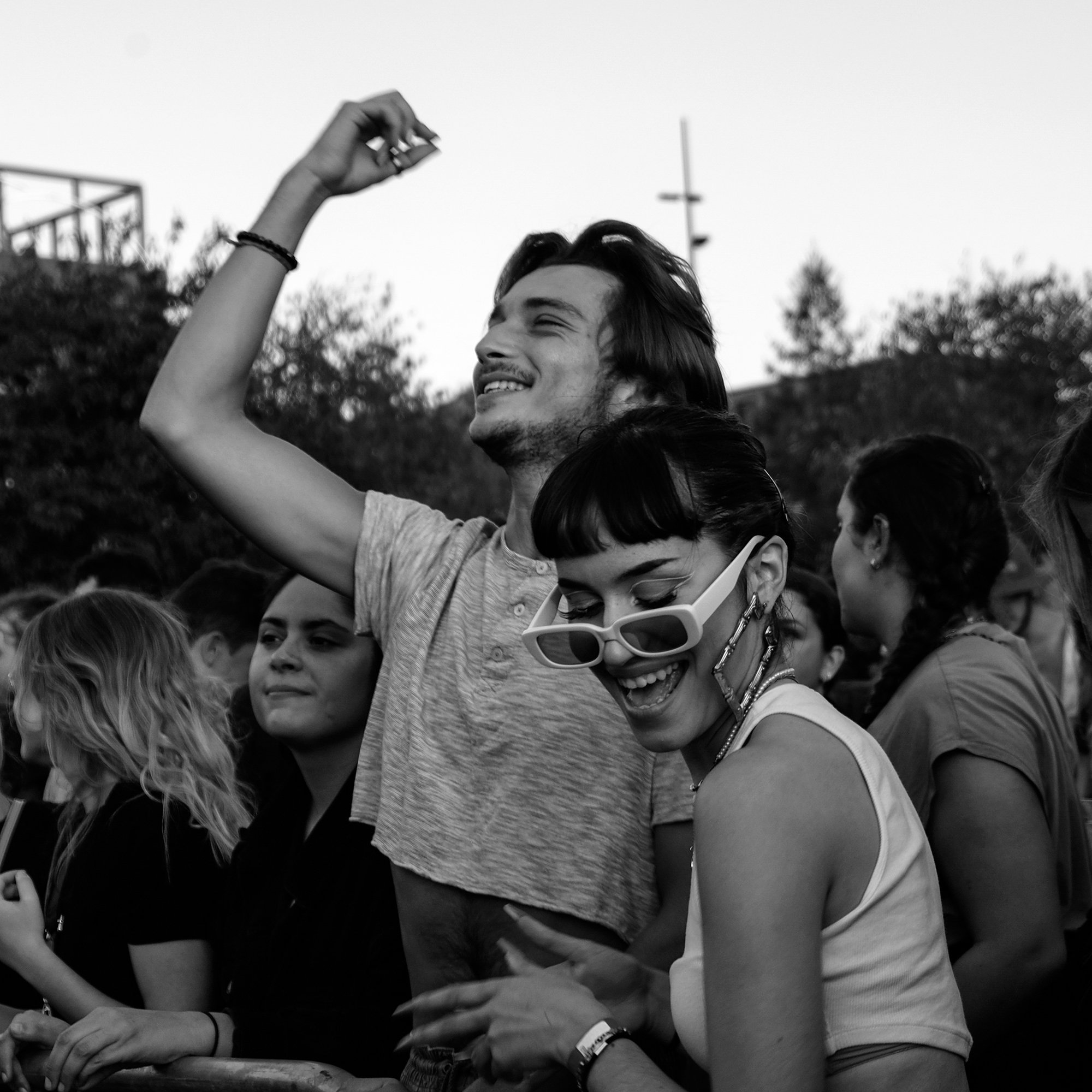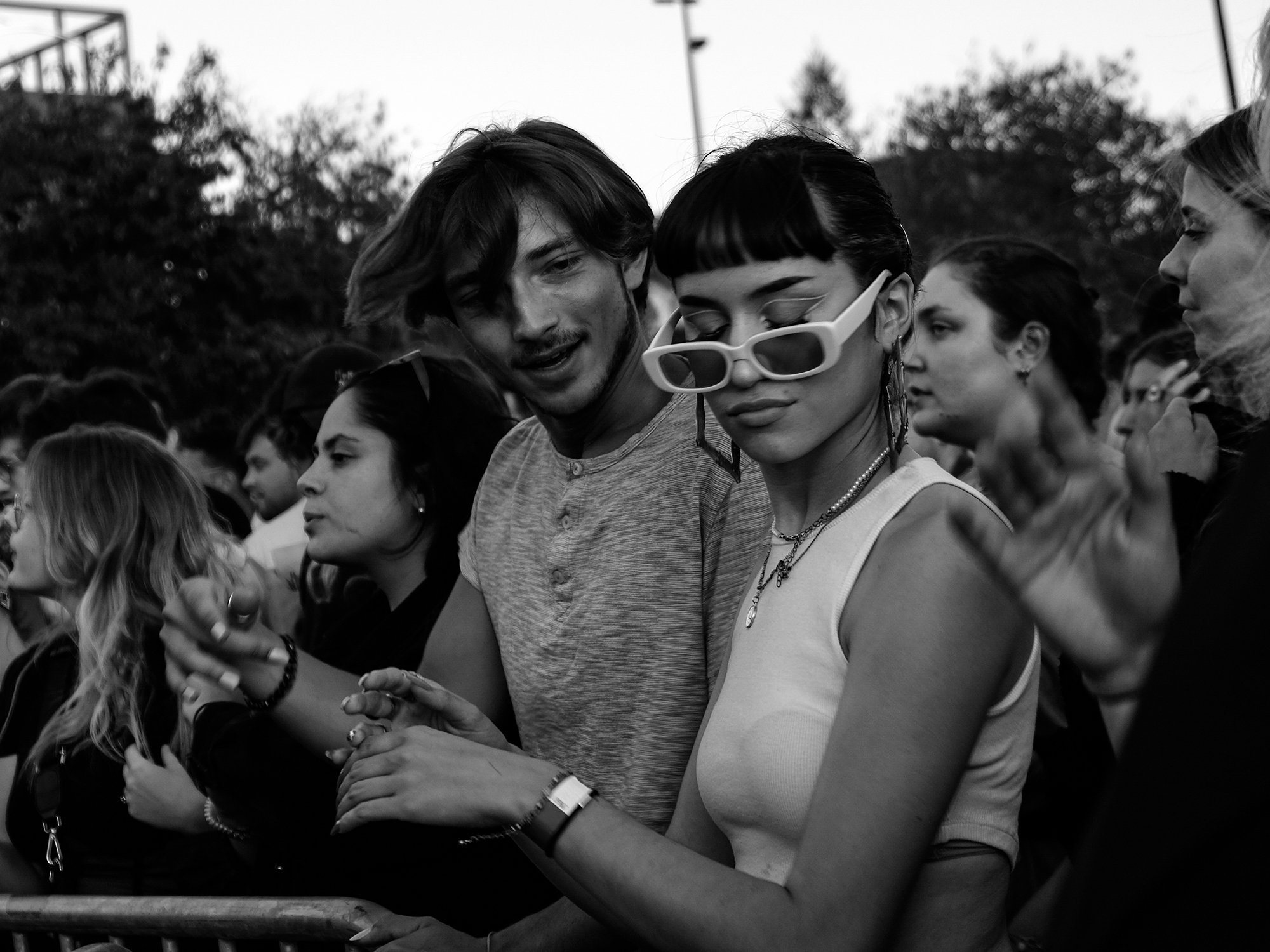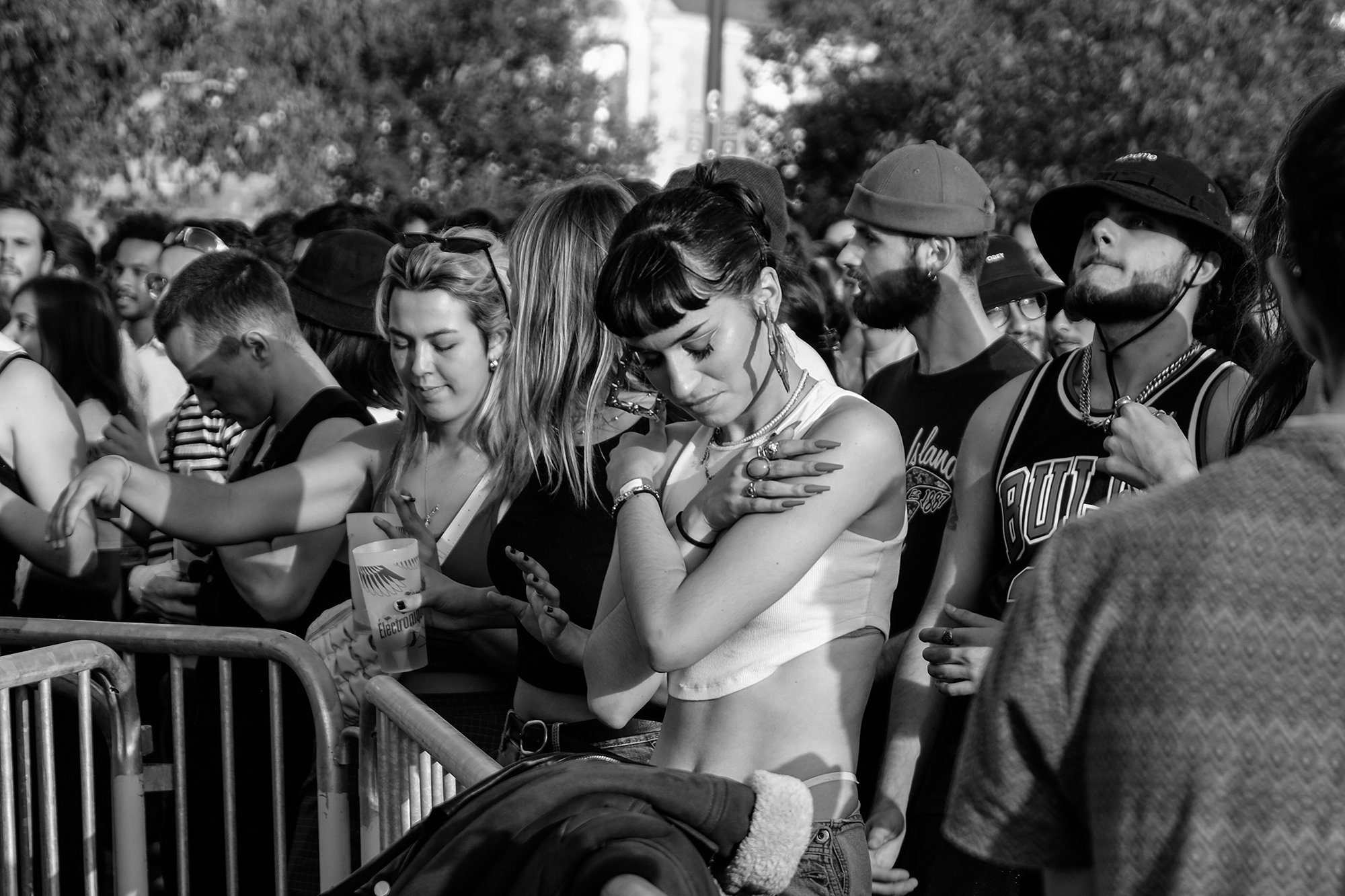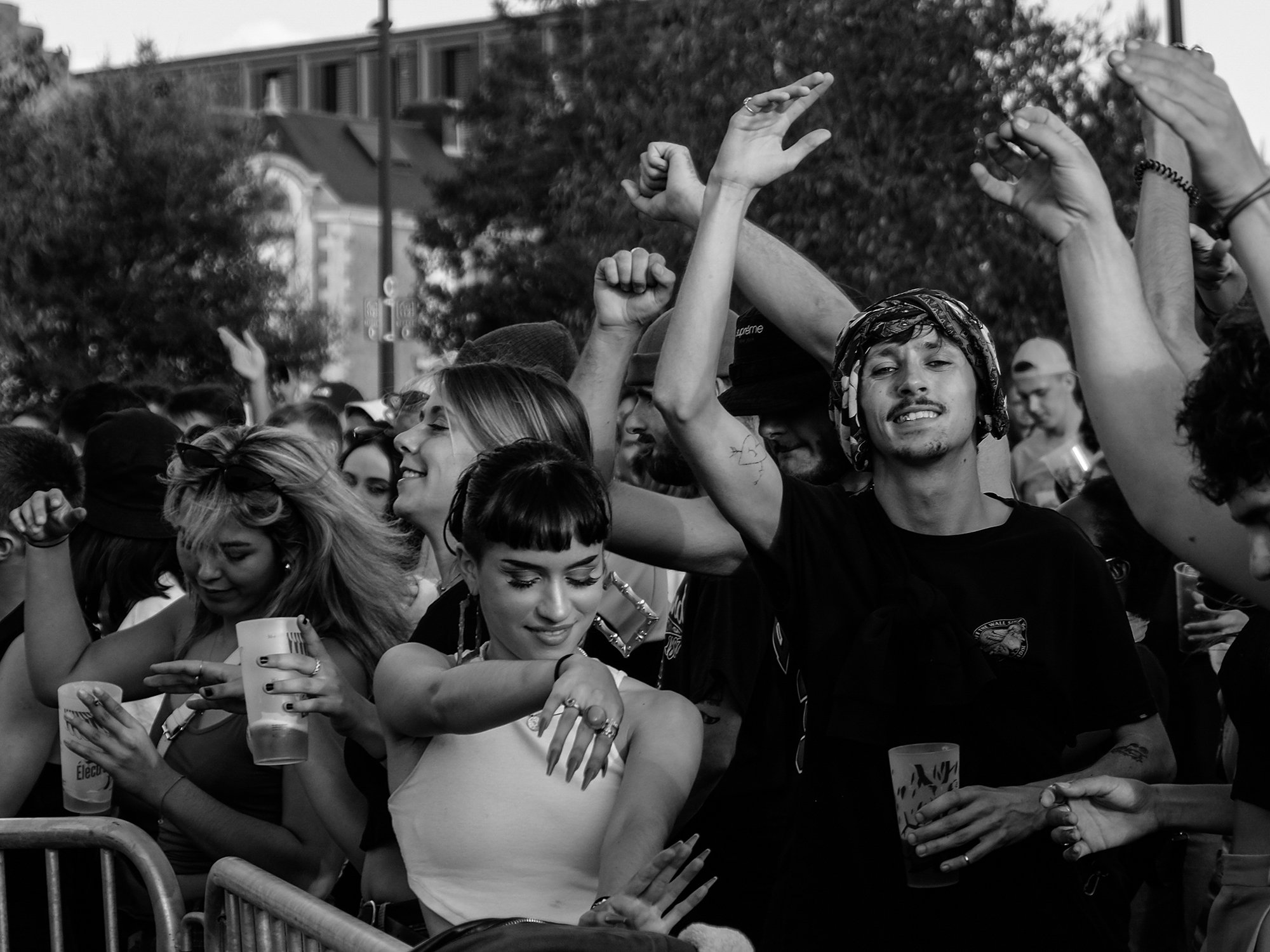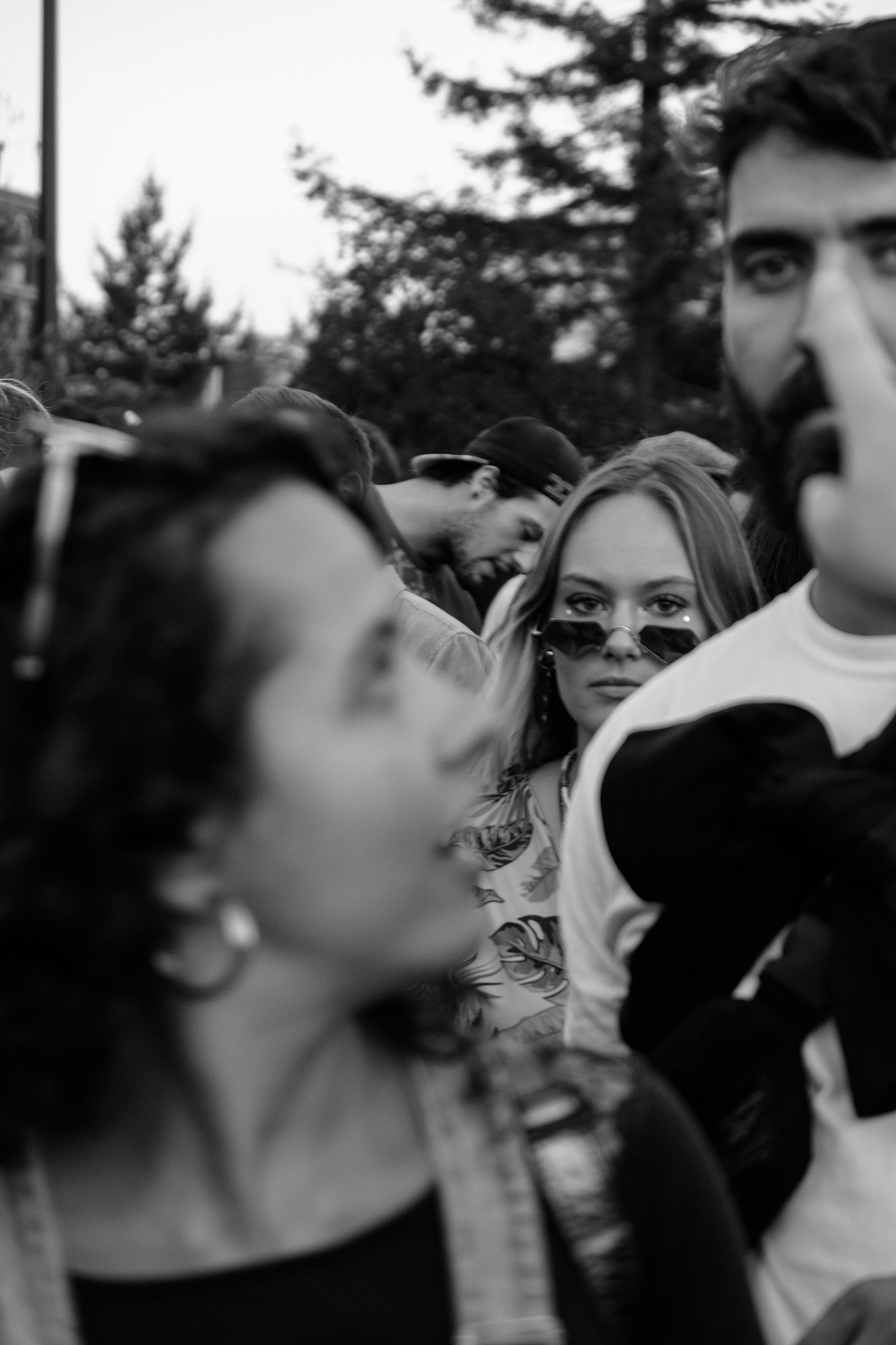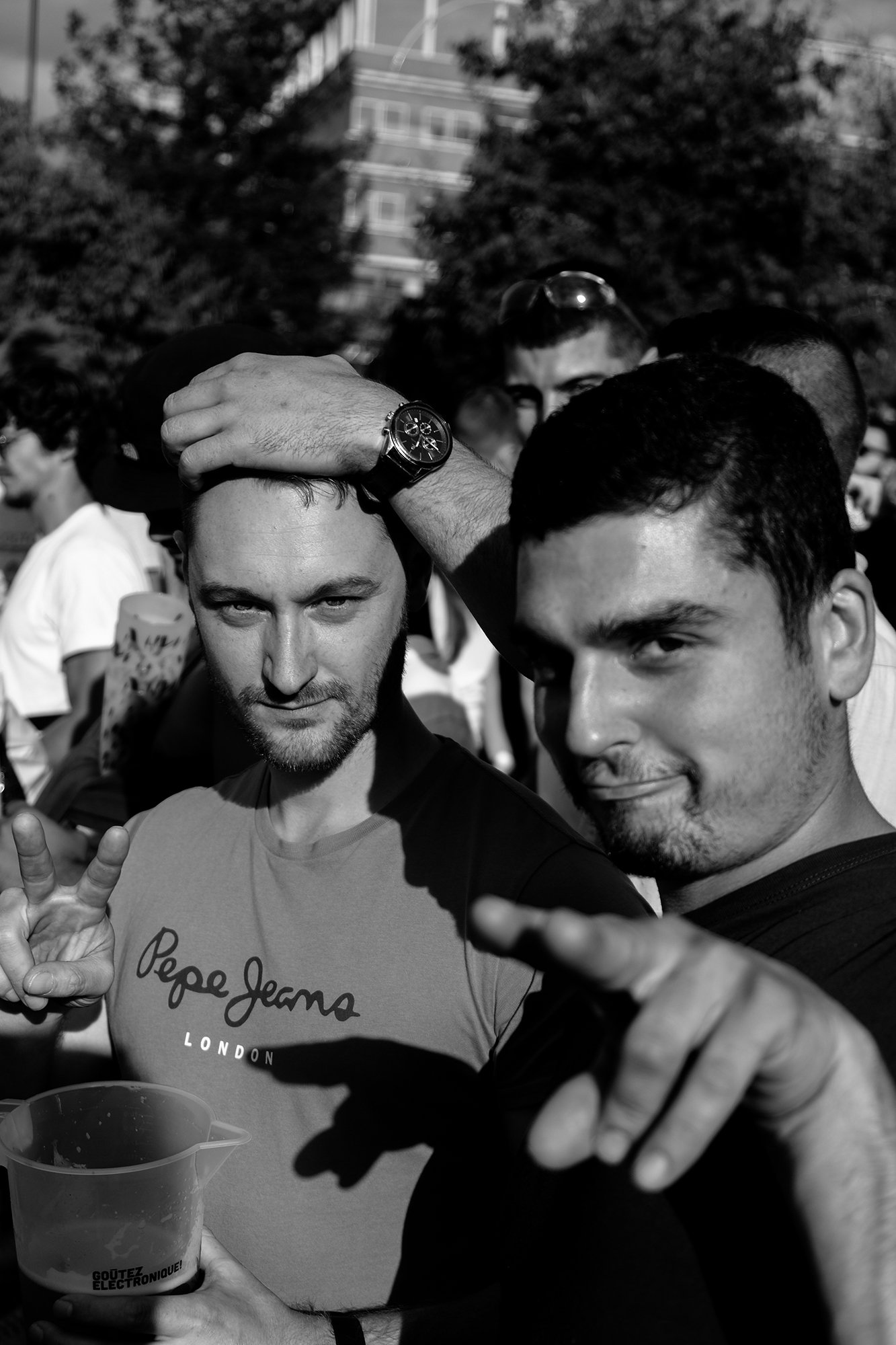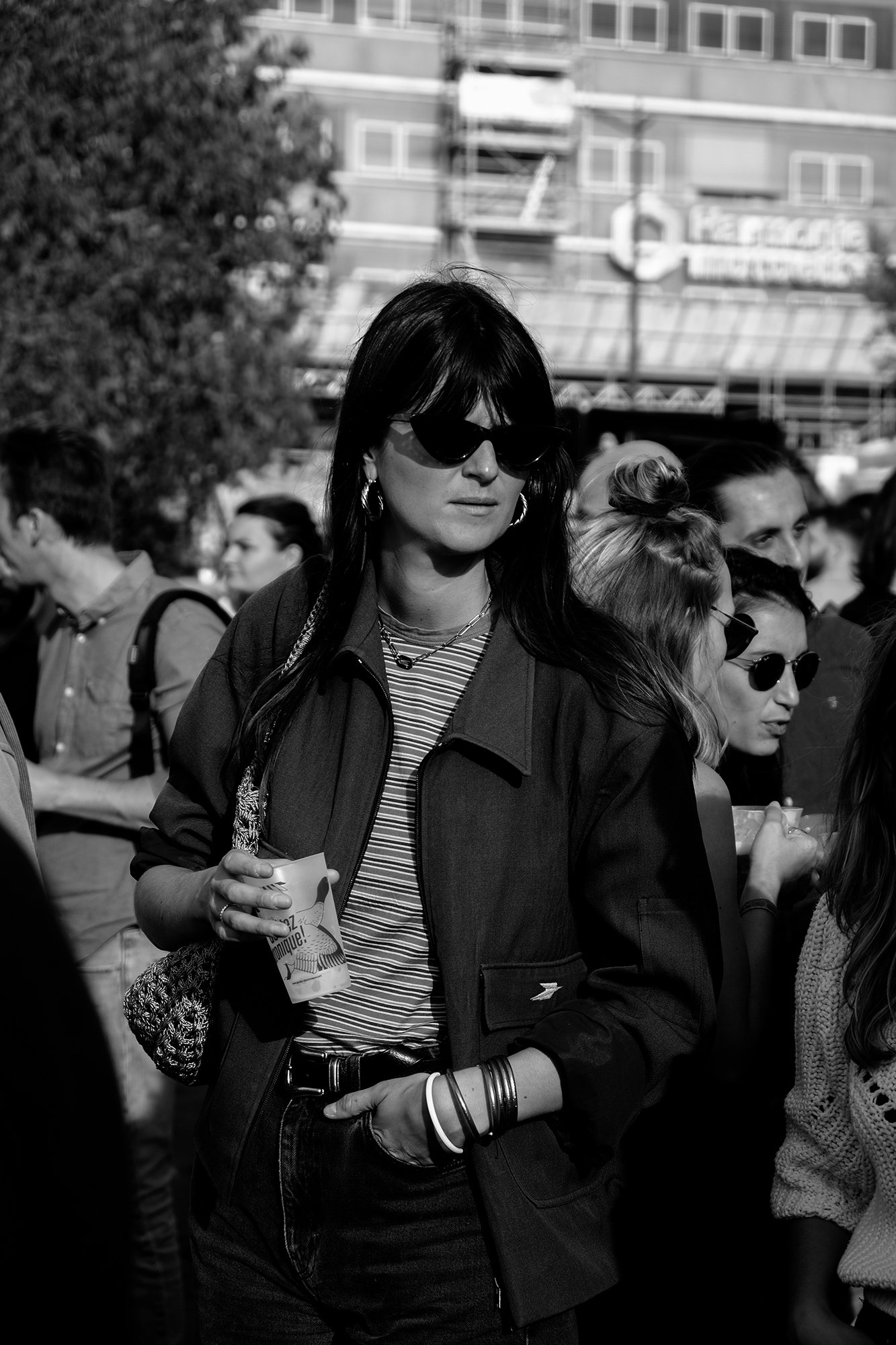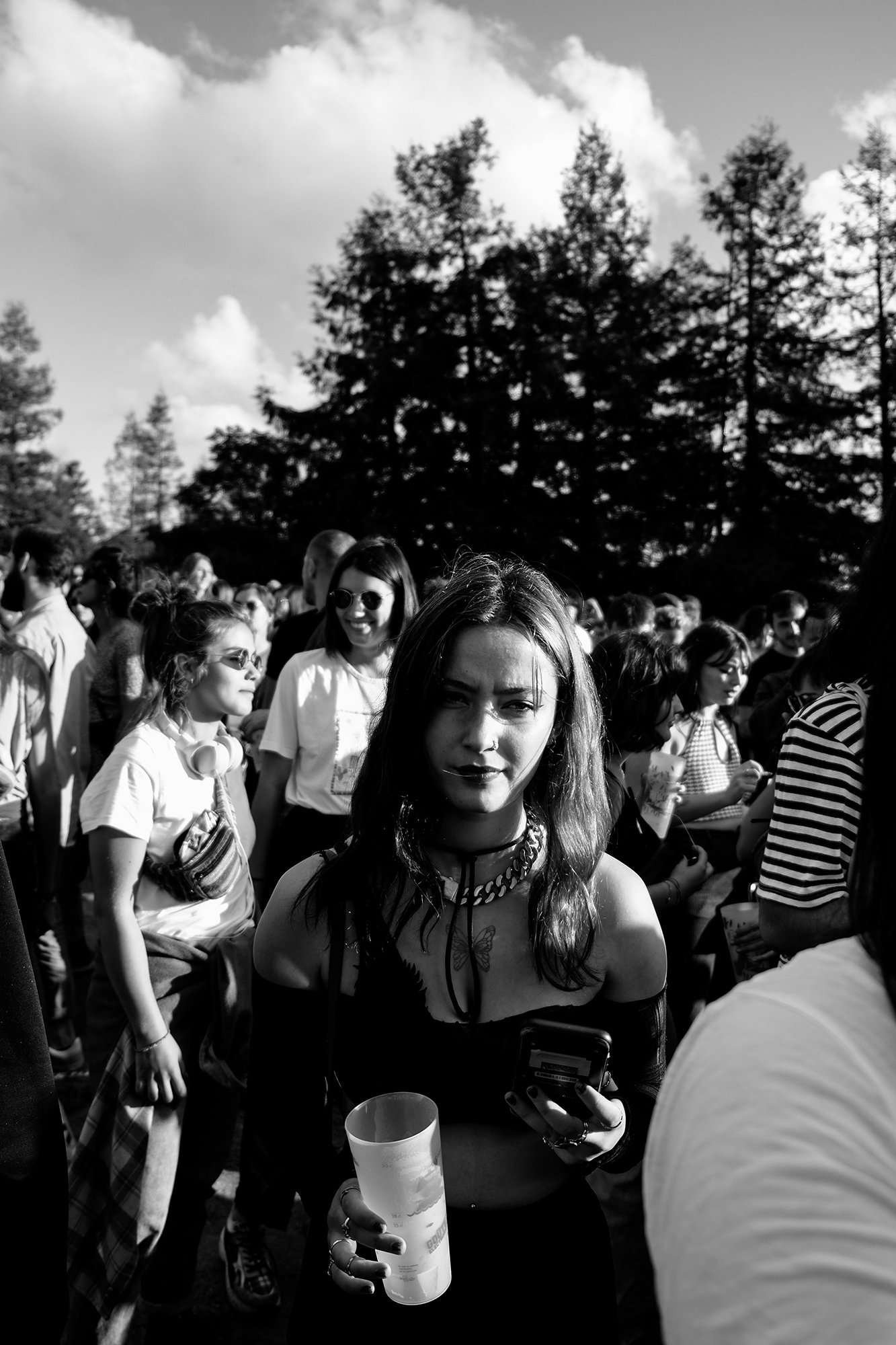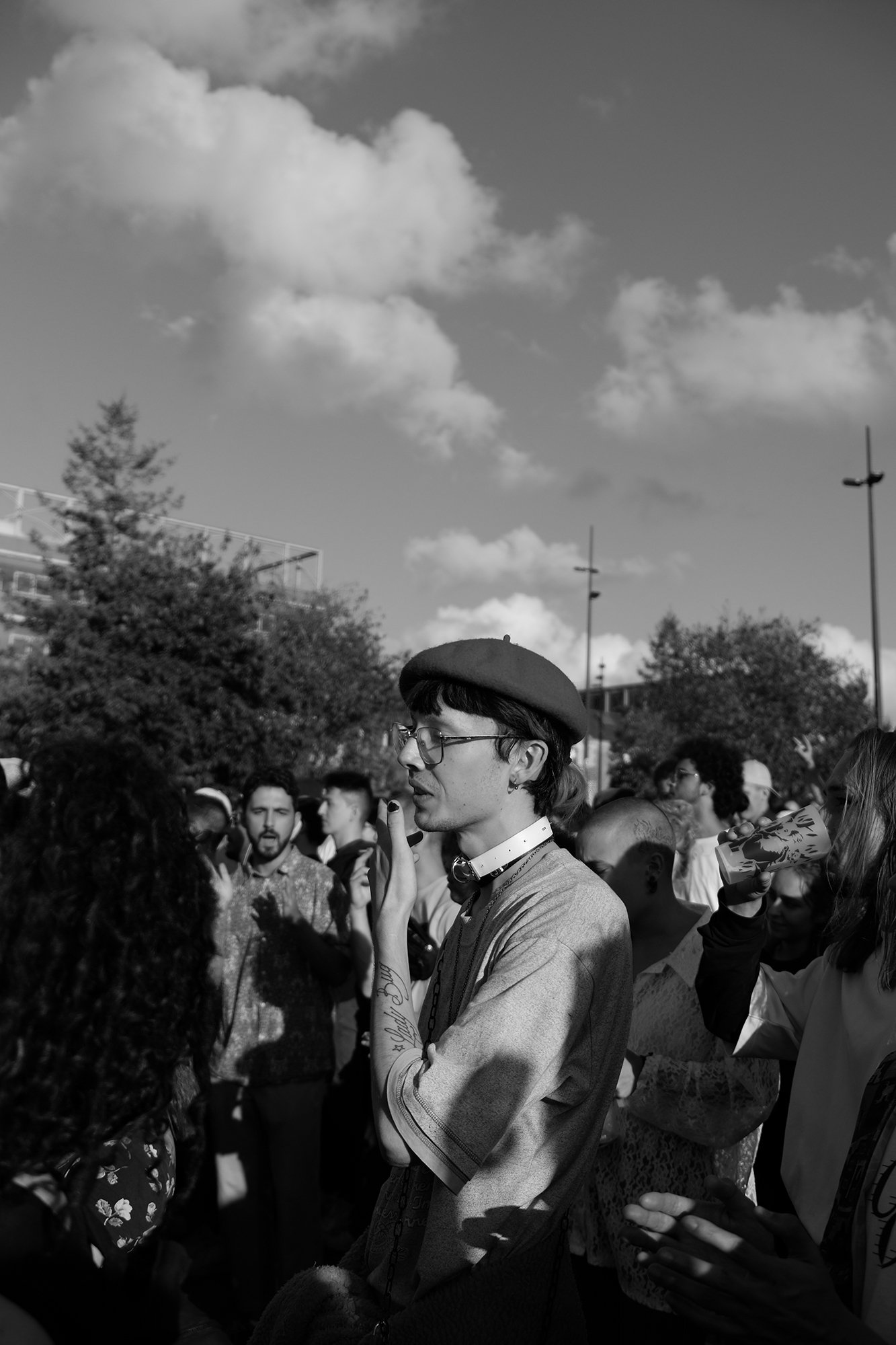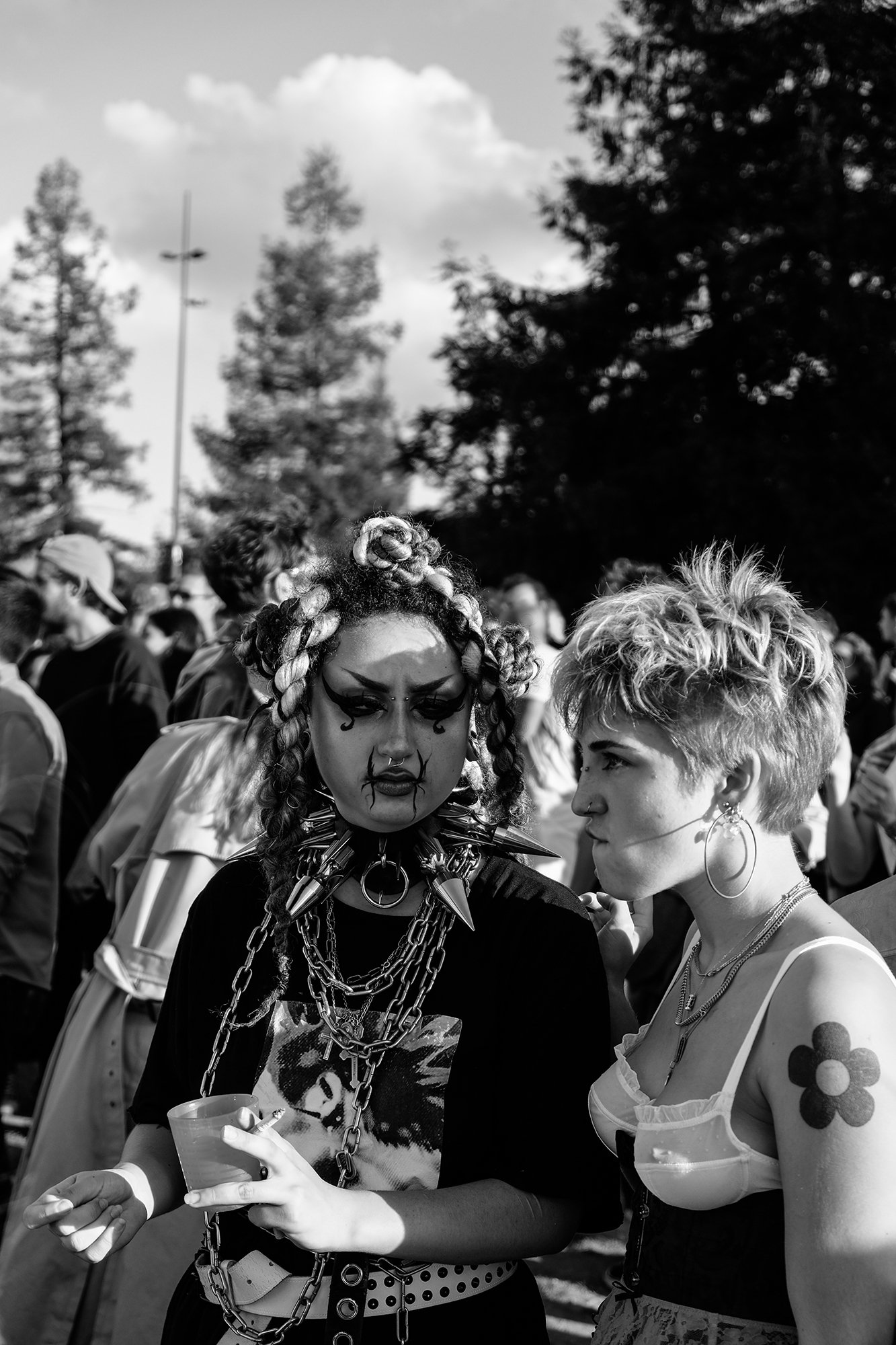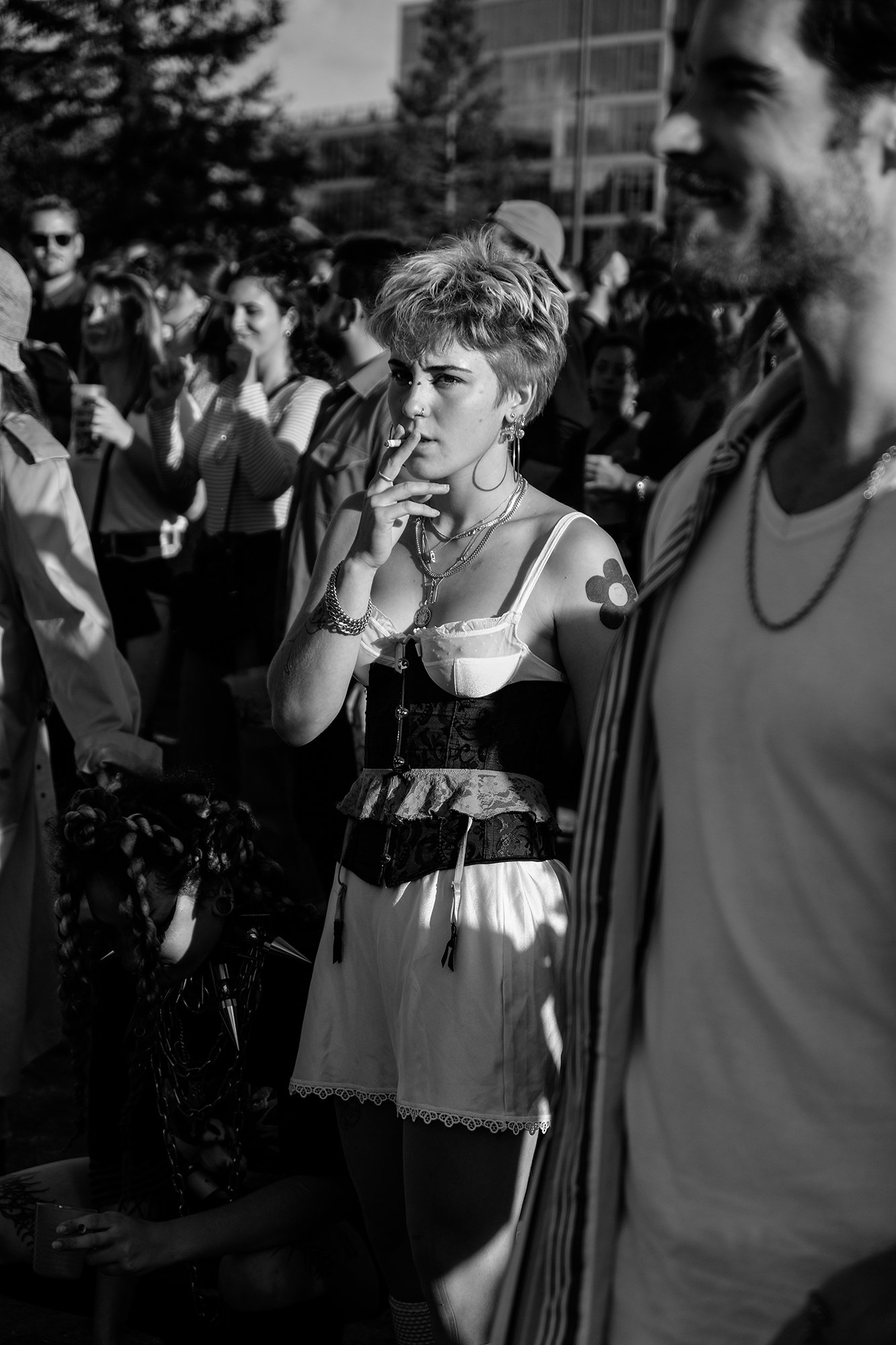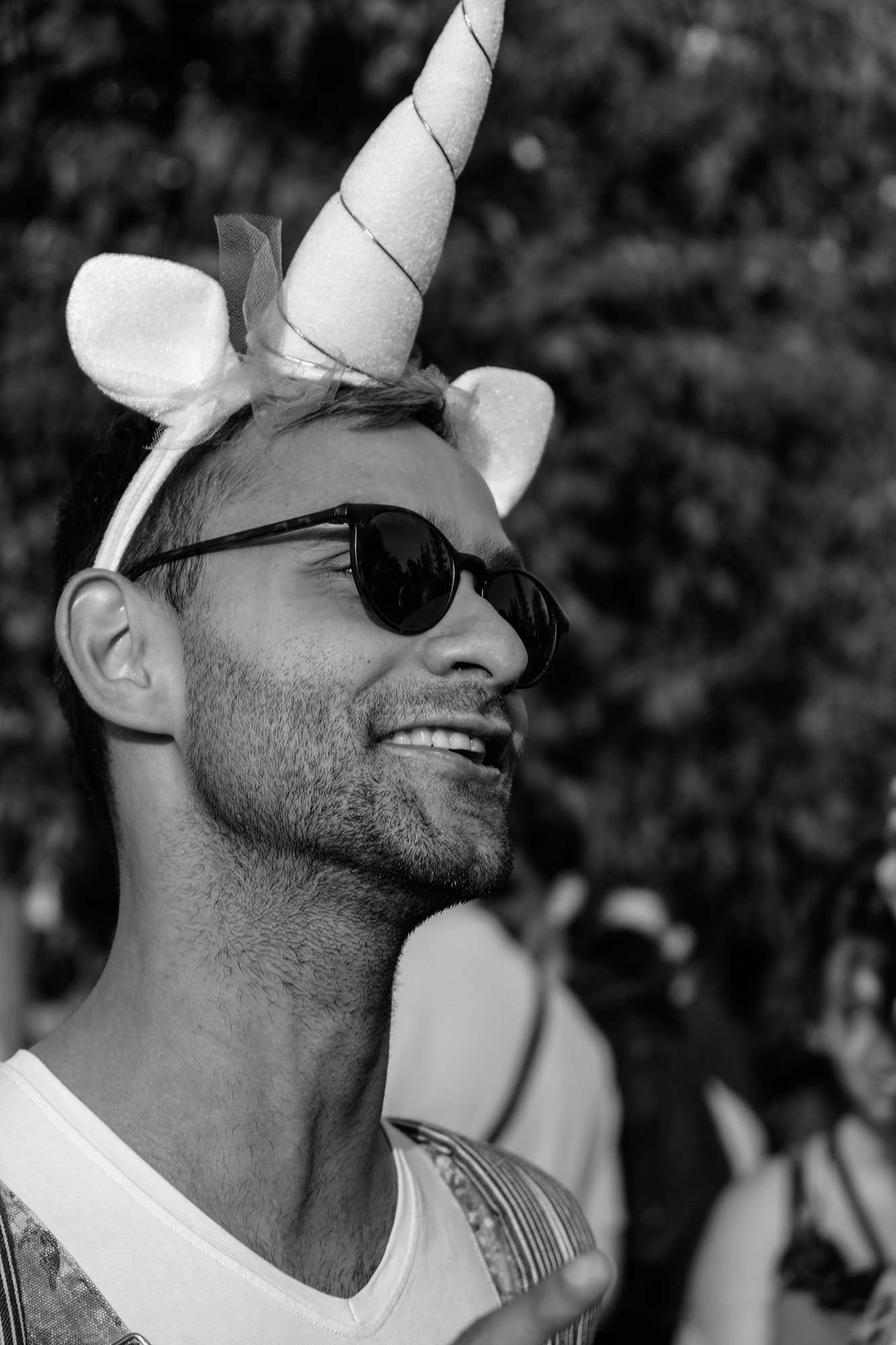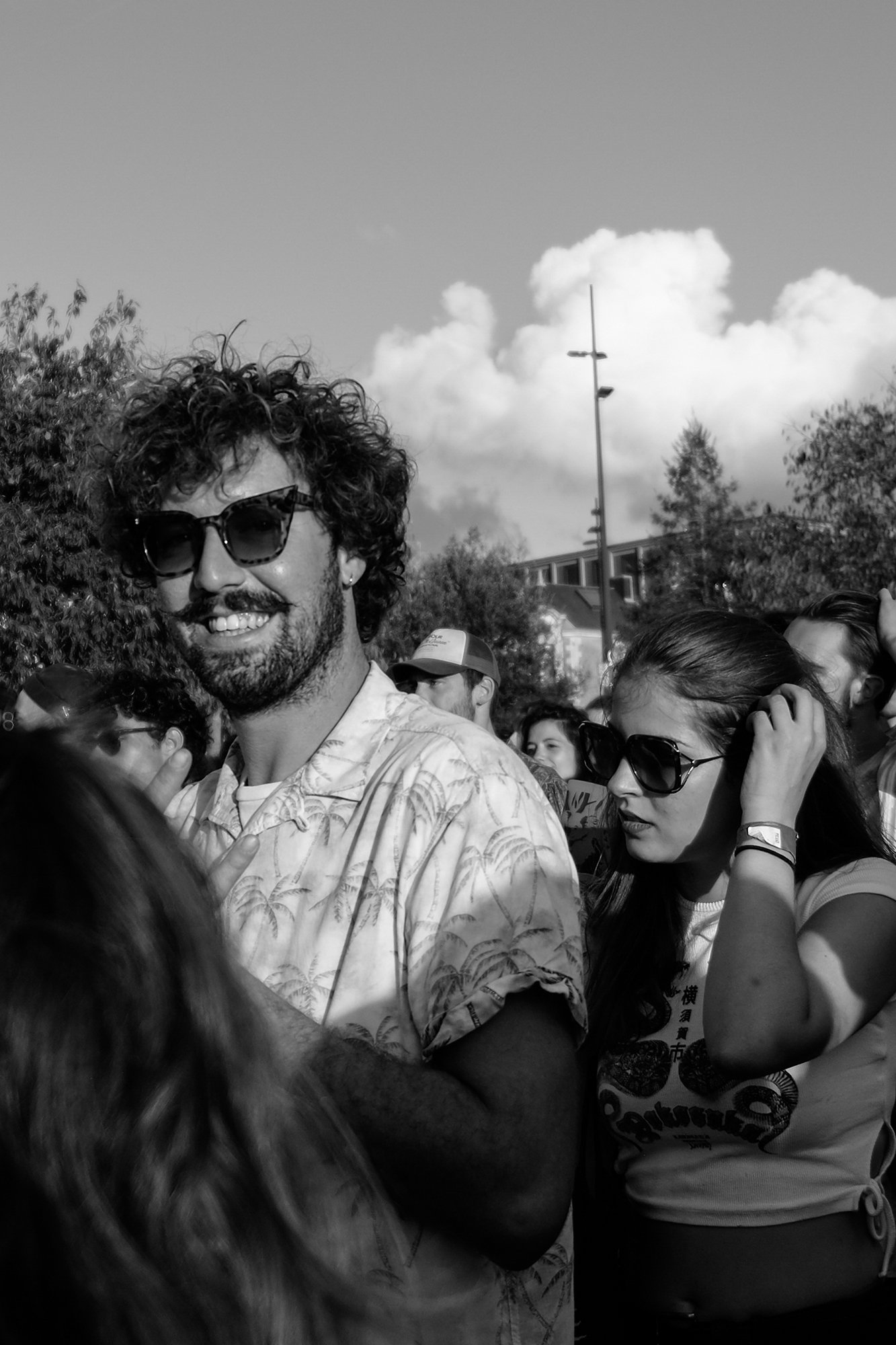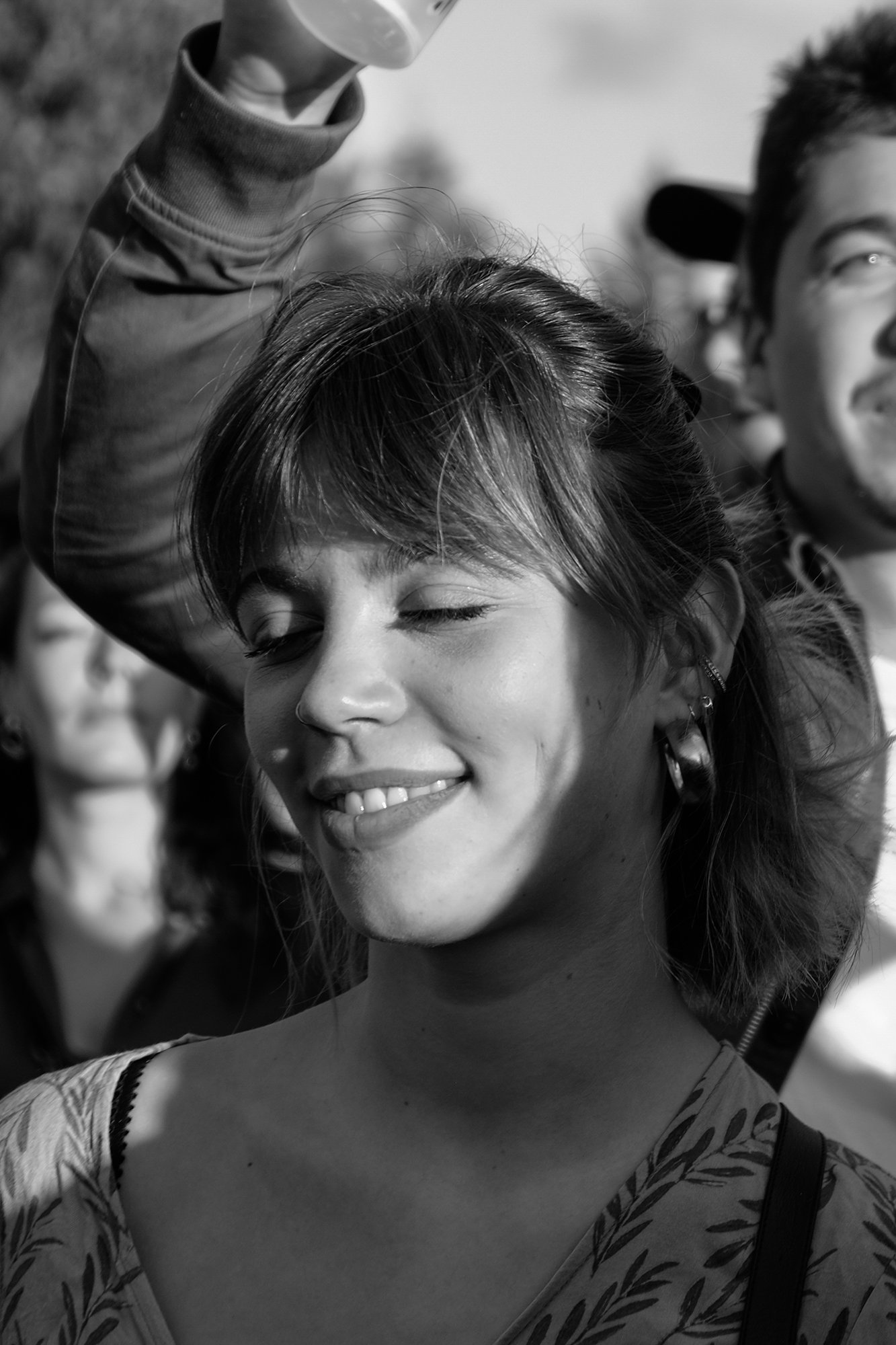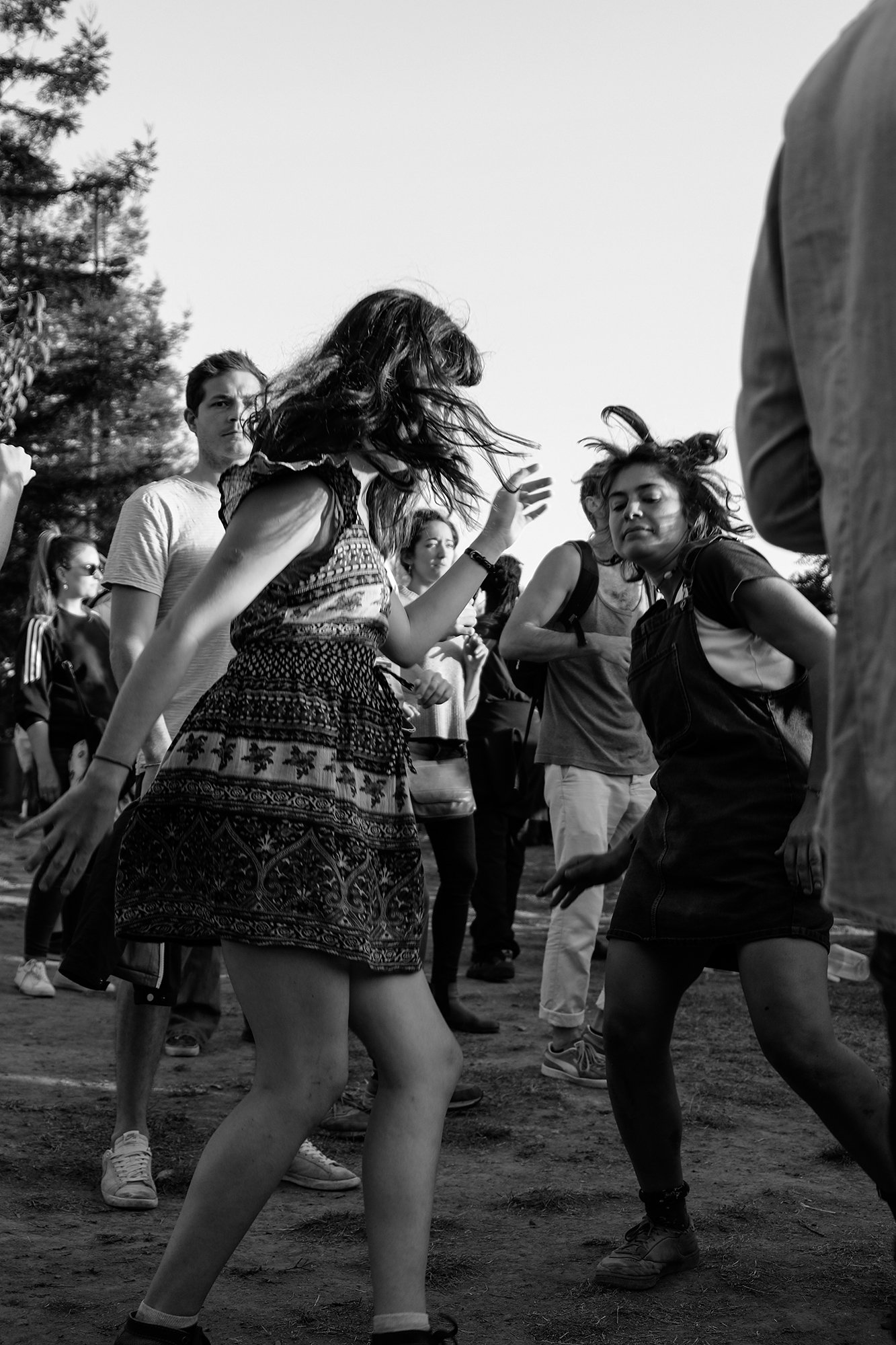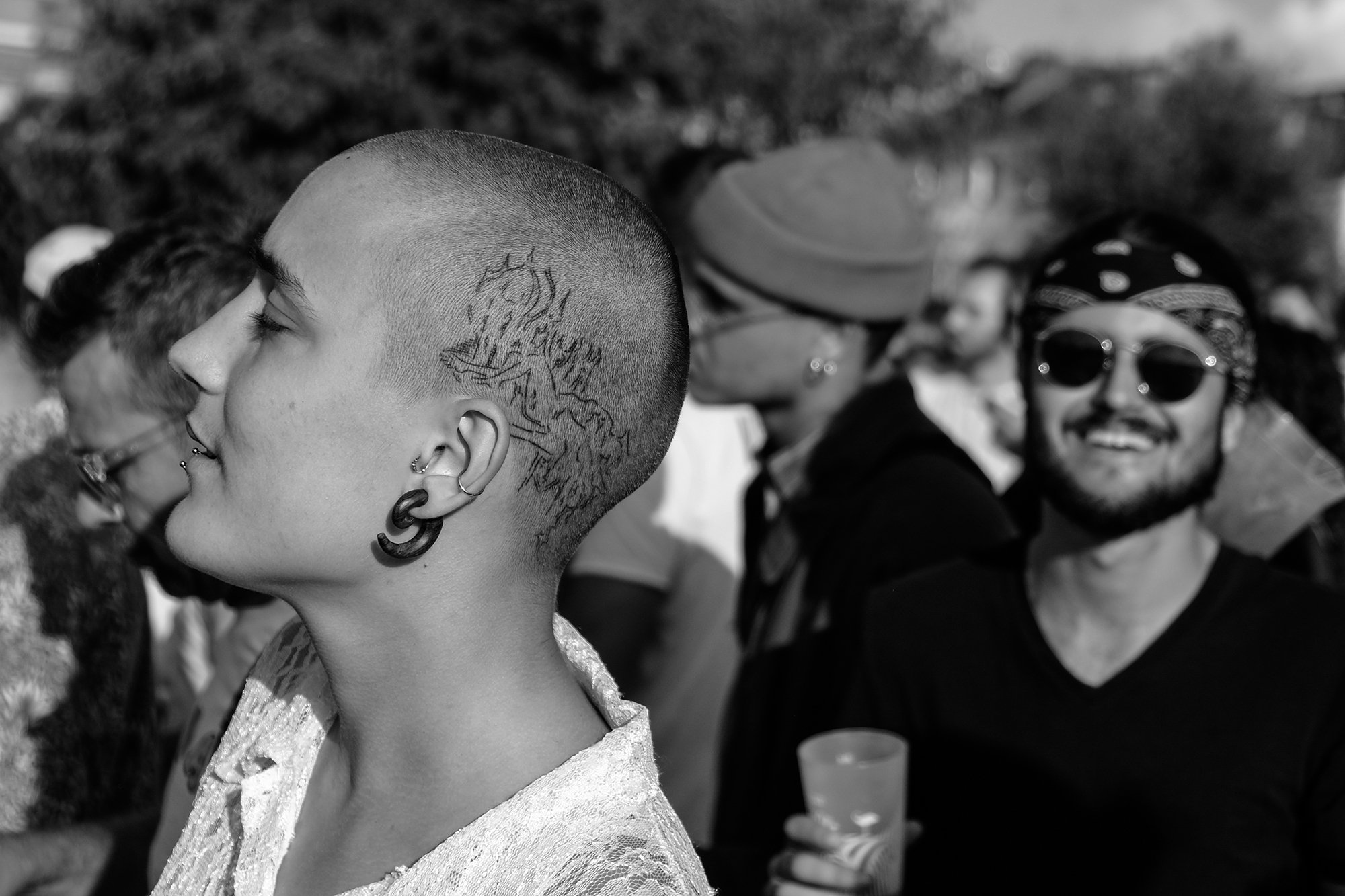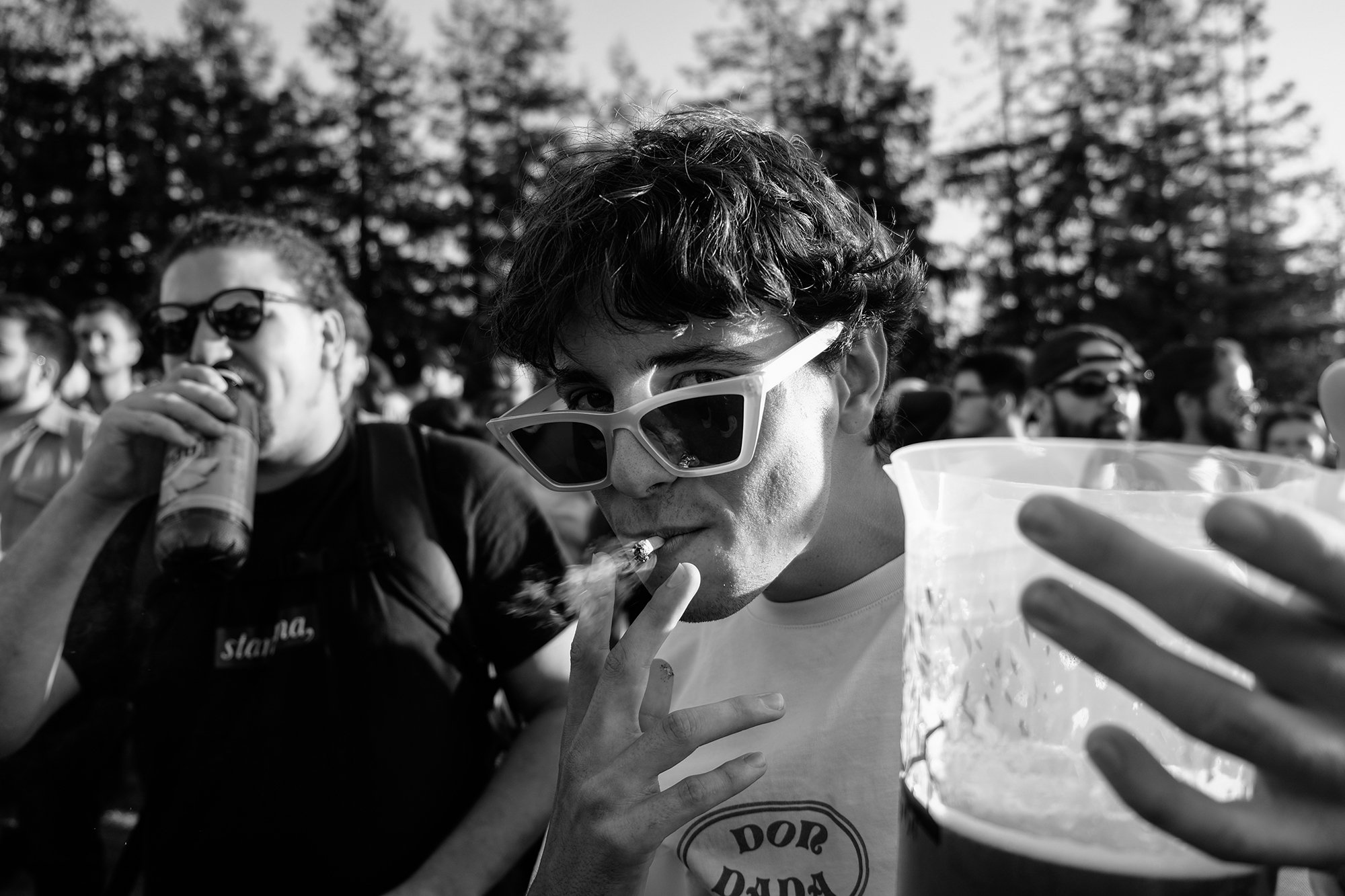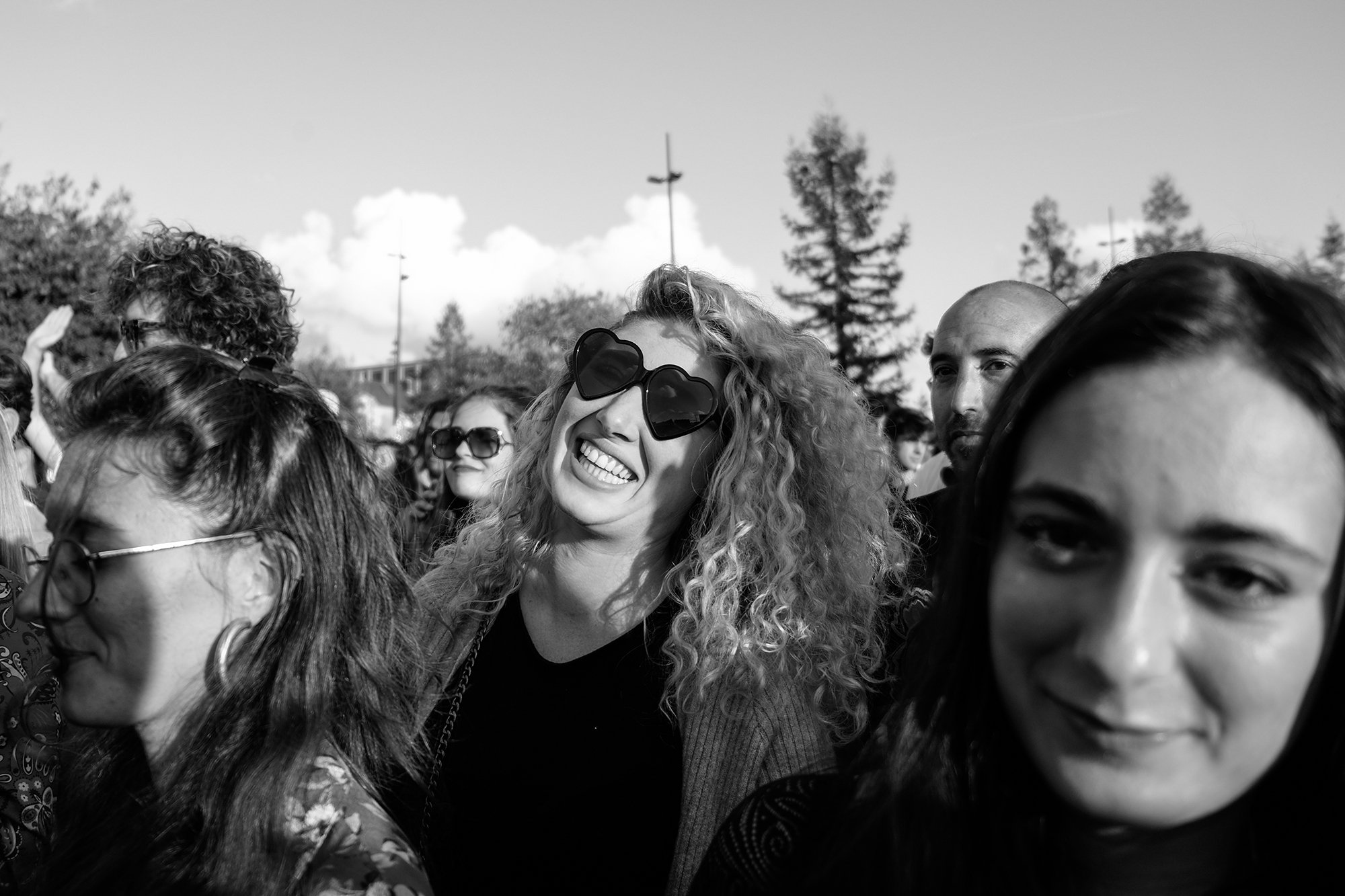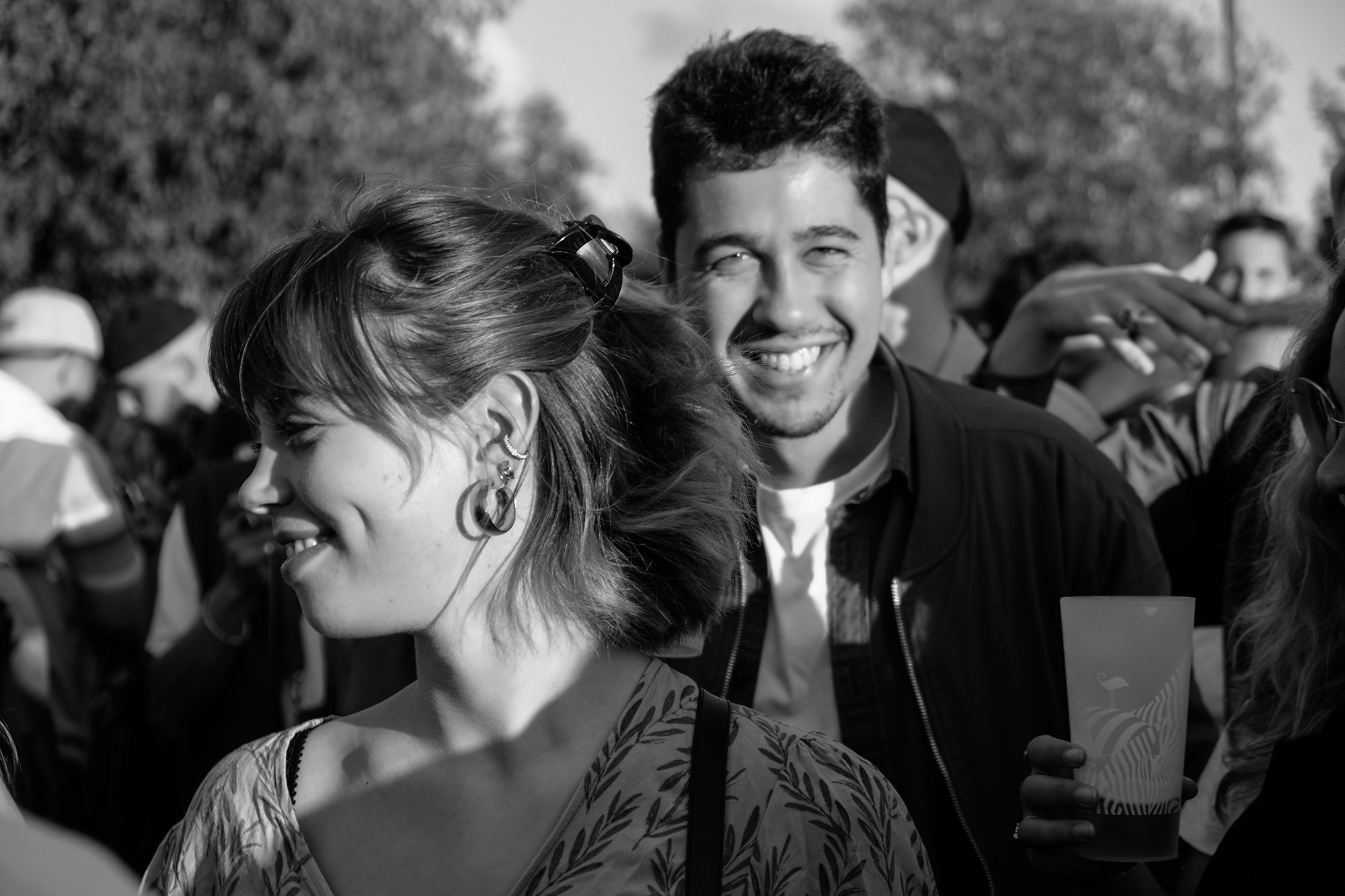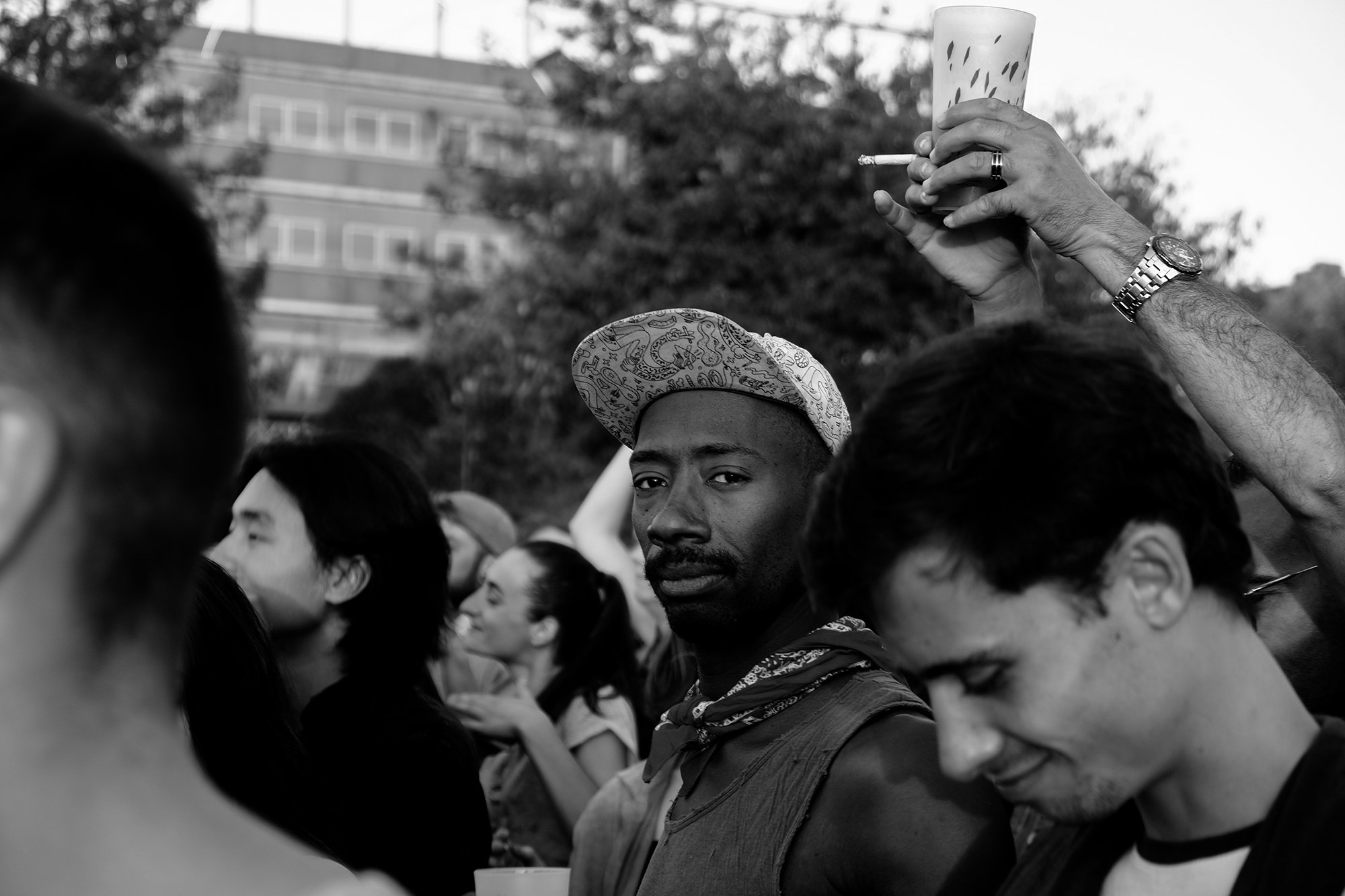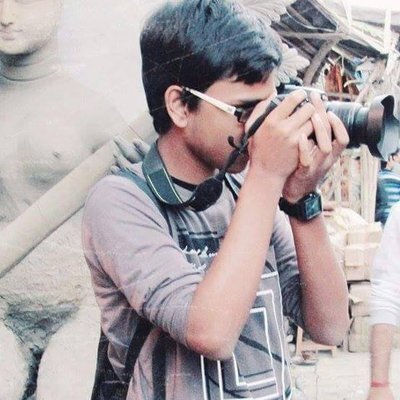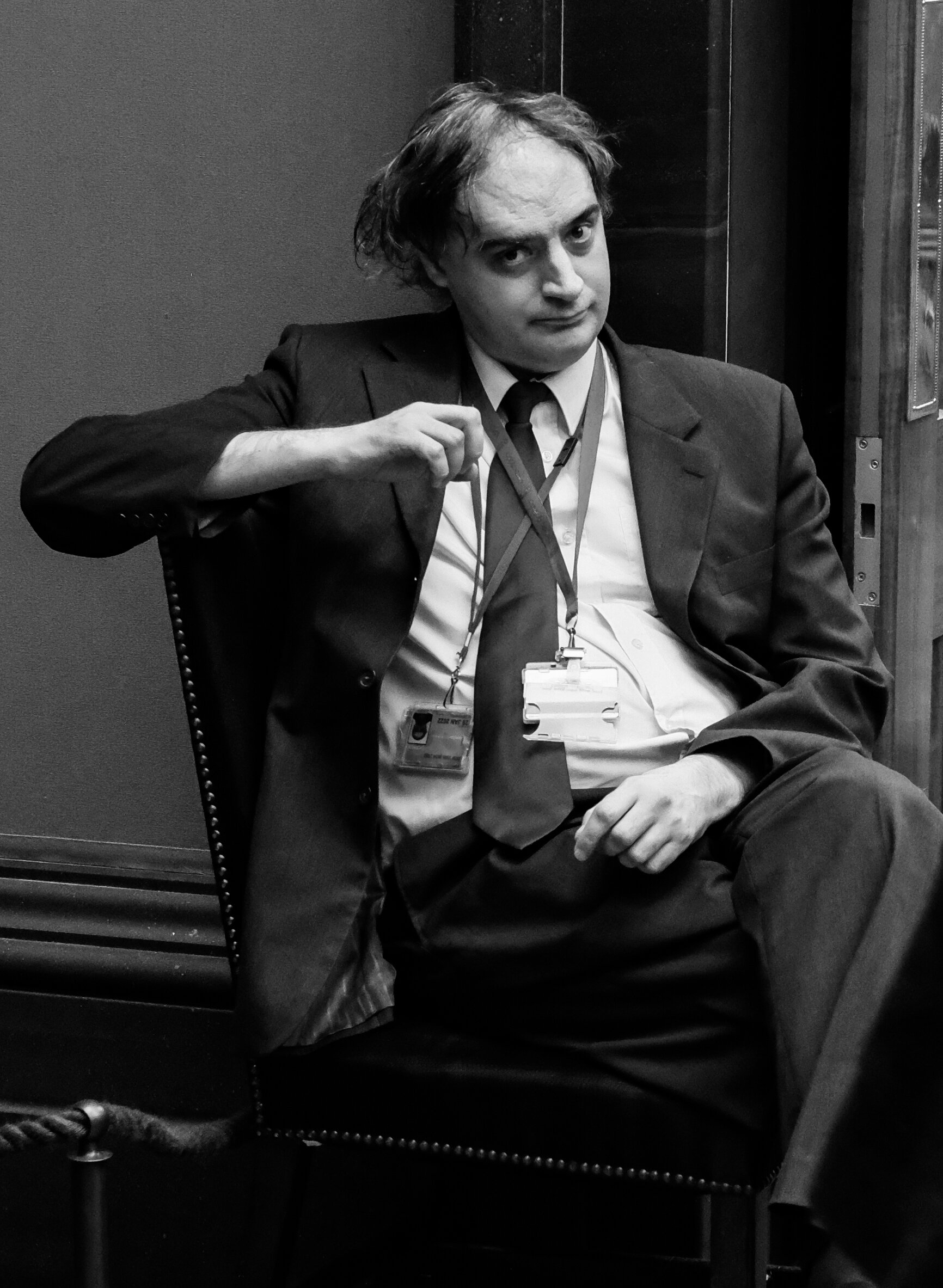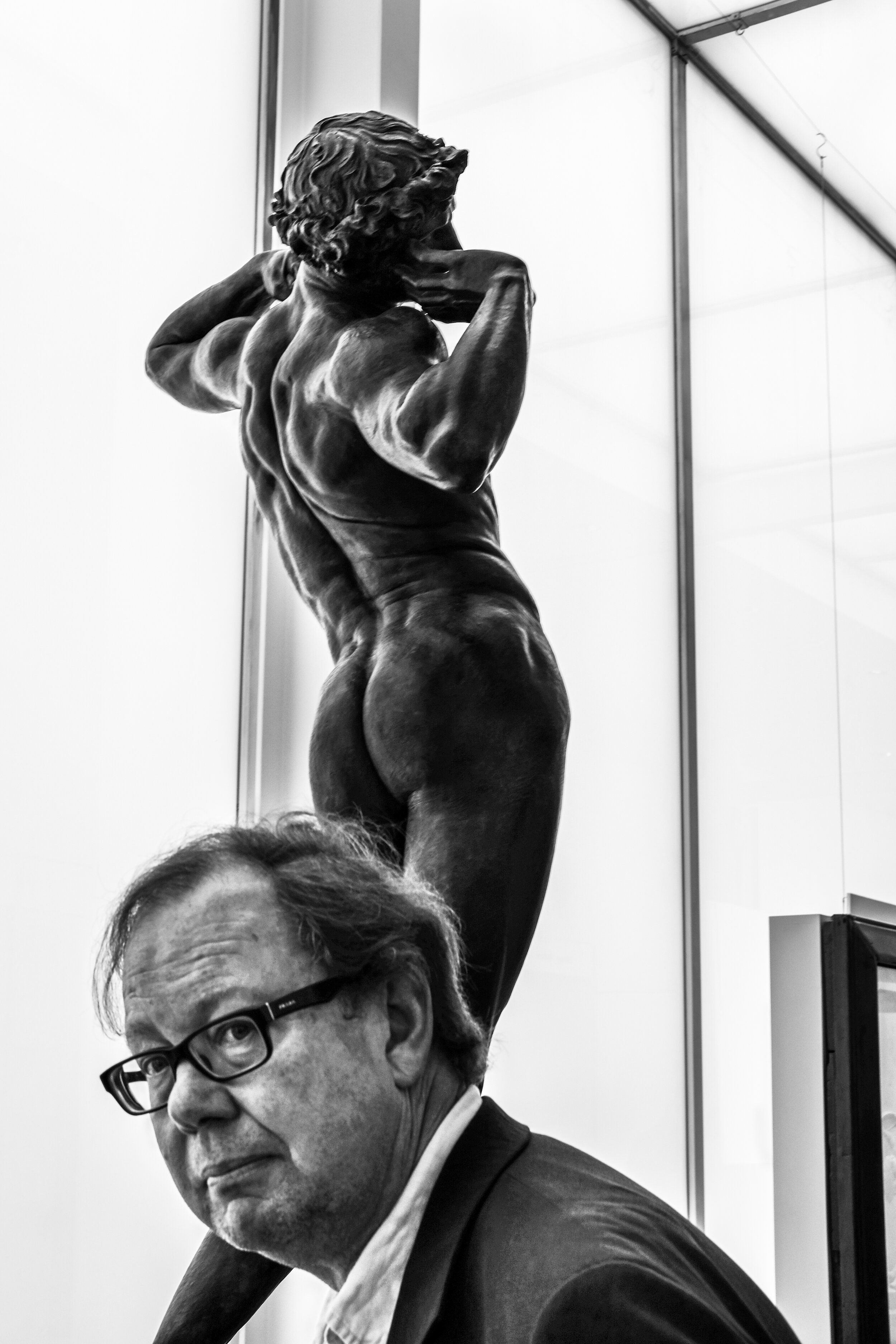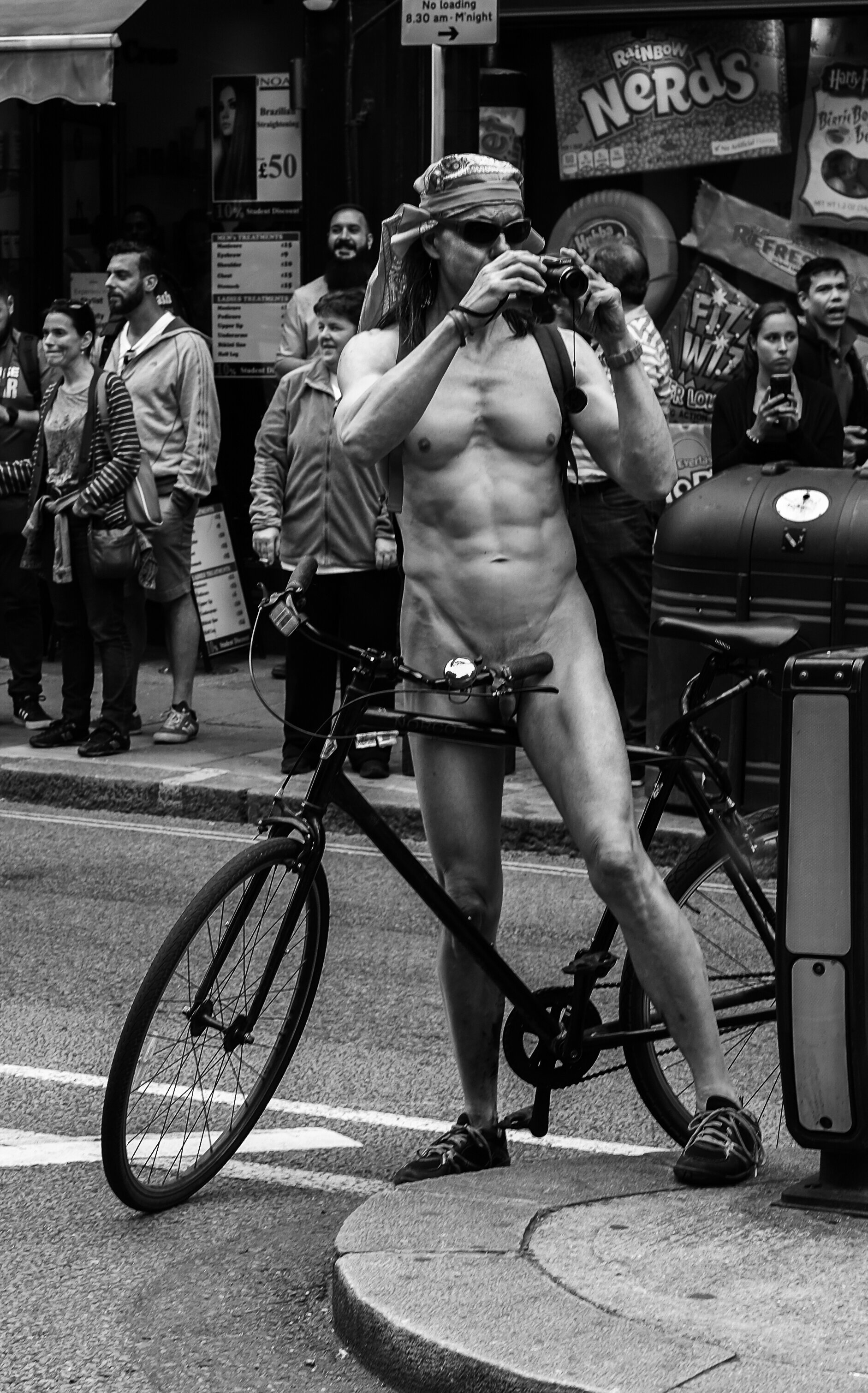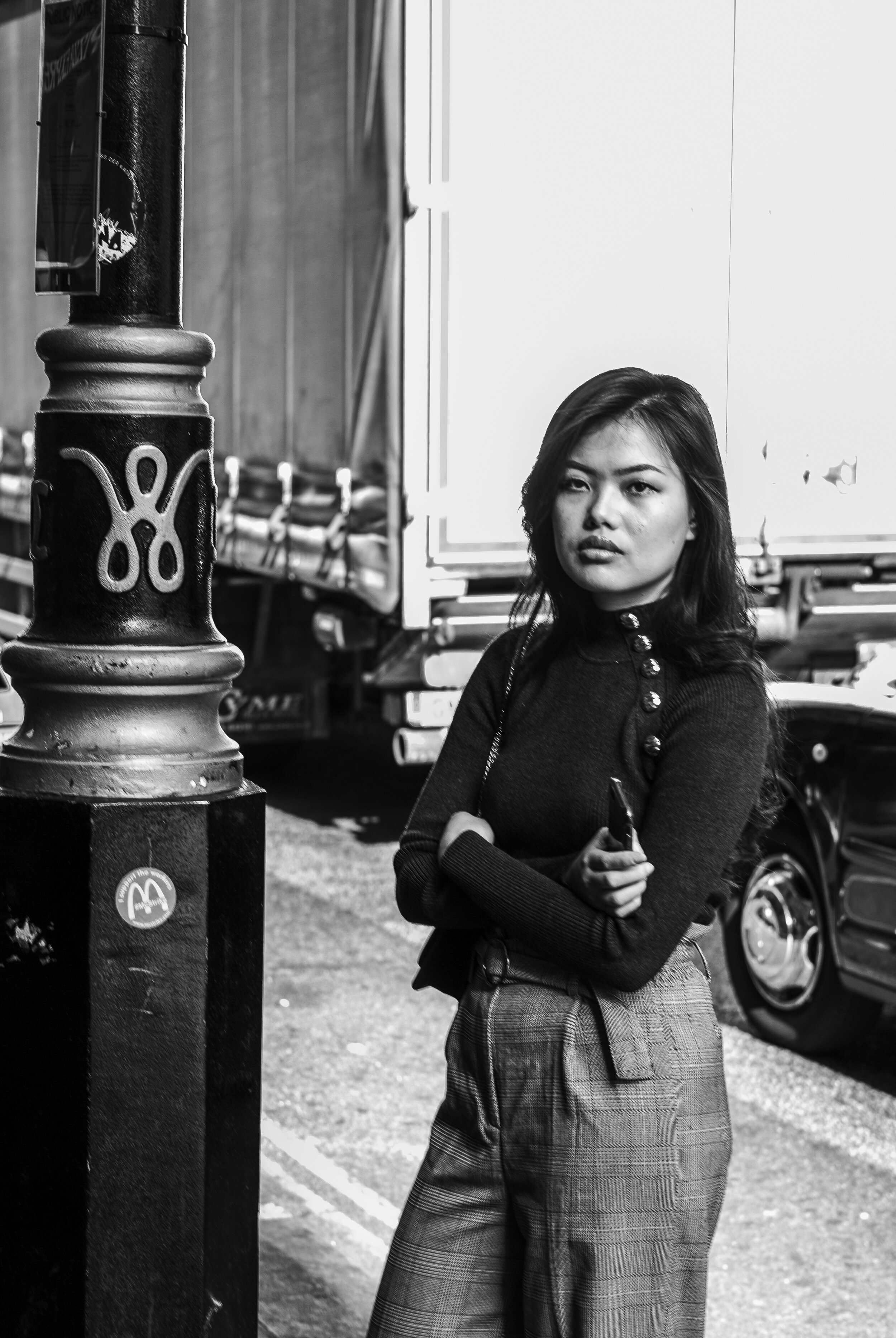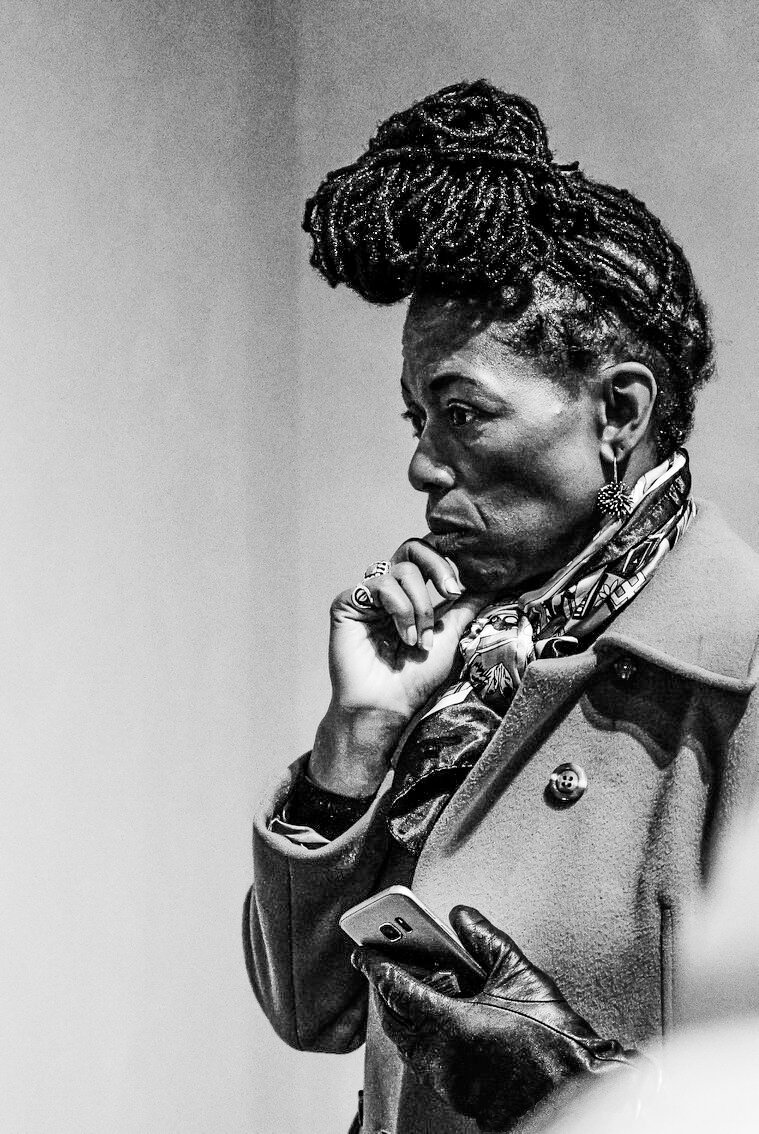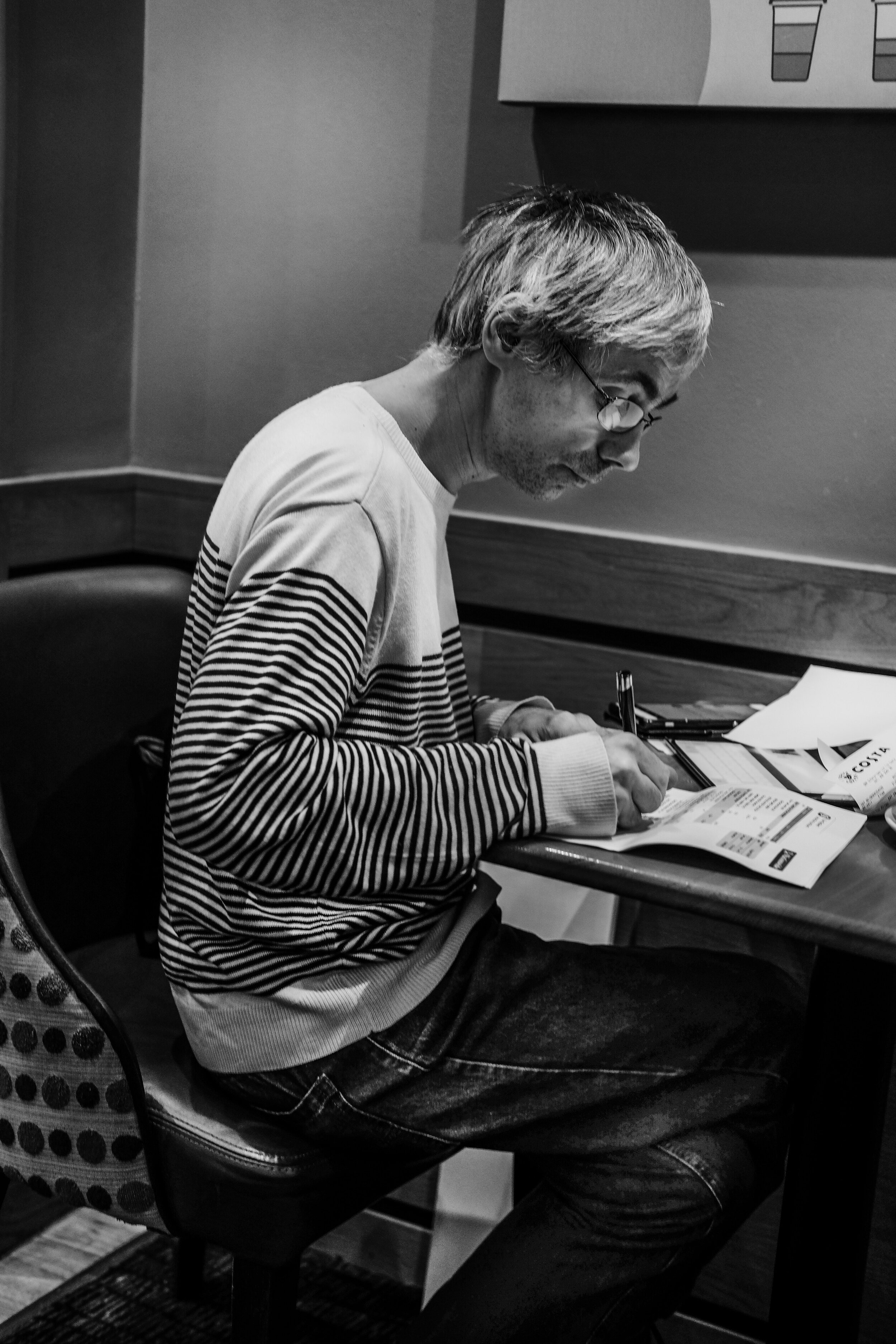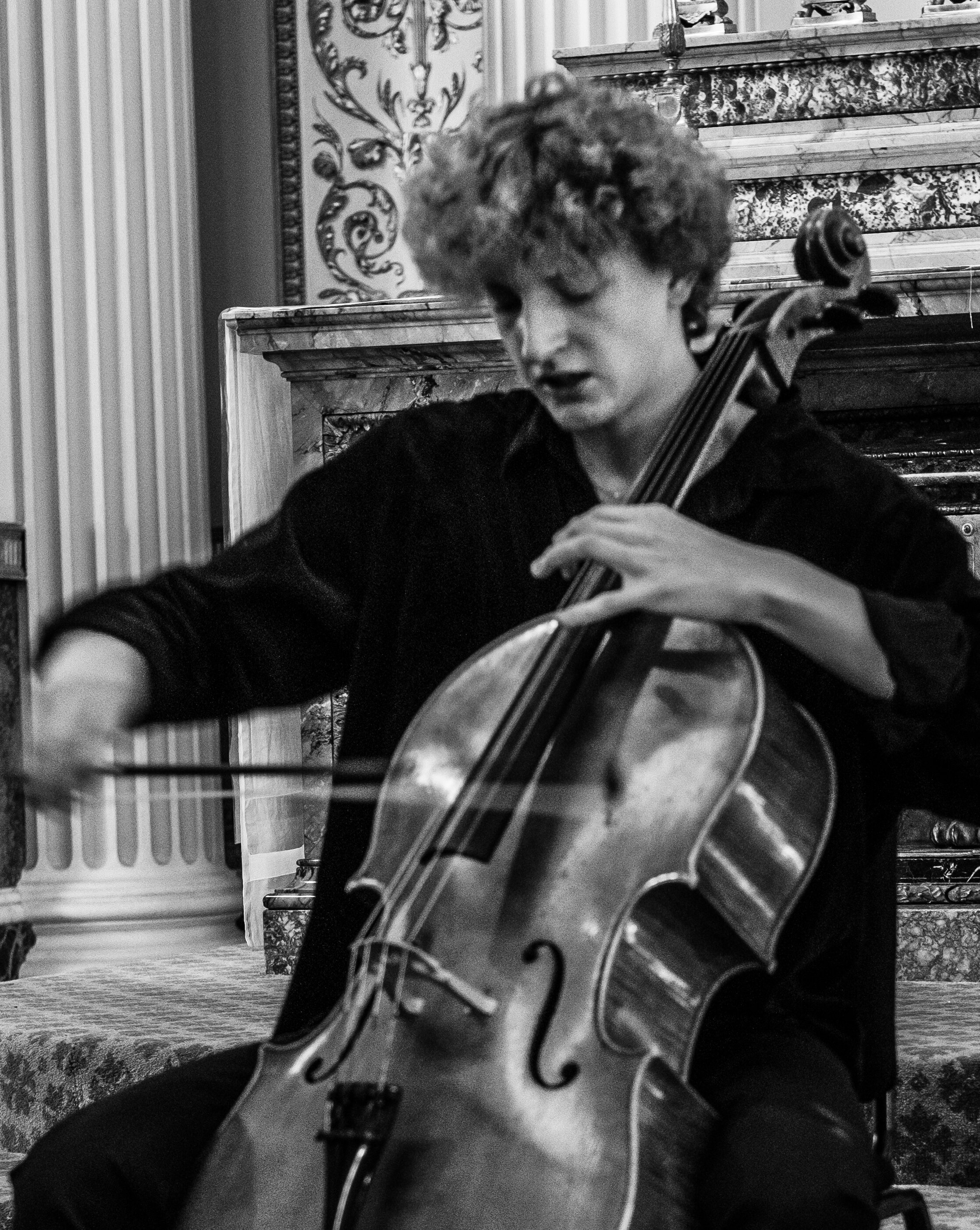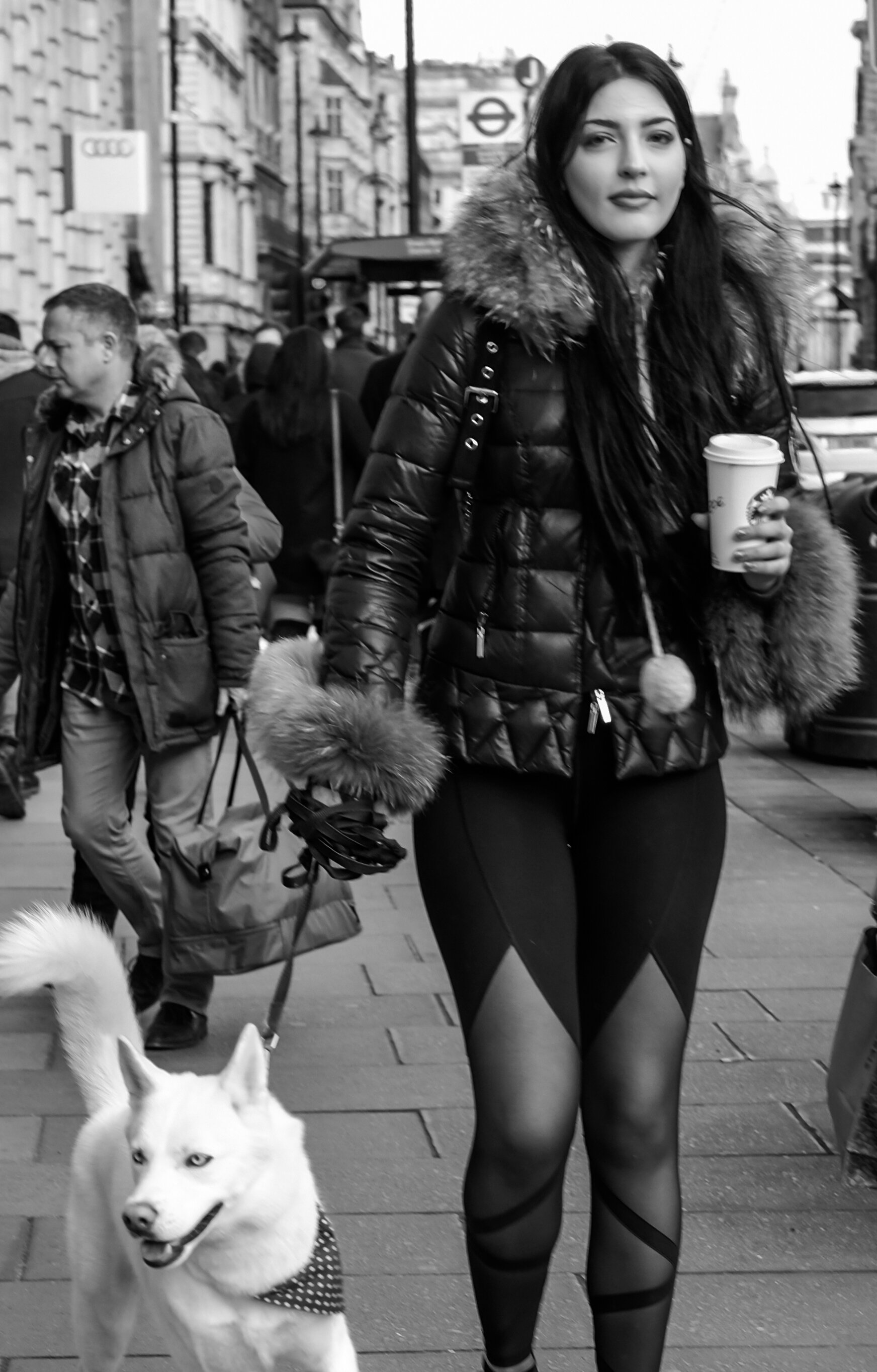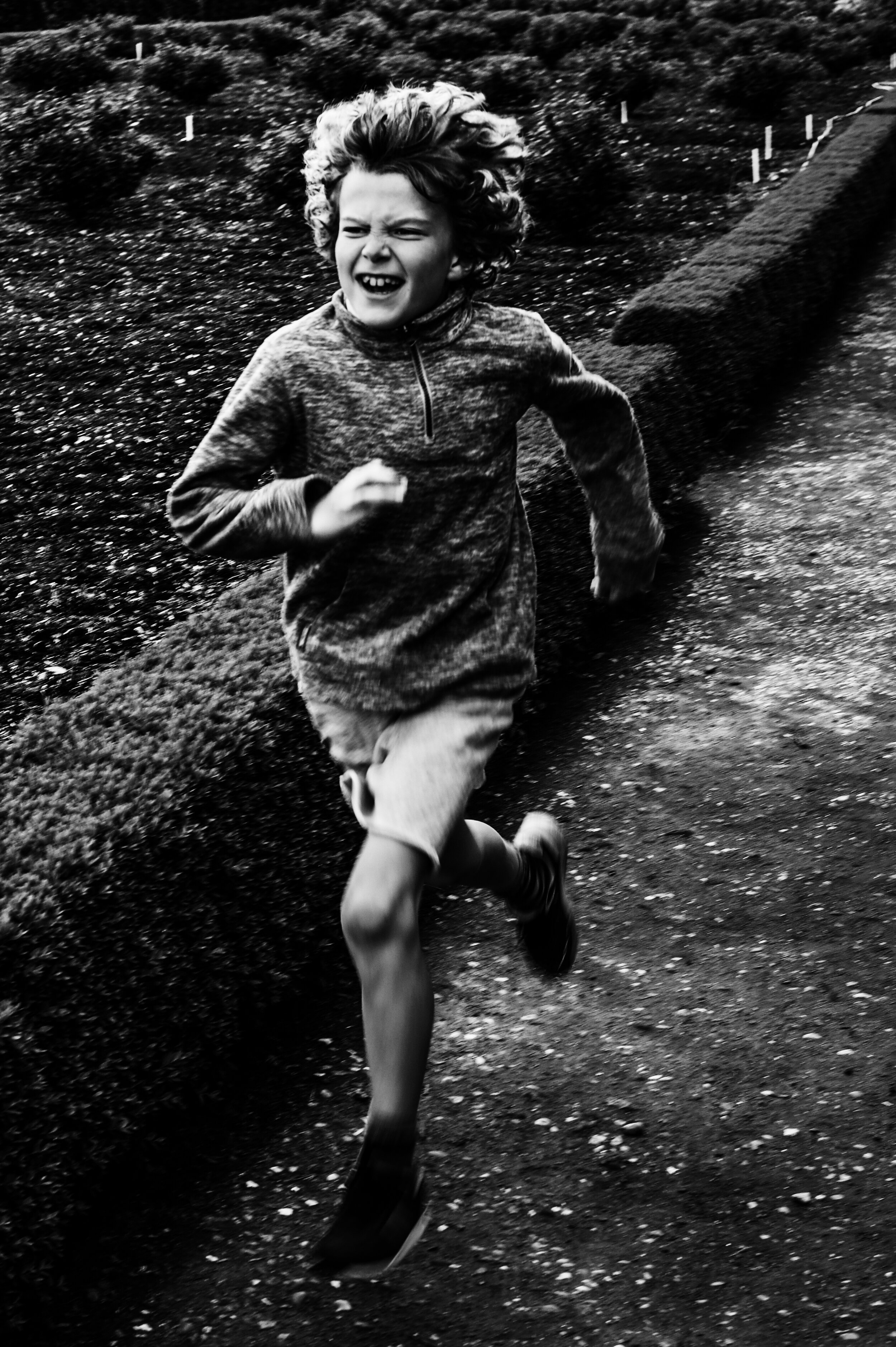by Thomas Hackenberg
Searching For My Very Own Rue Mouffetard
by Thomas Hackenberg
“What a strange title?!”, you might be asking yourself… Here’s the story to it:
I got my first serious camera as a present from my parents for my 18th birthday and bought myself a photo compendium entitled “THE JOY OF PHOTOGRAPHY”, which was published by Kodak, if my memory serves me correctly. I poured over the pages and there it was – I can still feel my amazement when I first discovered this photograph; it's as if it were yesterday:
The magical B/W masterpiece by Henri Cartier-Bresson, a photograph that many of you are sure to be familiar with. The black-and-white picture of a small boy, carrying home two huge bottles of wine with an indescribable expression of pride and joy on his face, entitled Rue Mouffetard, Paris, 1954. When I saw this picture, I was thunderstruck: How on earth could a photographer be there, see and catch such an intimate, candid moment? What he called The Decisive Moment. With the equipment available at that time!
This picture of the little boy virtually burned itself into my brain from that day on. I have never forgotten it since; it has provided me with a kind of internally memorized guardrail and a compass to give direction to my own photographic passion.
I have entitled my series “Searching For My Very Own Rue Mouffetard”, because that is the most fitting title I could possibly think of. It describes my quest to make good street pictures which resonate with and speak to the viewer. Henri Cartier-Bresson’s masterpiece is always in my head. This was THE picture for me, my personal game changer! Take pictures of people in the street – this was going to be what I wanted to do!
“Searching For My Very Own Rue Mouffetard” is an open, continuing series of single street pictures which have one thing in common: they show my photographic search for the elusive ideal which is so hard to define and to find – examples of my quest to catch ambient peculiarities and quirkiness in everyday life.



























"For me, a good street photo must be made candidly, captivate me at first glance and make me want to take that second look. It must raise more questions than provide answers. I like photos that tell a story in a single image, and I particularly like quirky pictures and visual puns in everyday life. When I am out on the streets, I like chasing for the offbeat, on a quest to find some extravaganza in the ordinary, some fun element, some beautifully layered scene, some fleeting moment. Any interesting scene that hits my eye, observed images from the great theatre of street life that might only exist for a split second and then it’s gone forever. Triggered by a colour, a human gesture, an interplay of foreground and background. I love these special moments, so rare and so elusive, when all things fall into place and a good picture emerges. It’s the pleasure and anticipation of making a good street picture that drives me. The flow when I am completely in the moment and fully open and susceptible to life on the street. Standing on a corner, letting life flow towards me, observing and pressing the shutter at the right moment. After all, it’s all about curiosity. It’s all about finding out what life has in store for me on any given day – I'm eager to see what’s around the next corner."
Thomas Hackenberg was born in 1963 and lives in the German city of Braunschweig.
His work has been widely published, received finalist awards and prizes at international festivals such as at the Gothenburg, Istanbul, Italian, London, Miami, and Paris Street Photography Festivals, and was exhibited in several group shows.
















